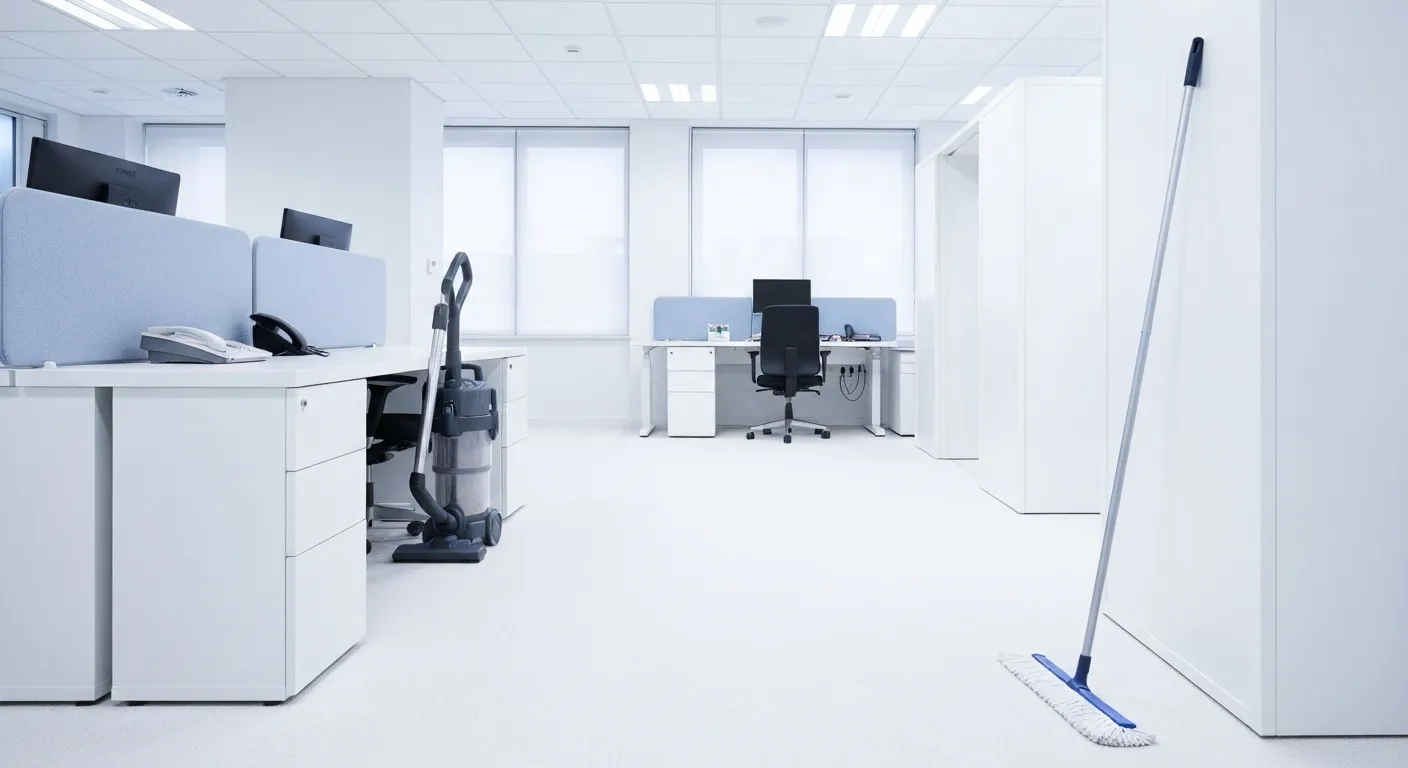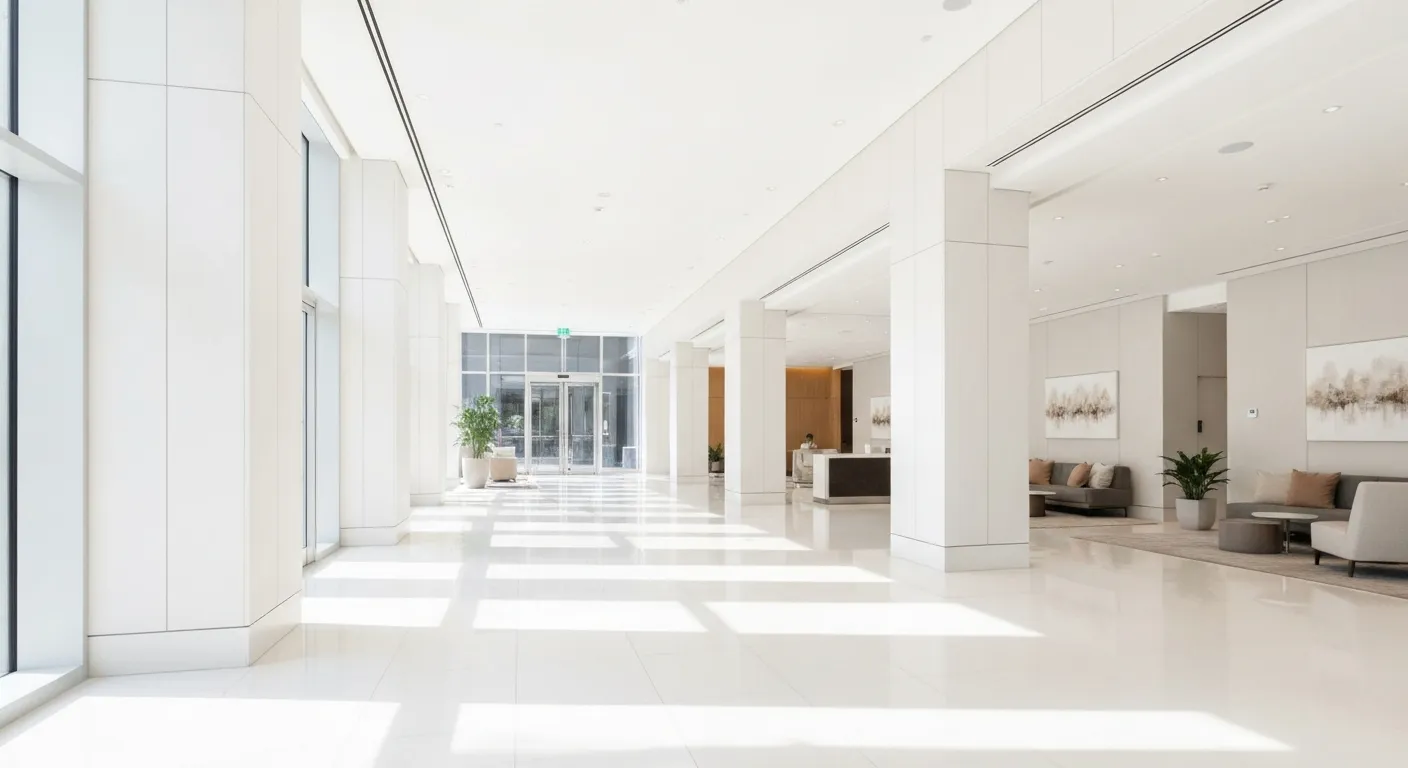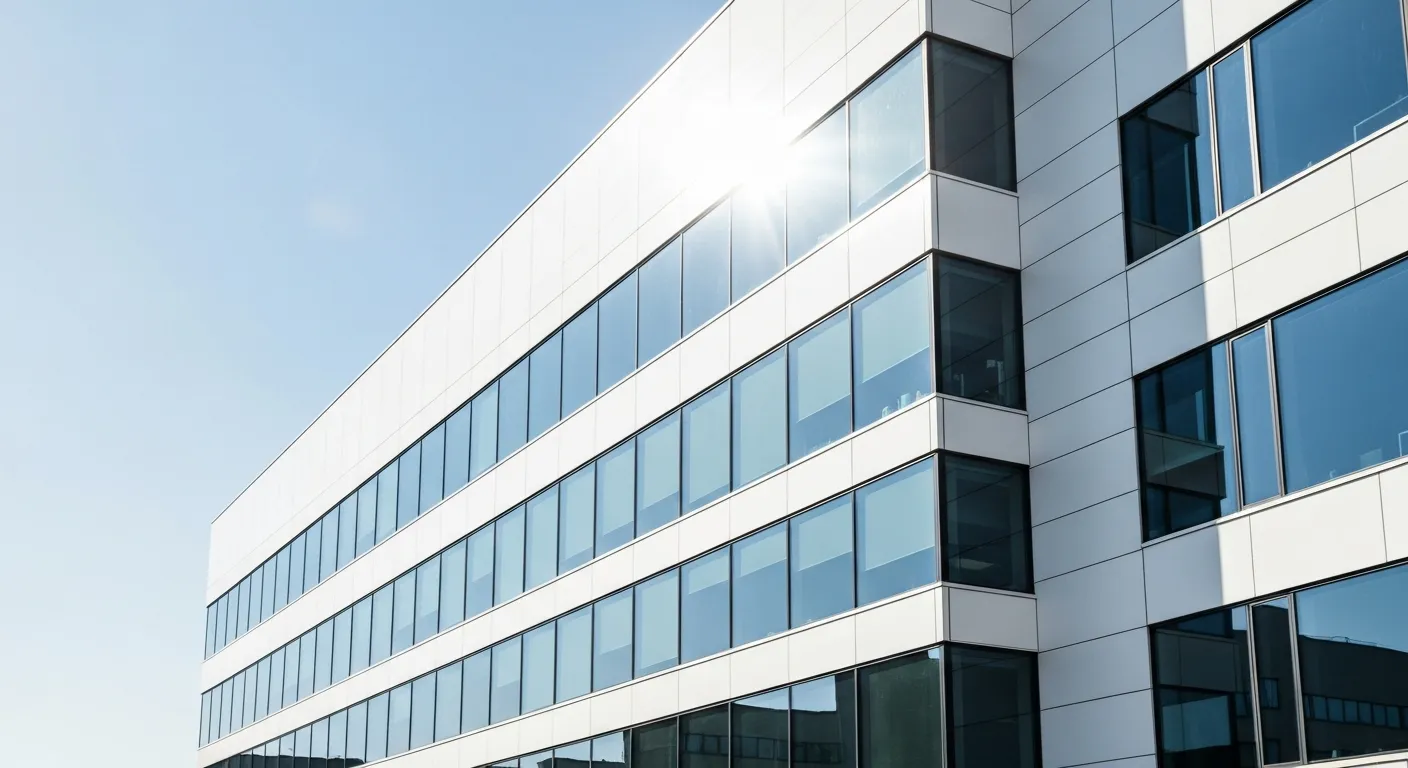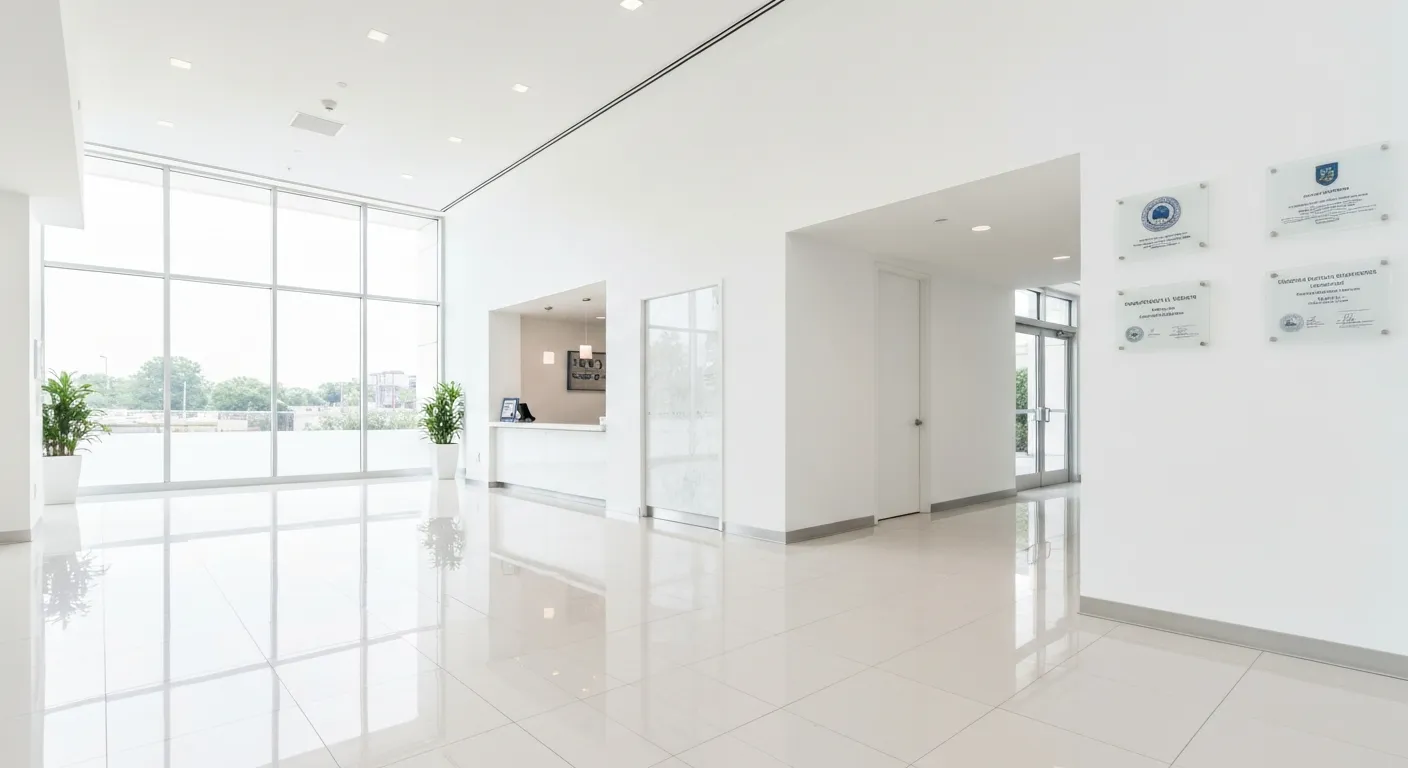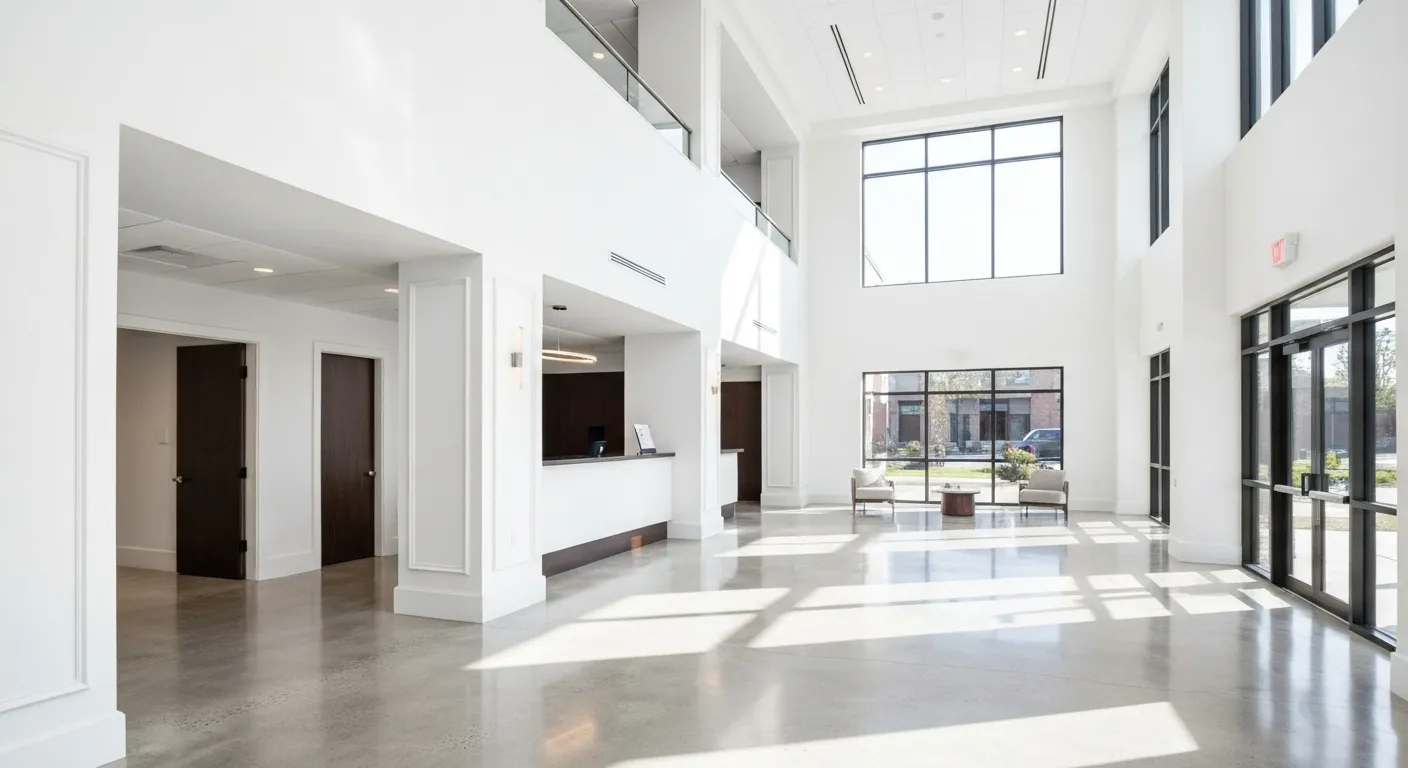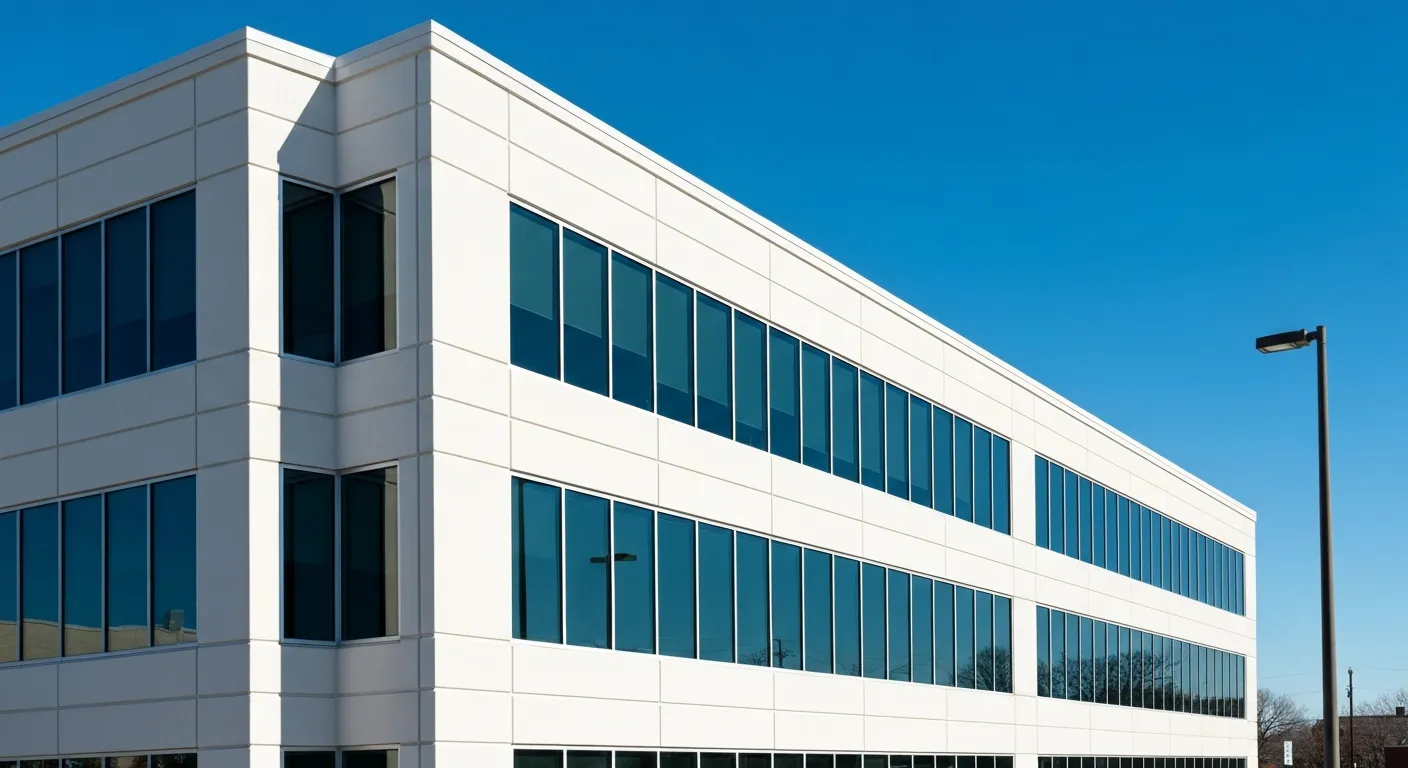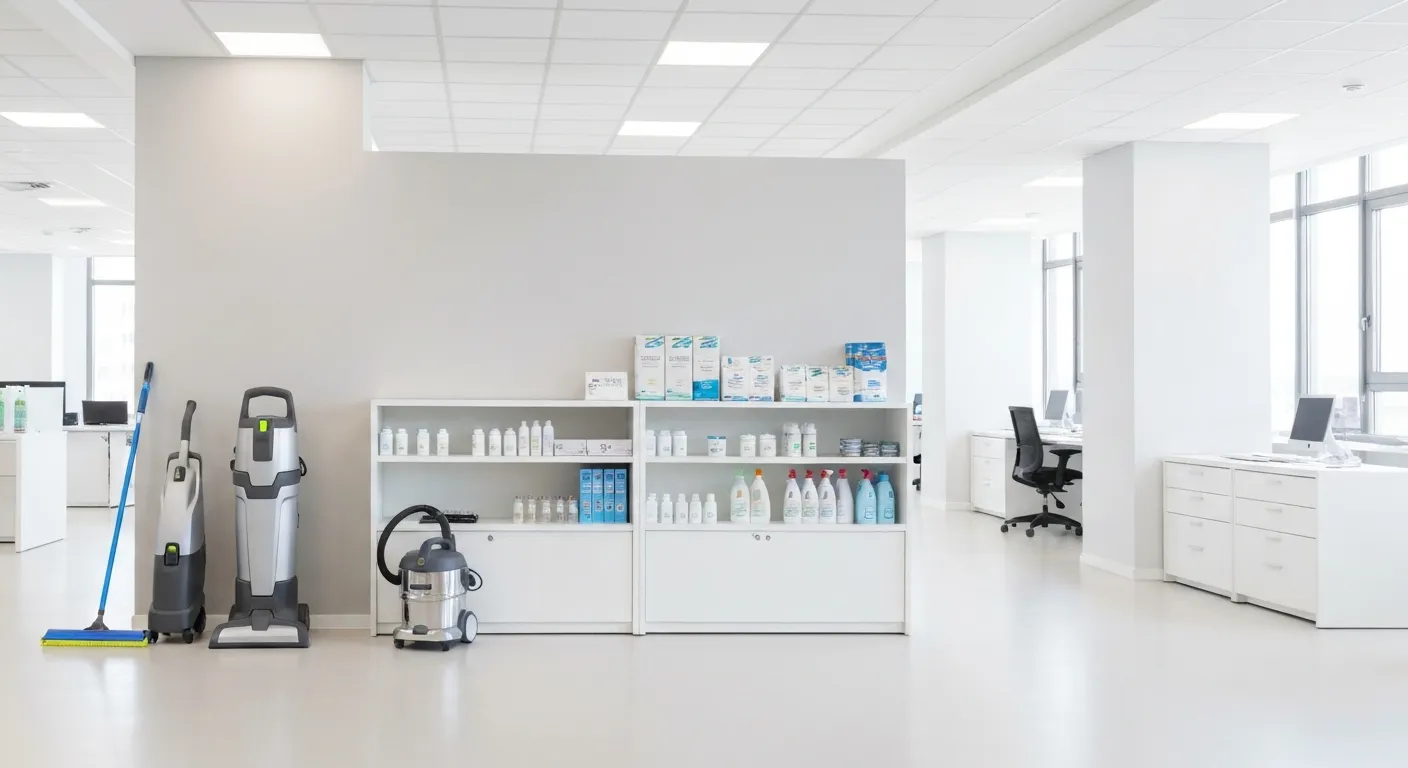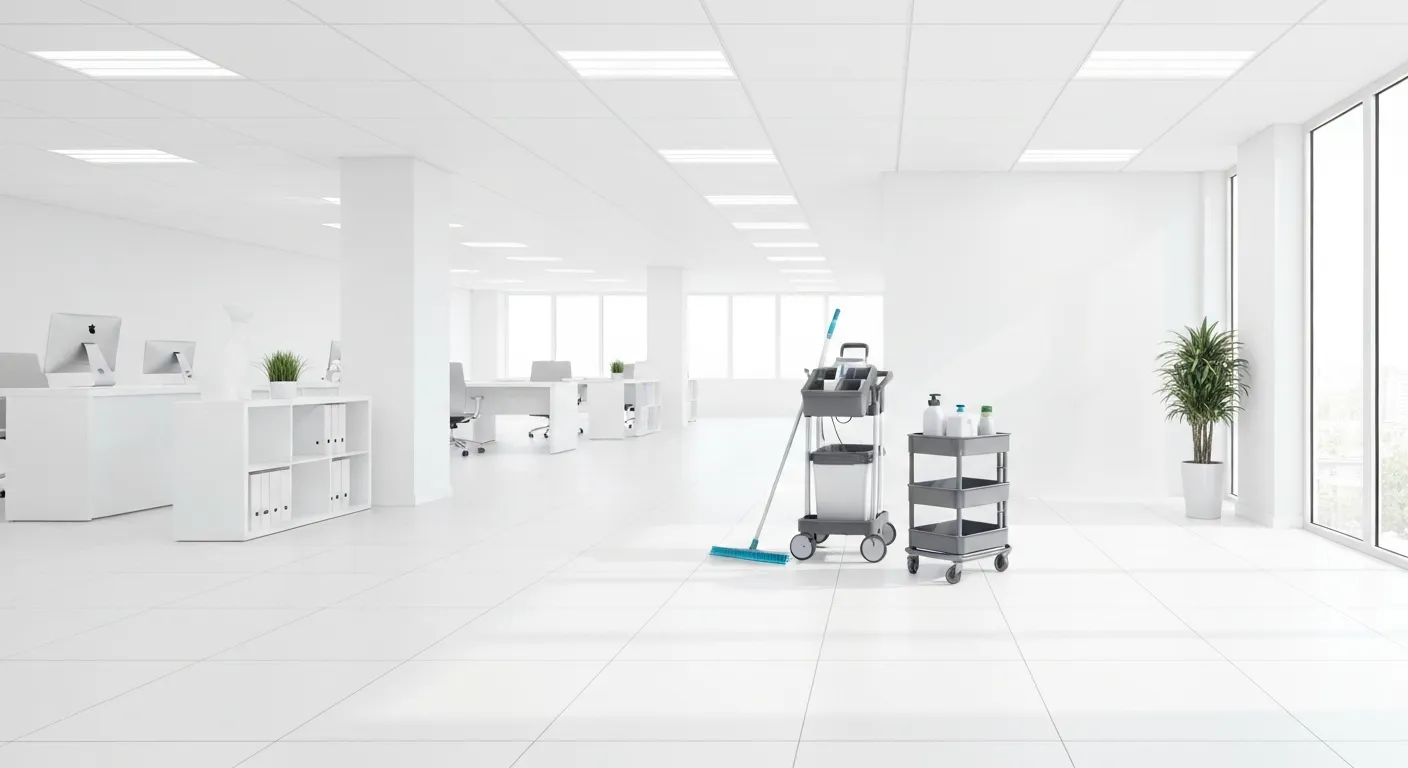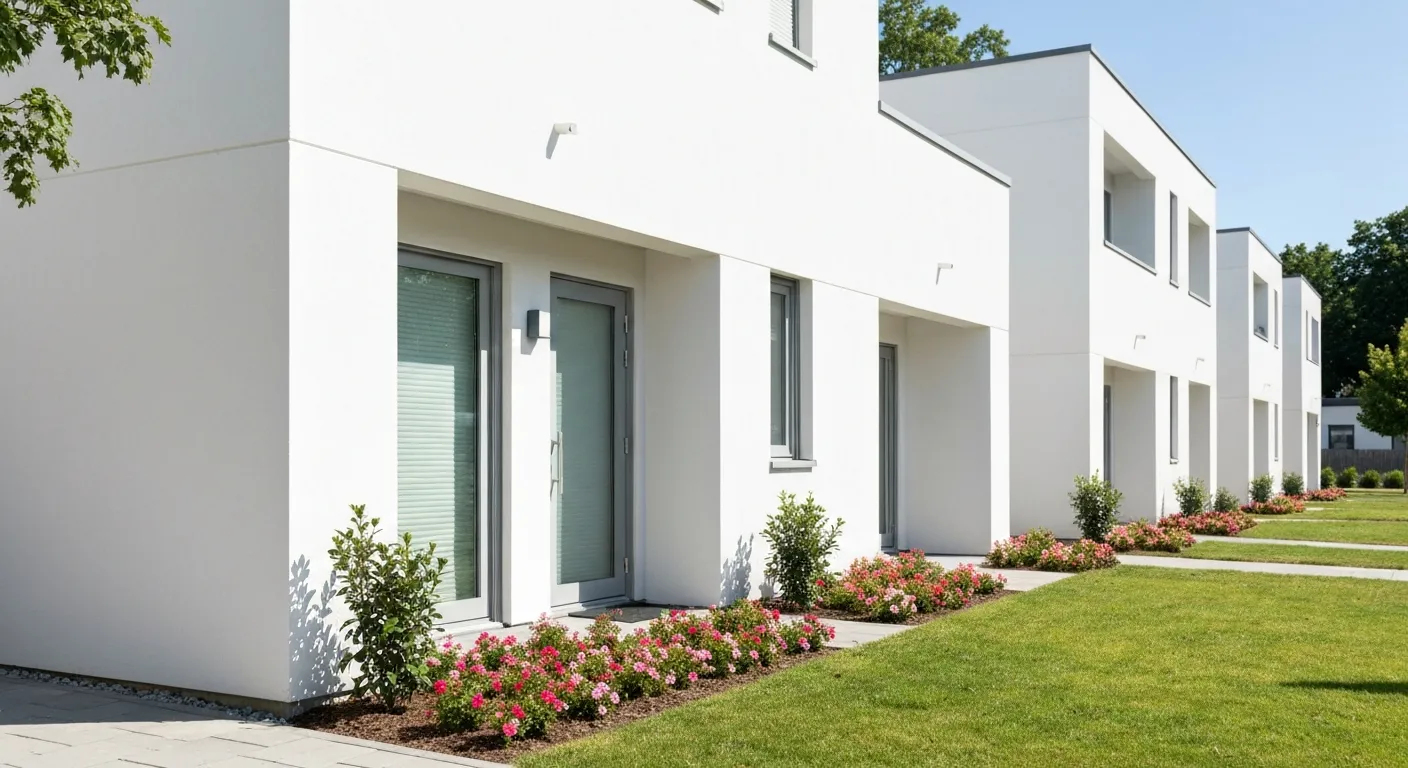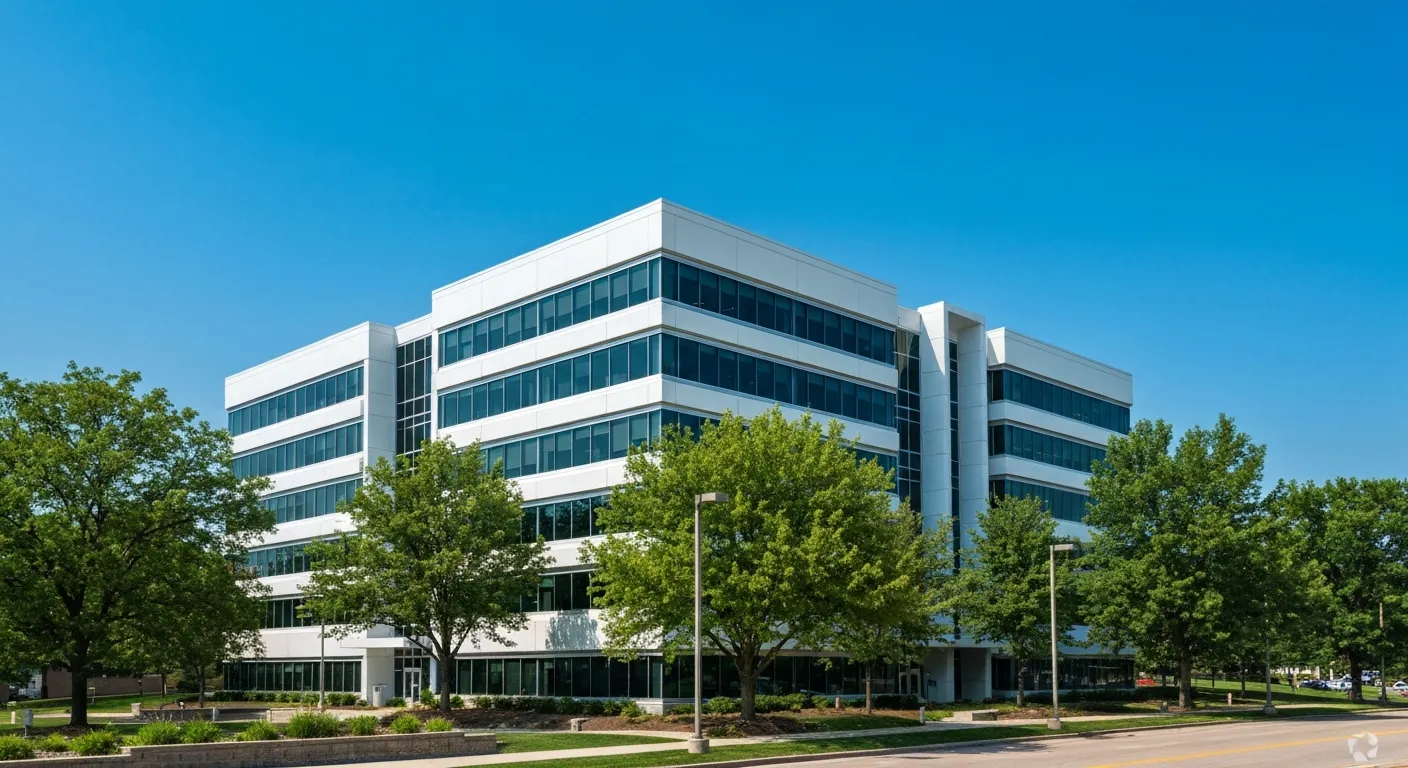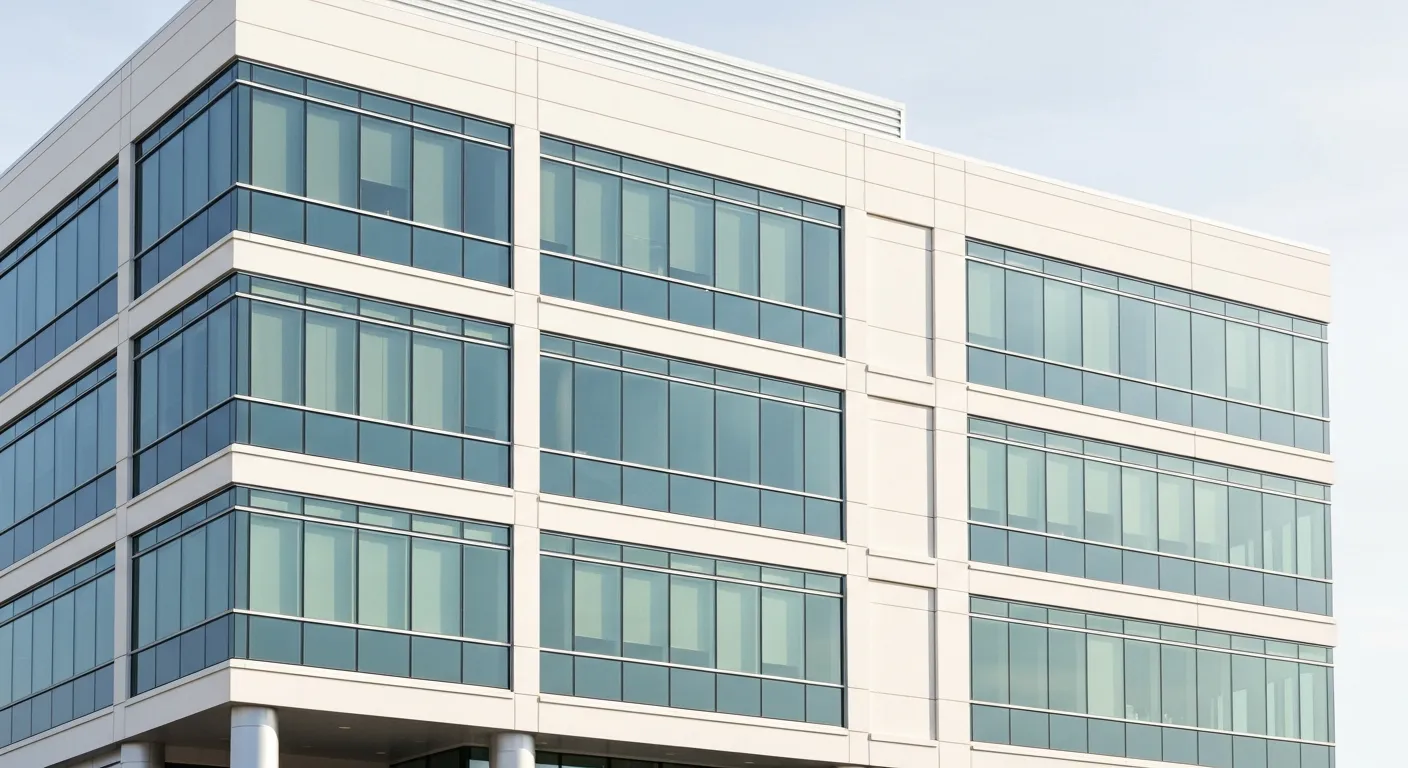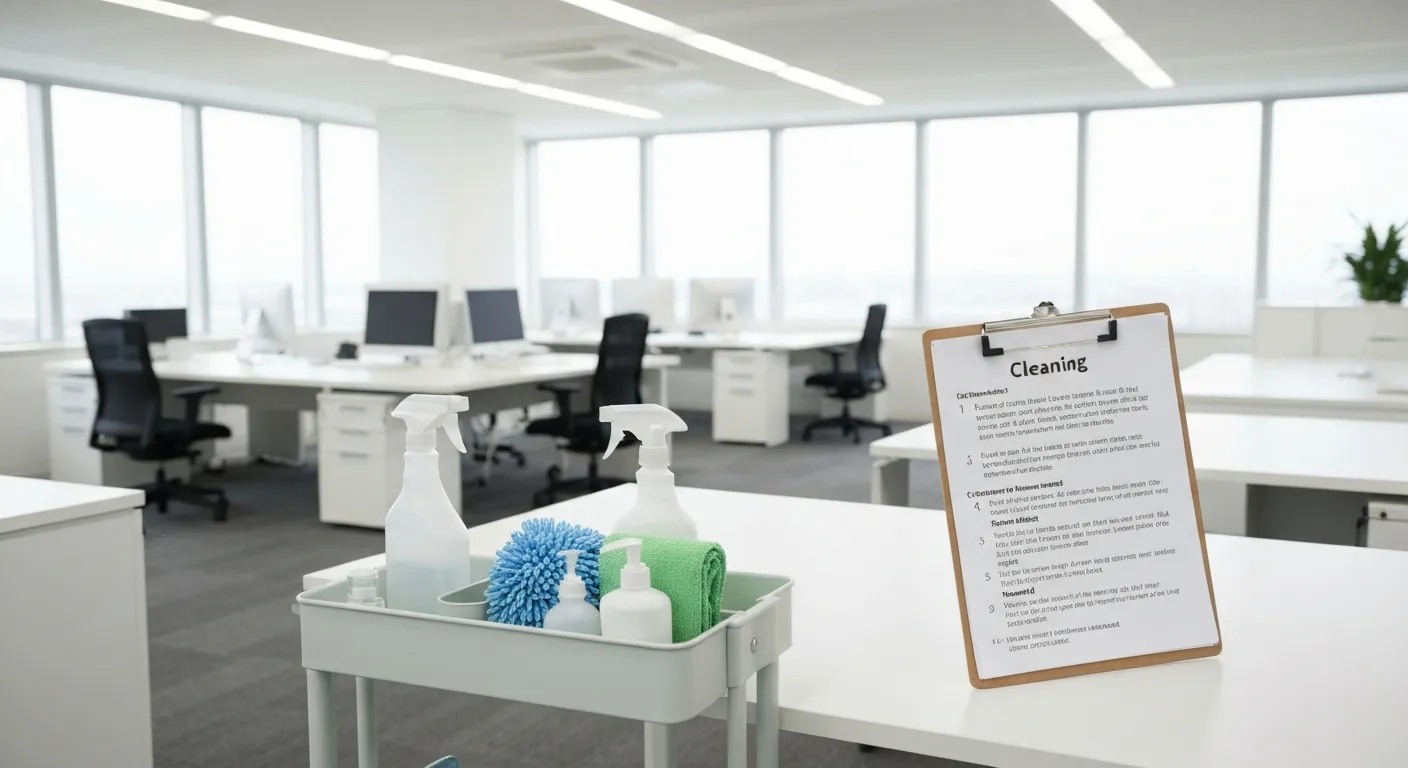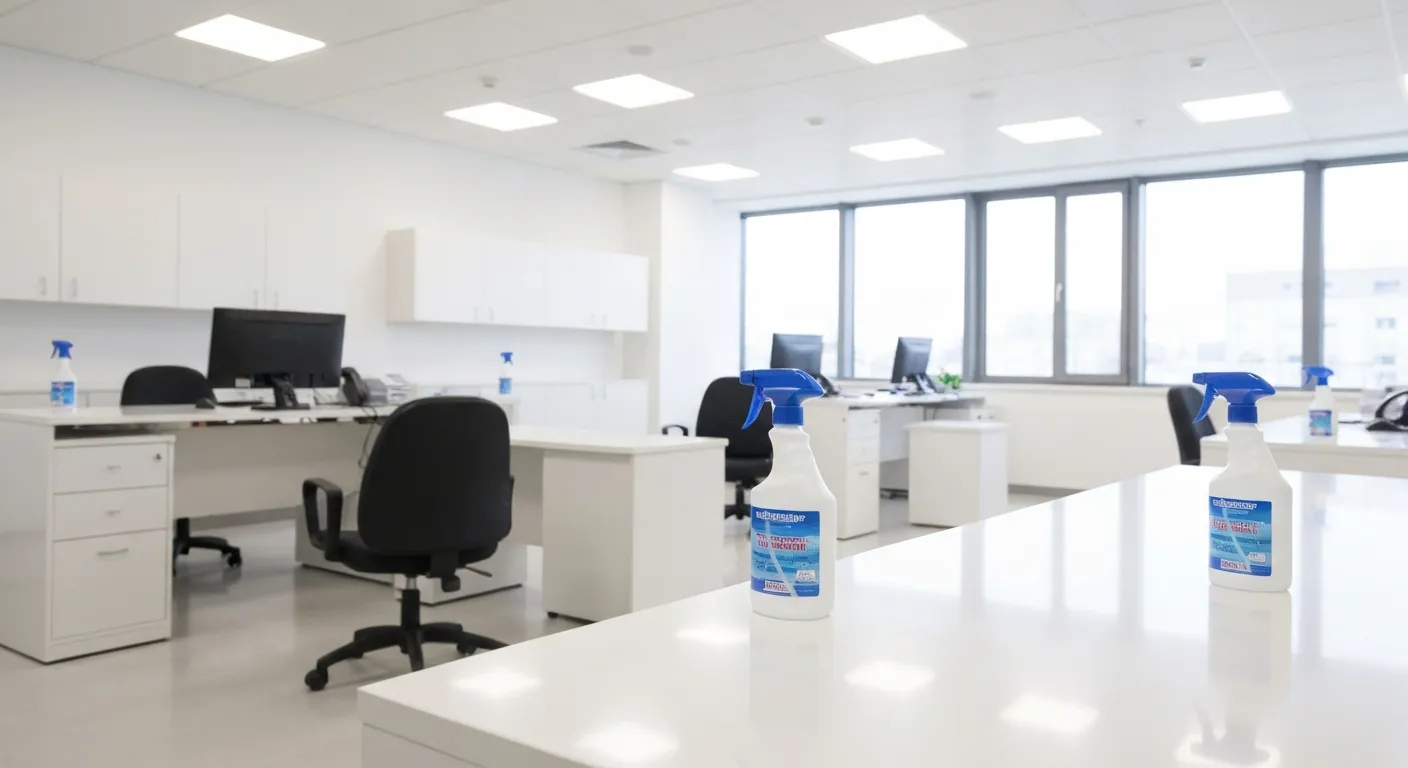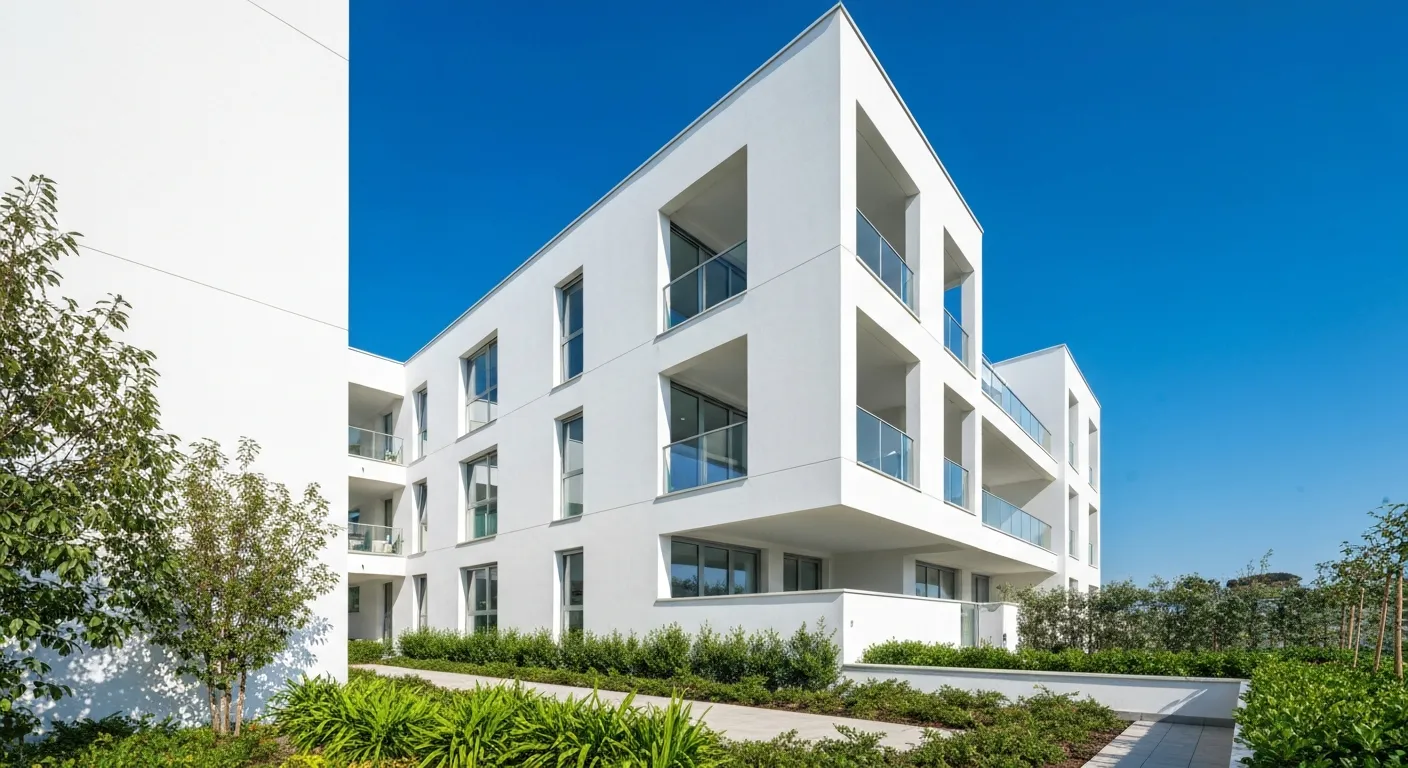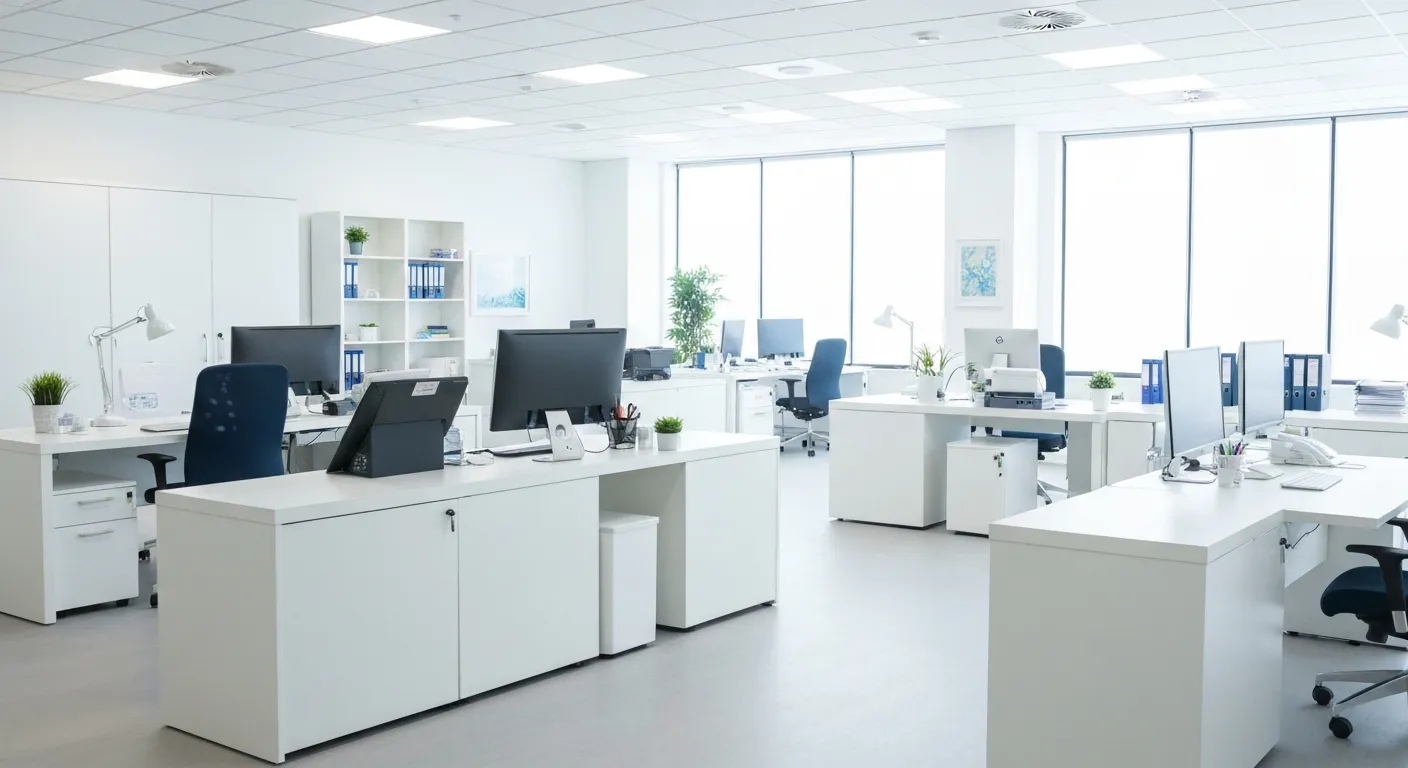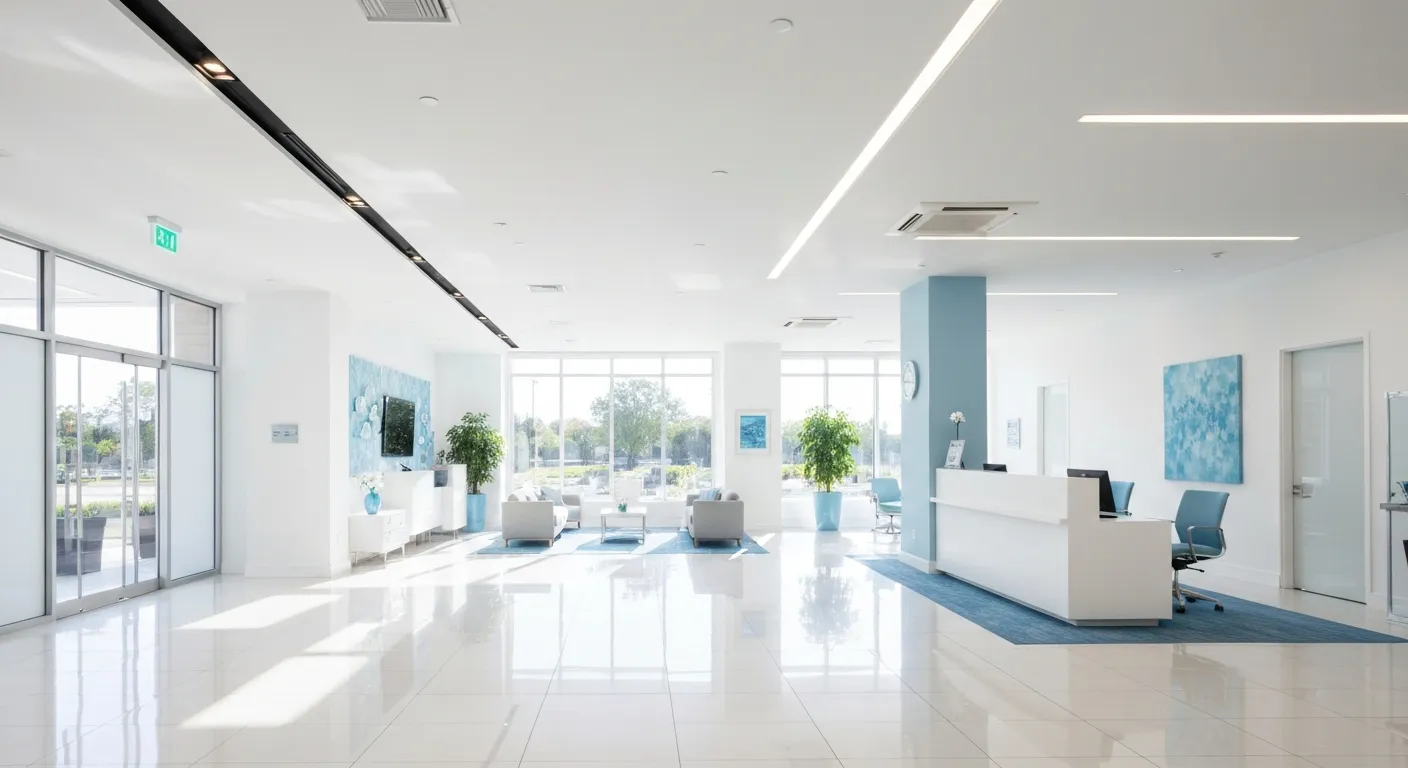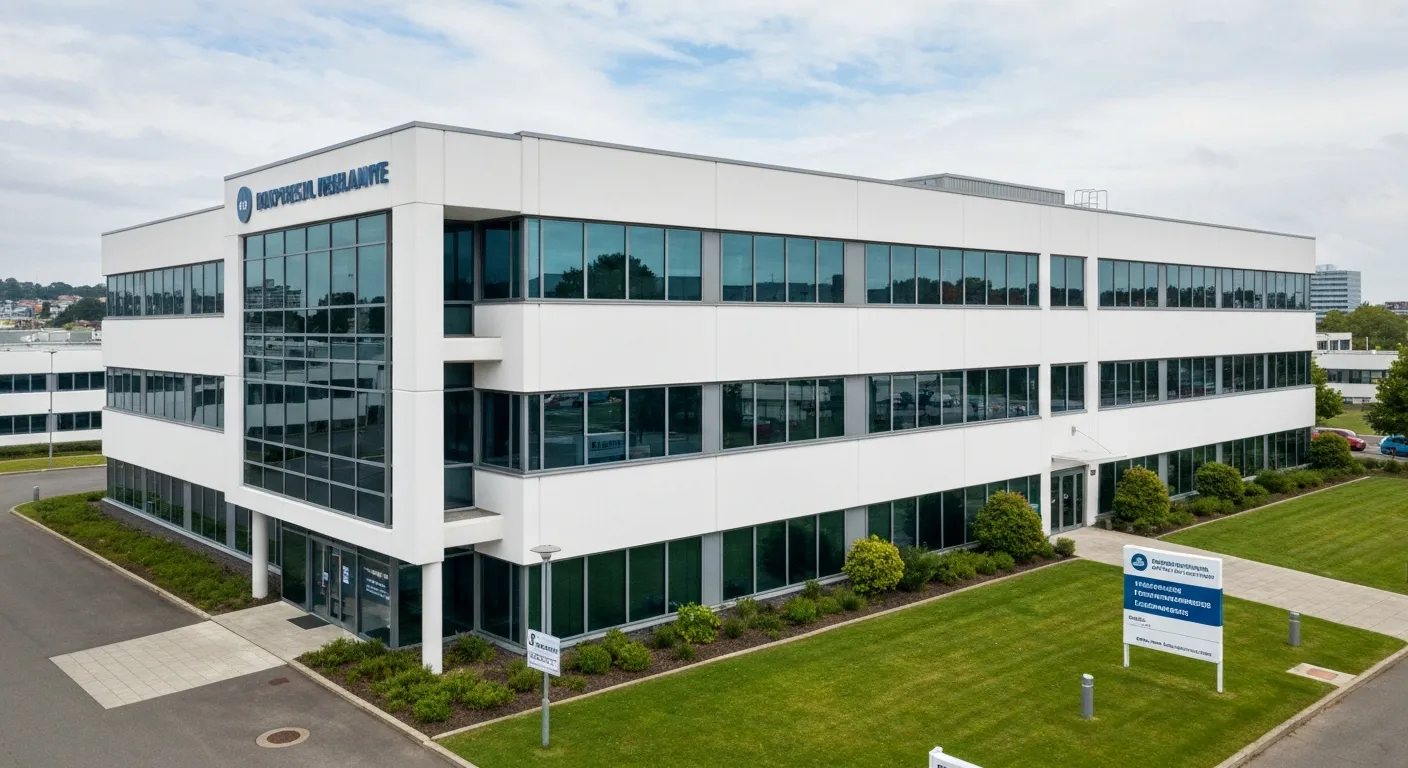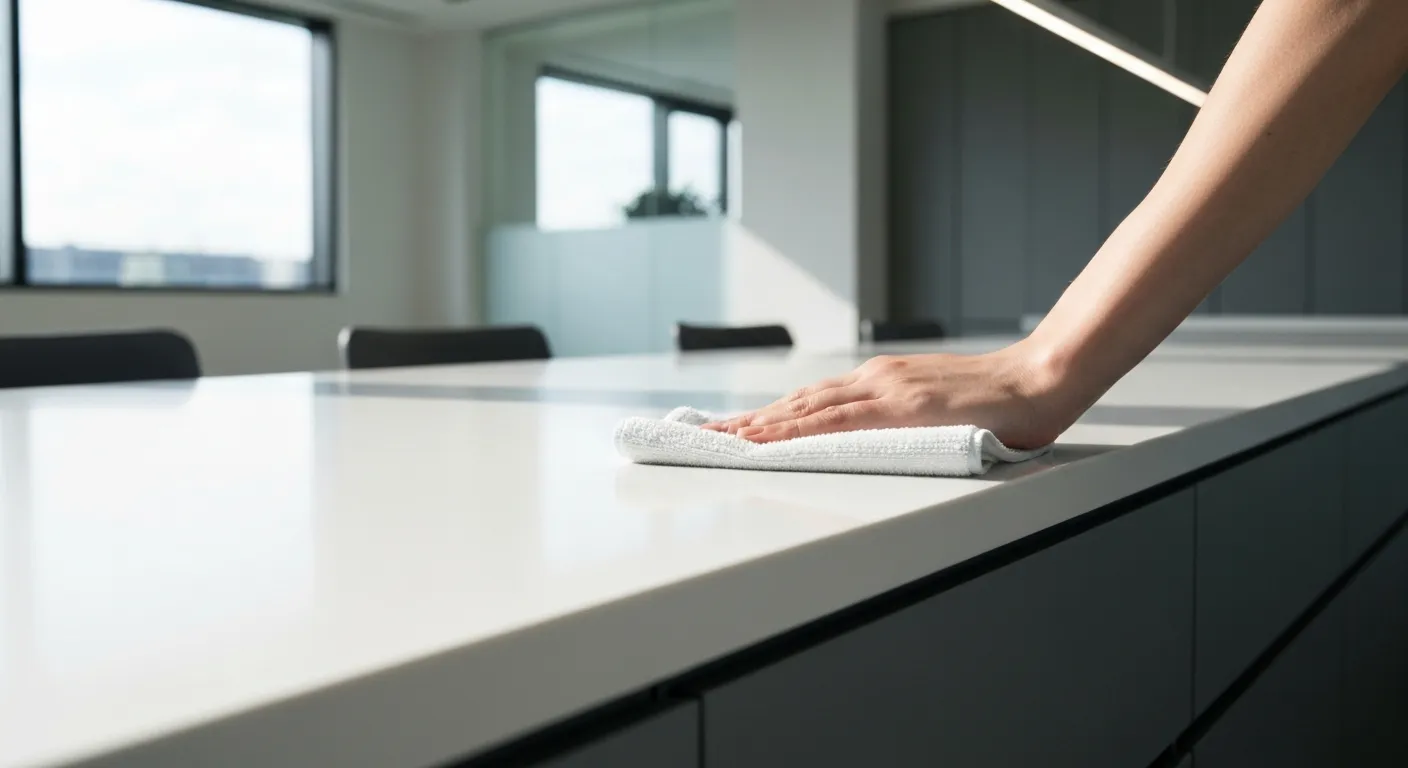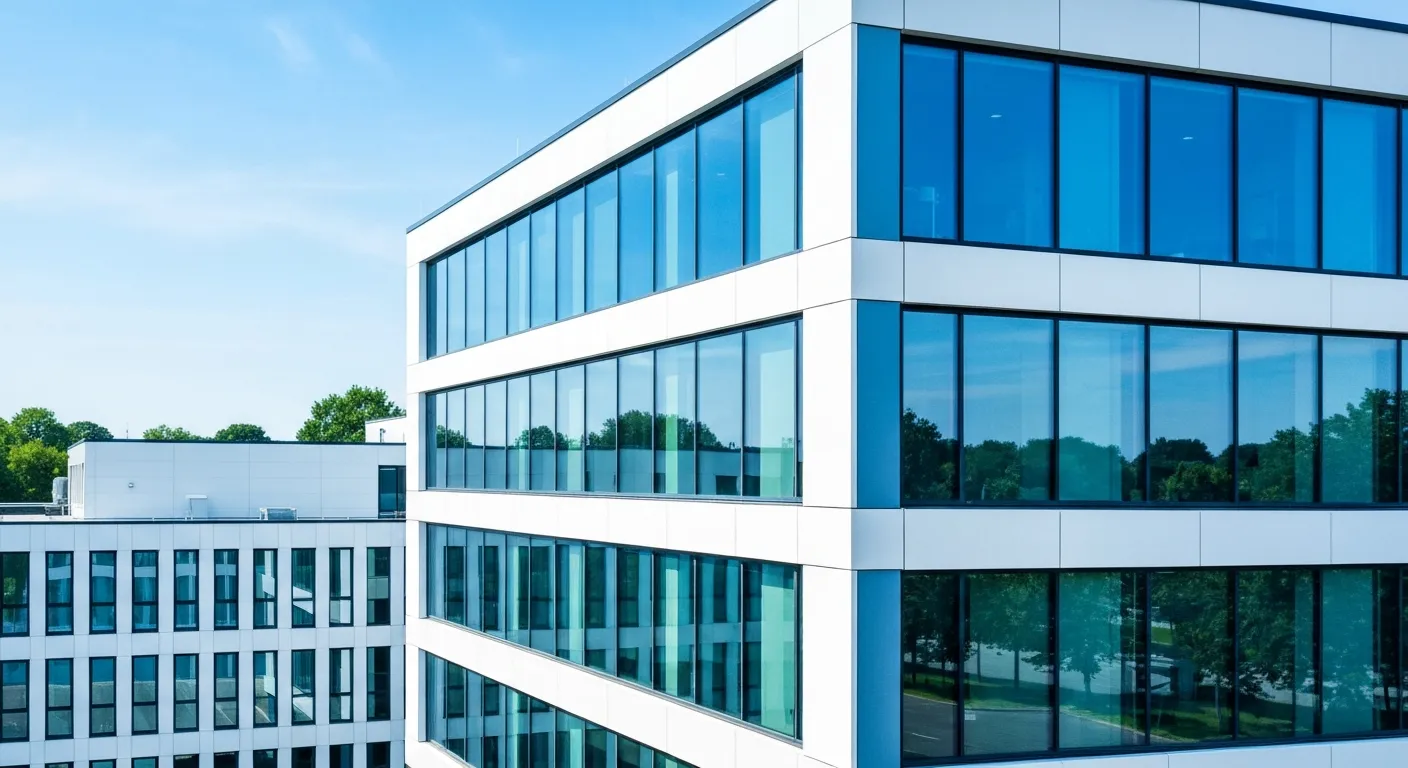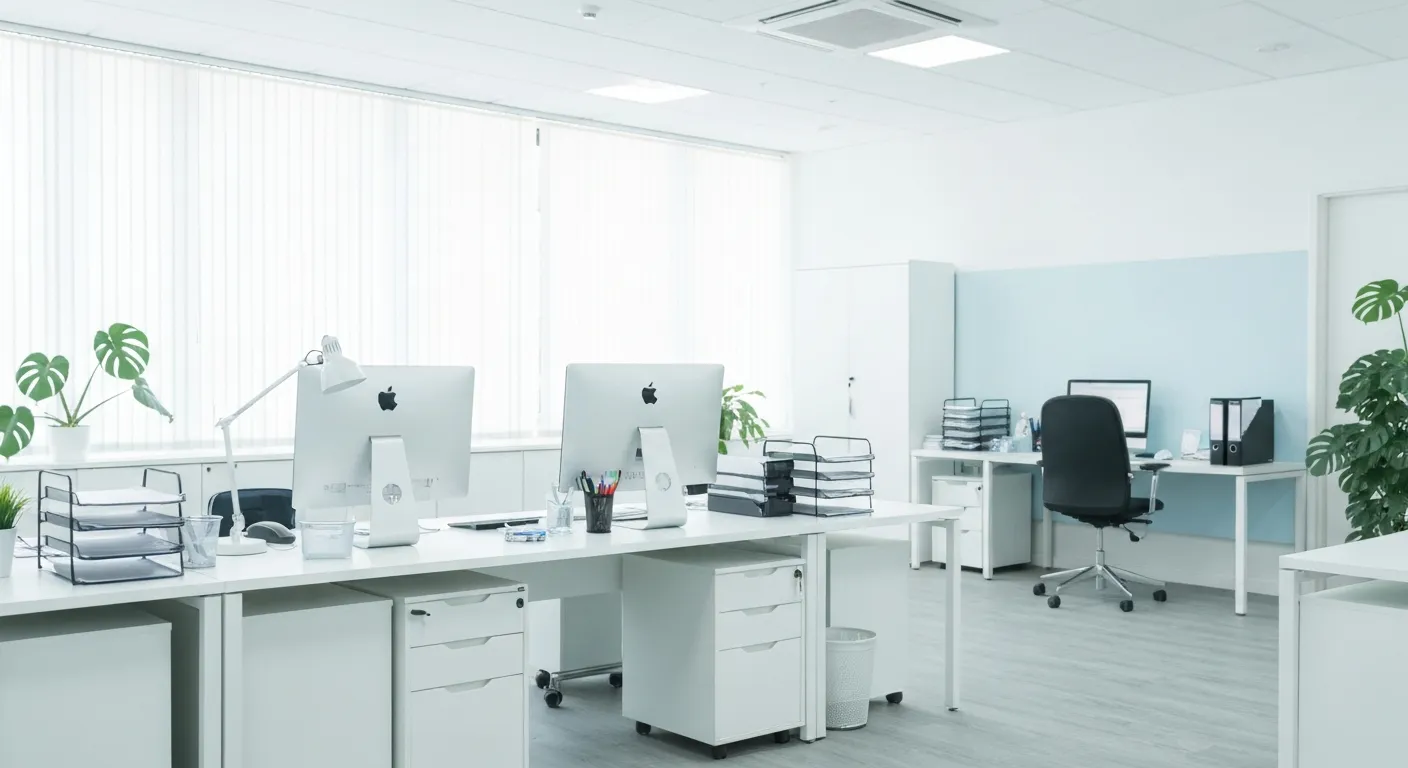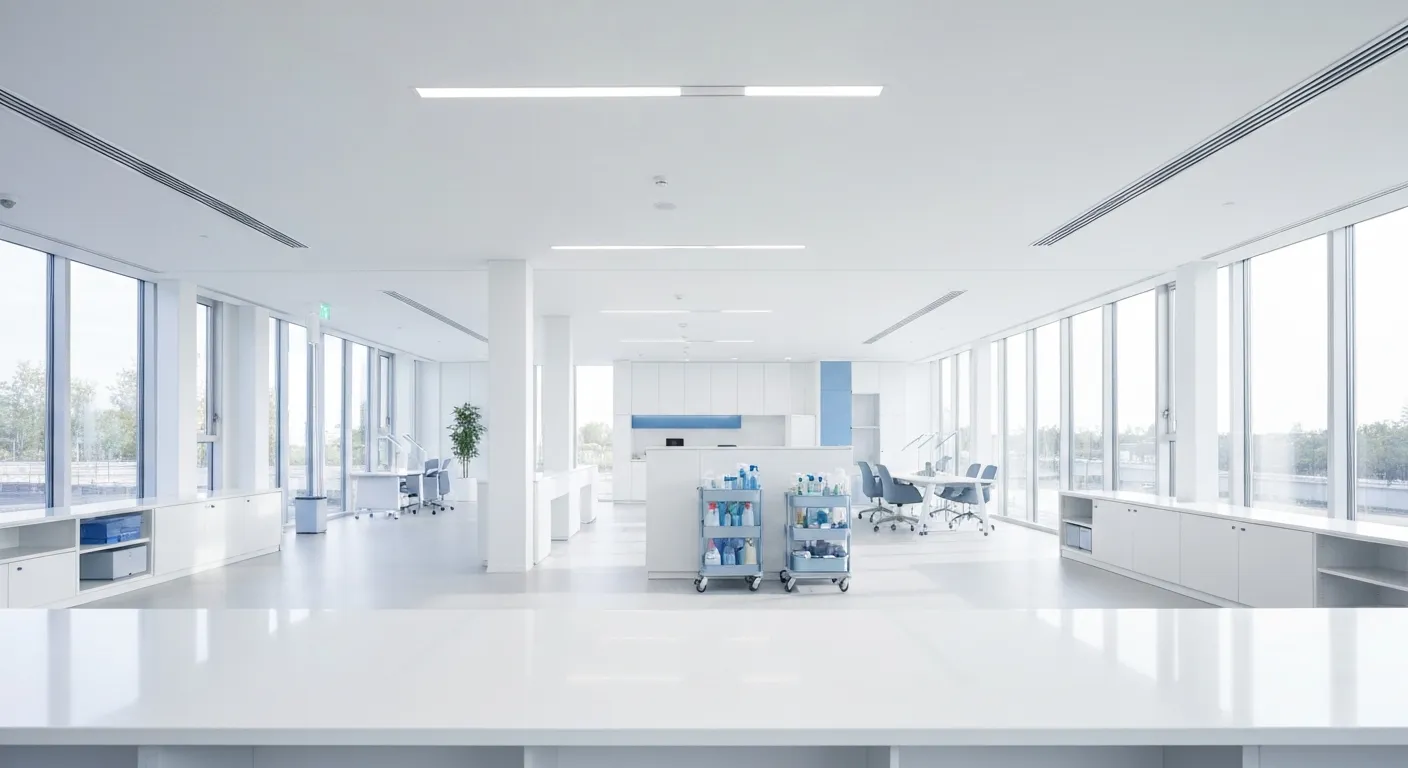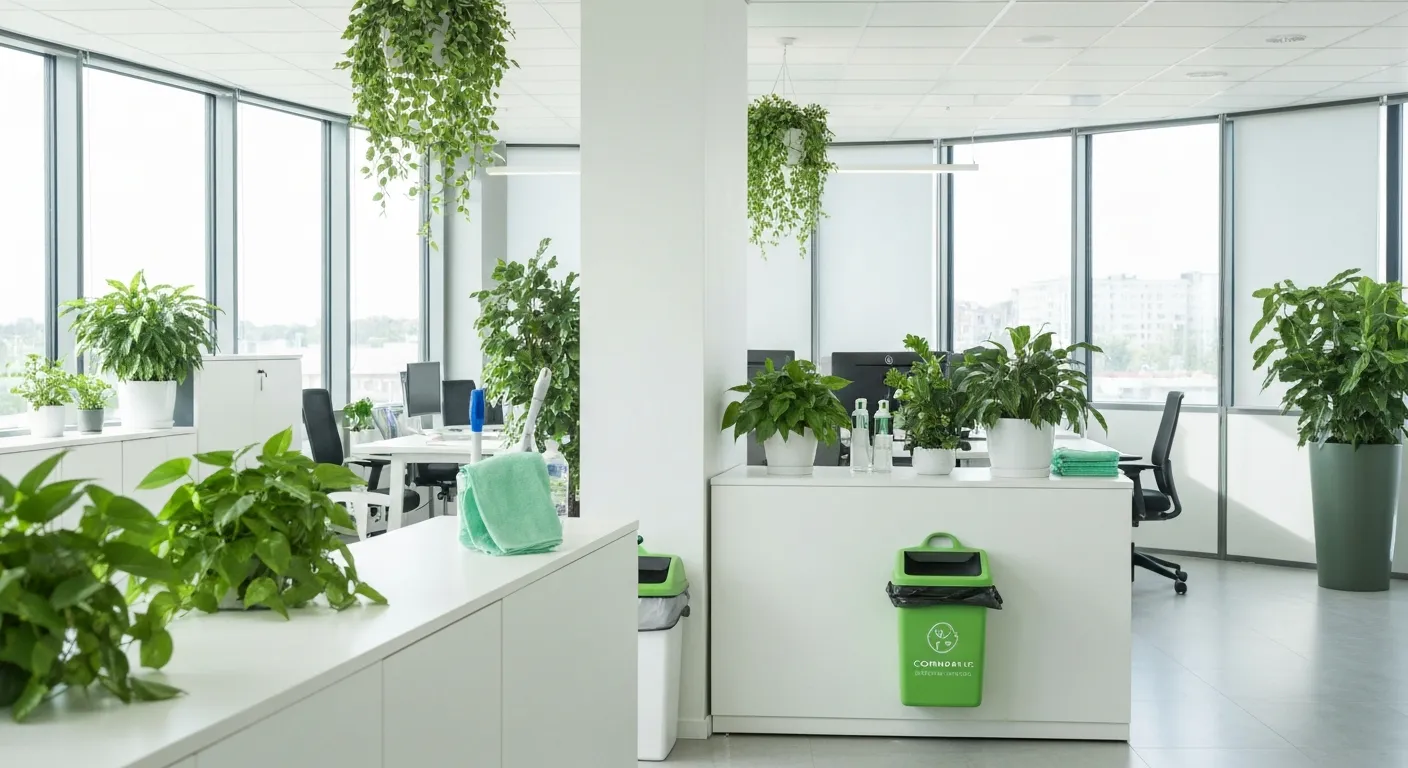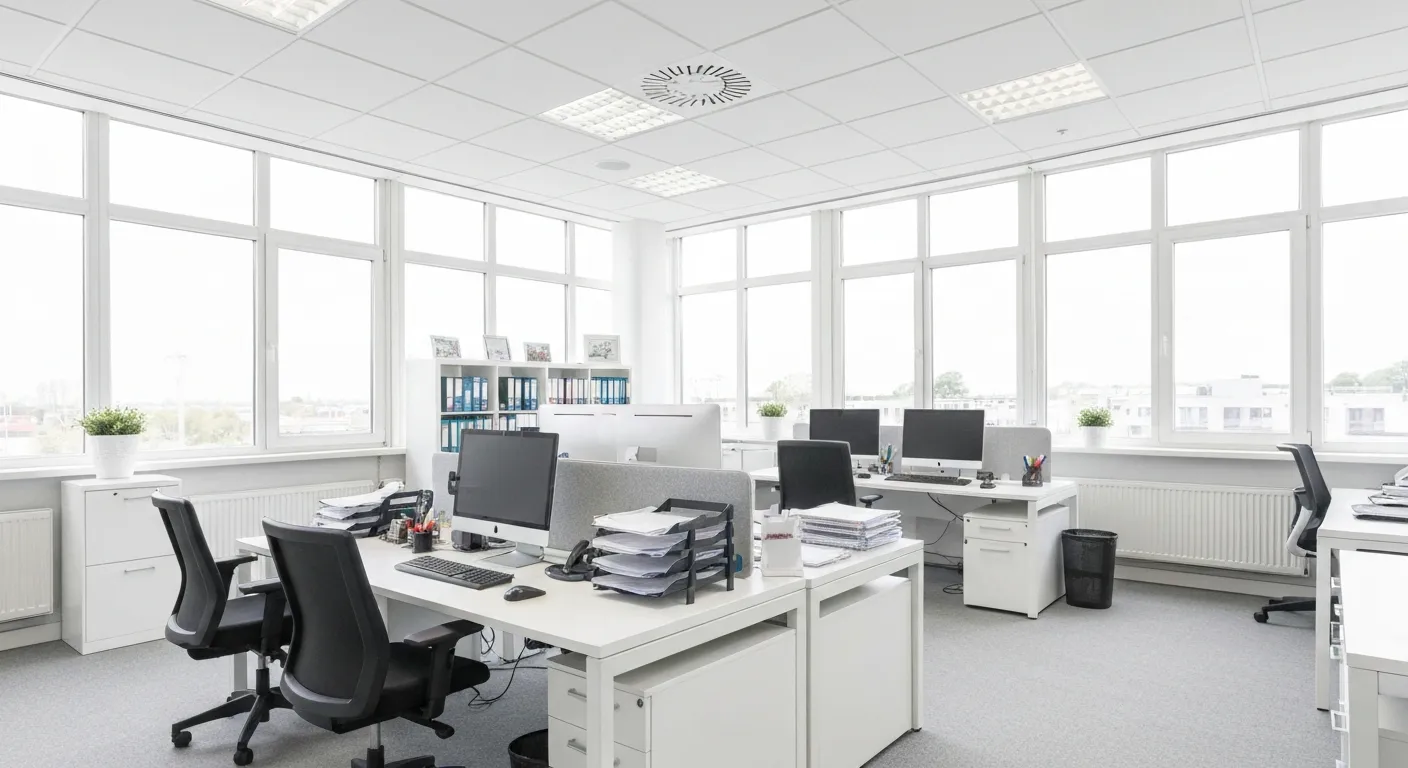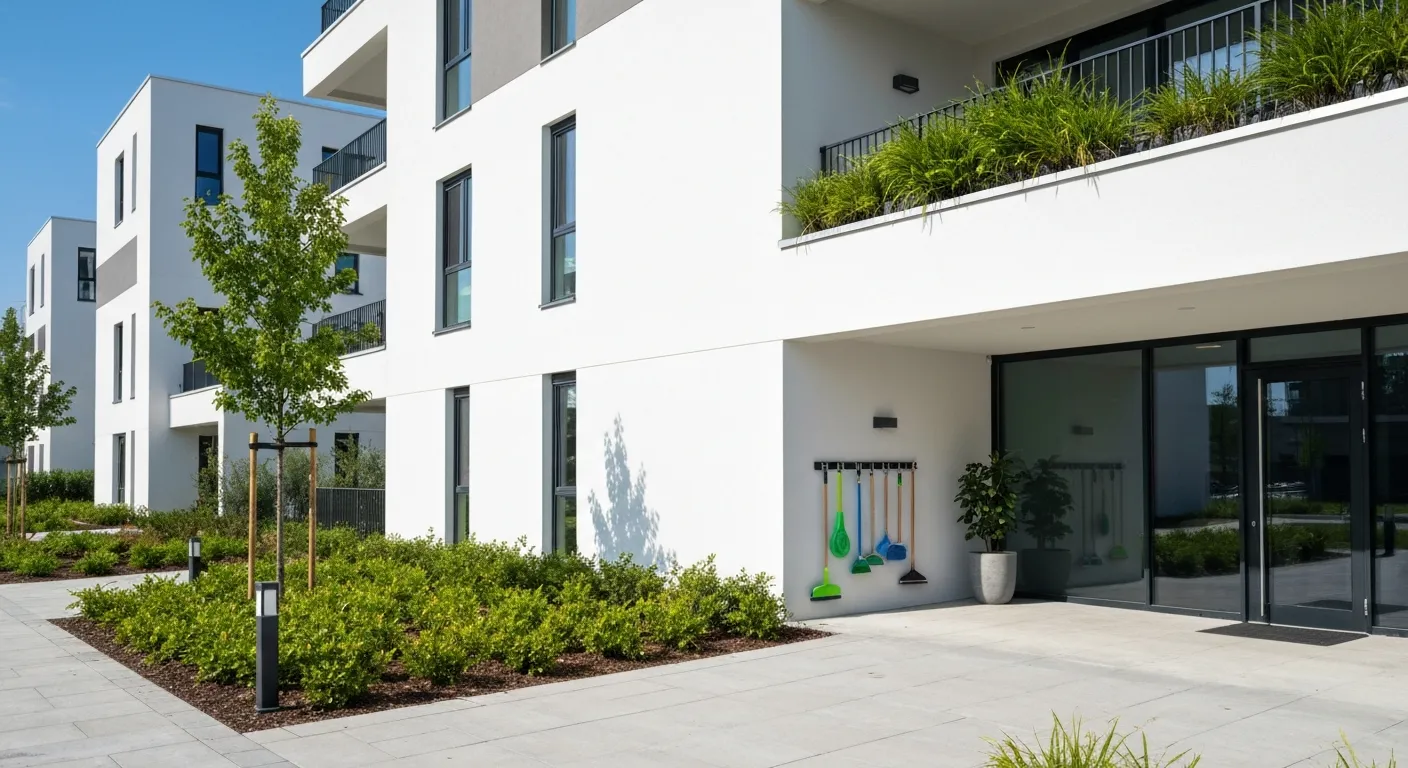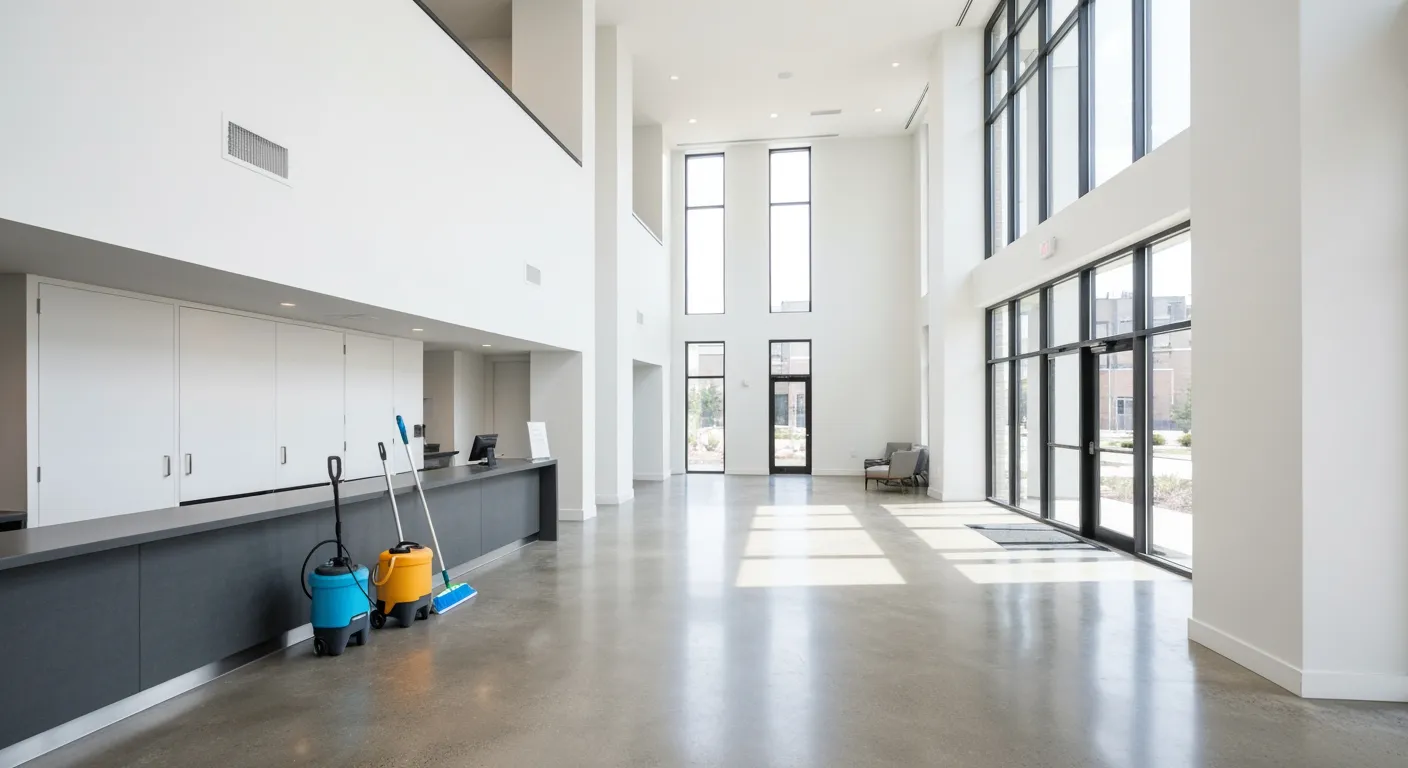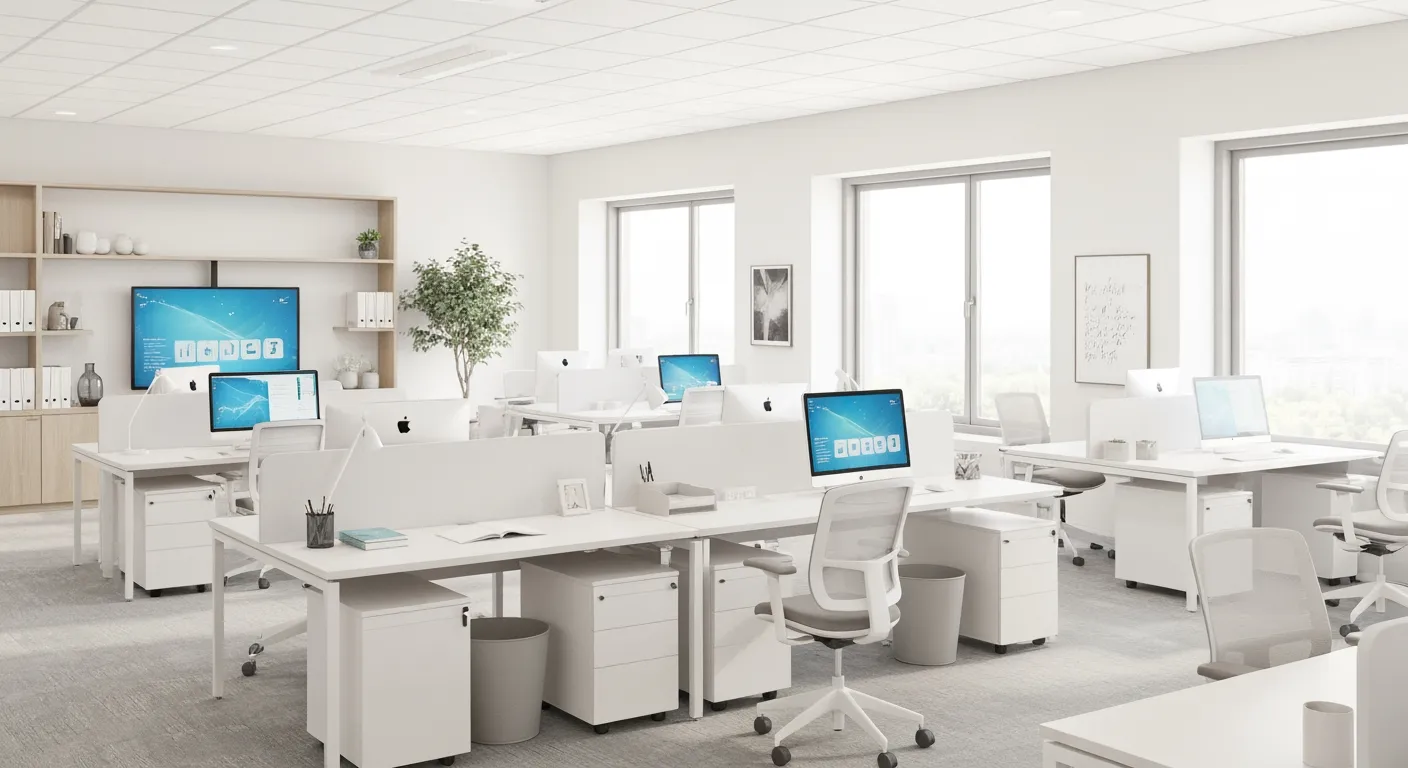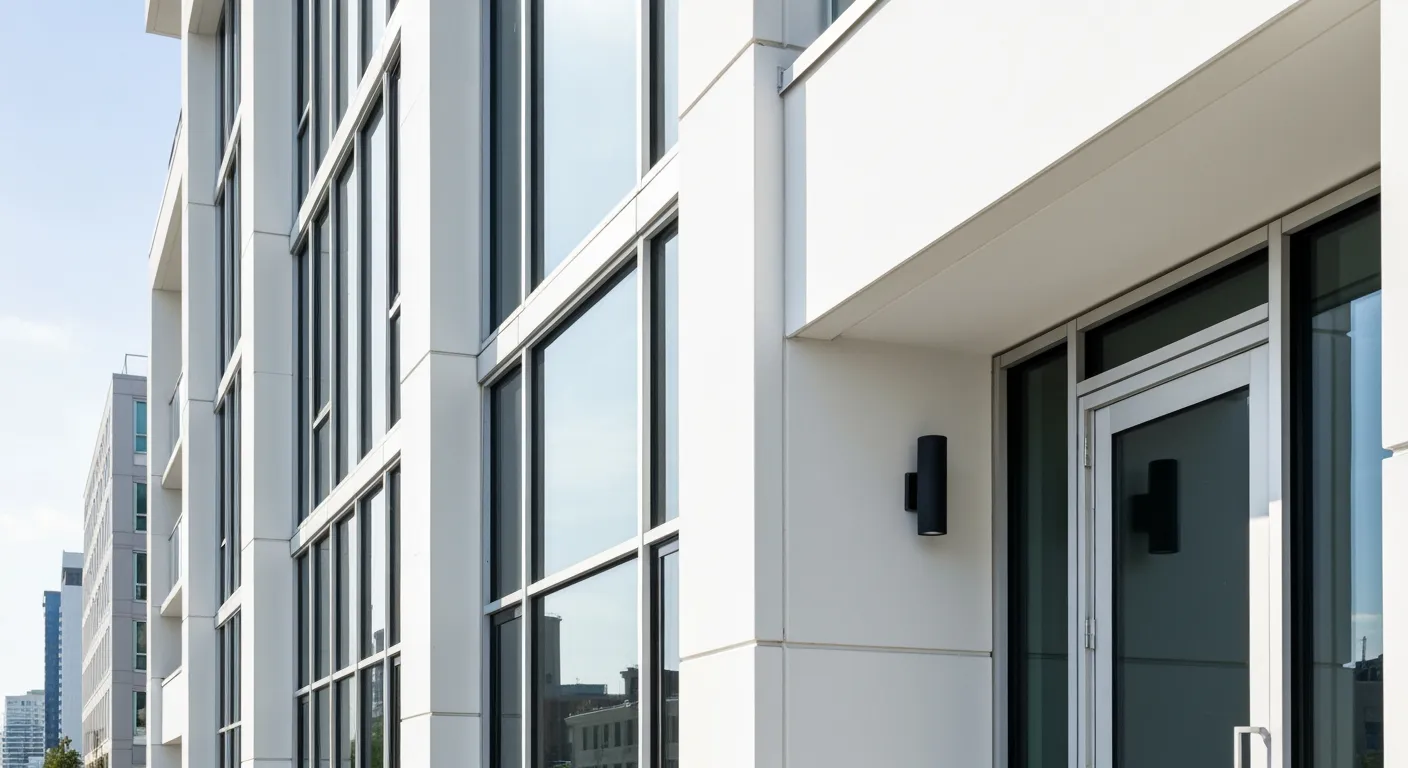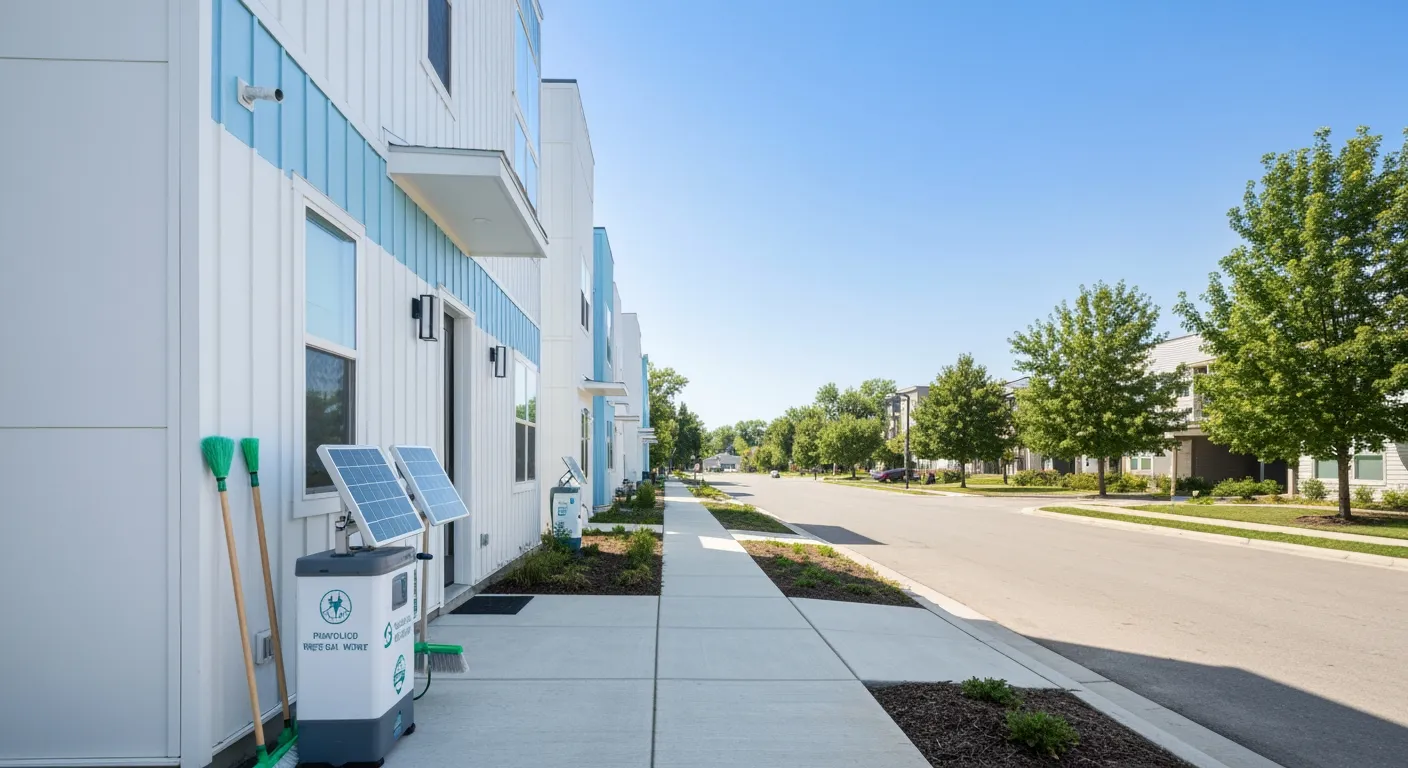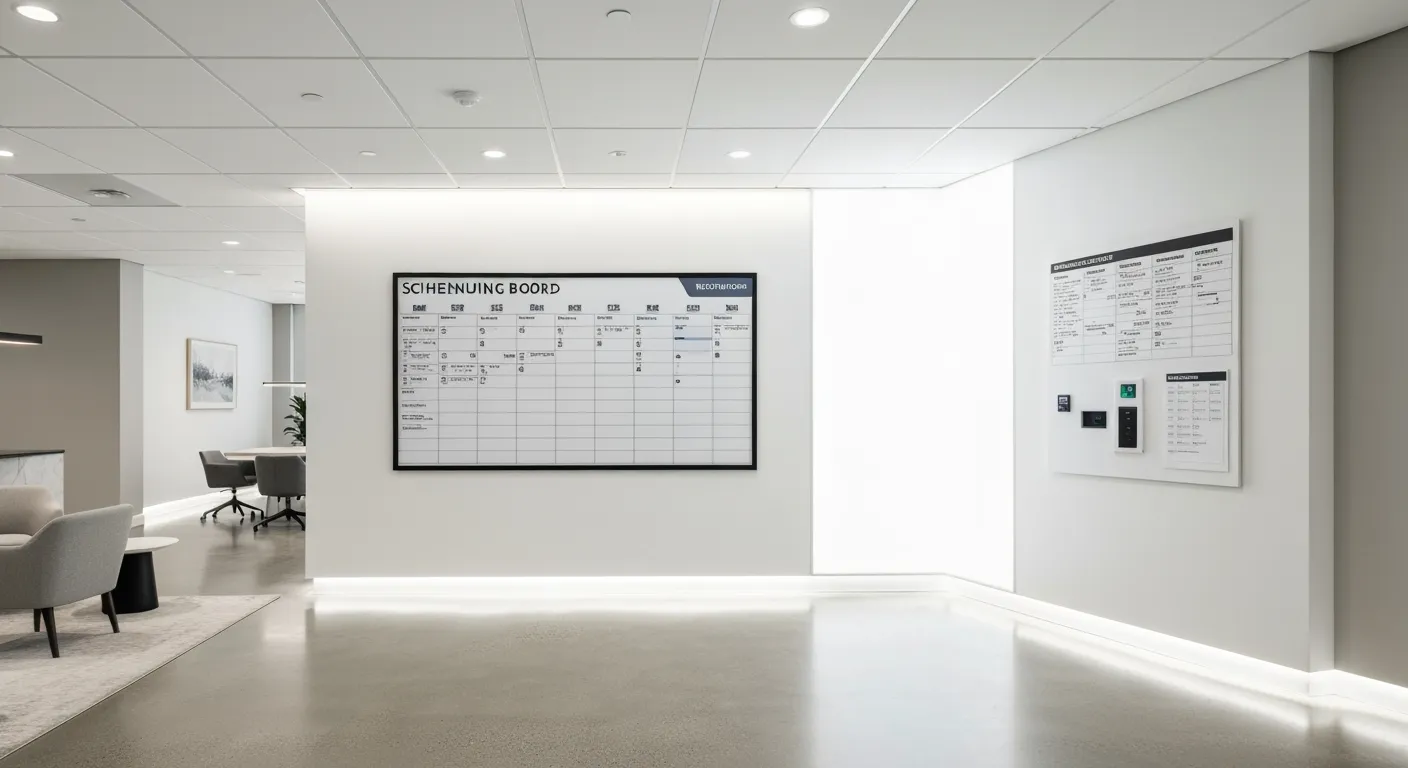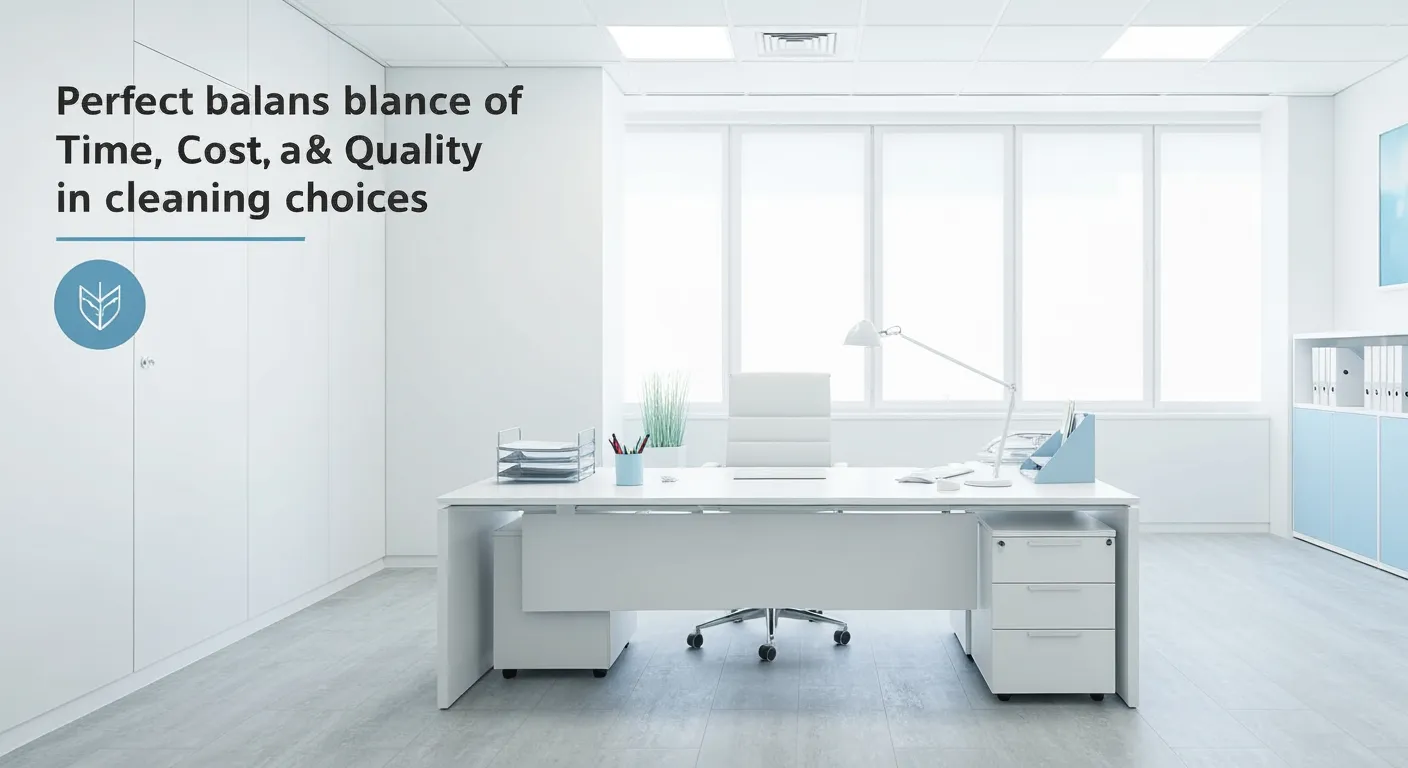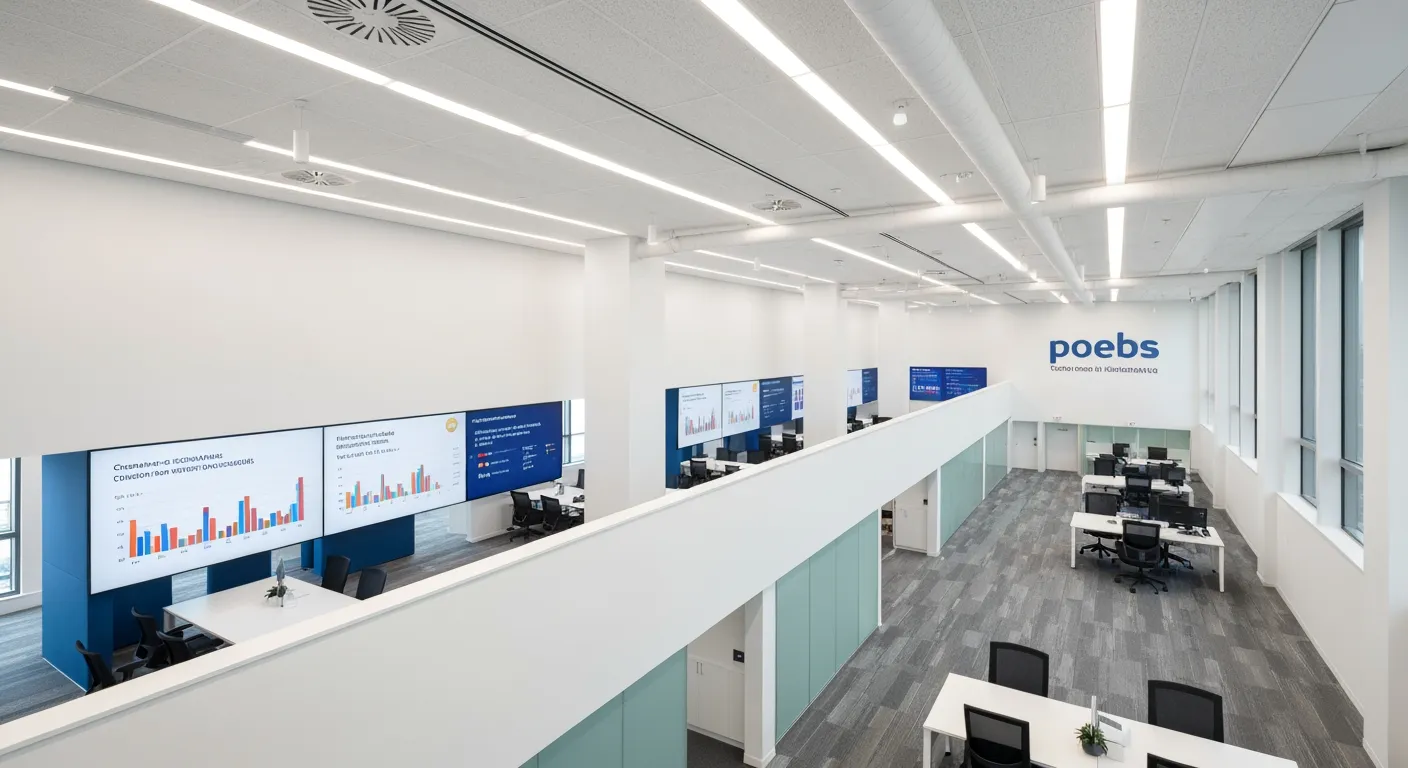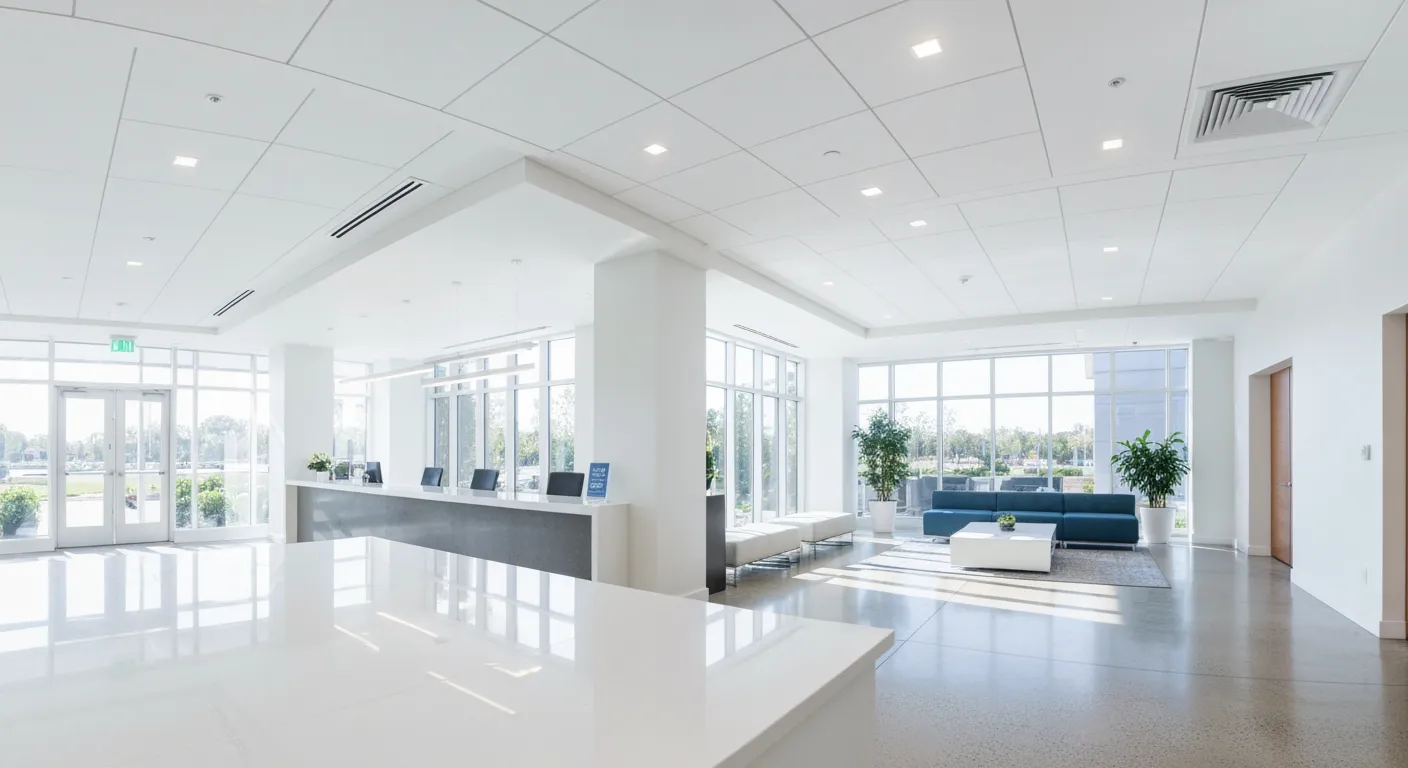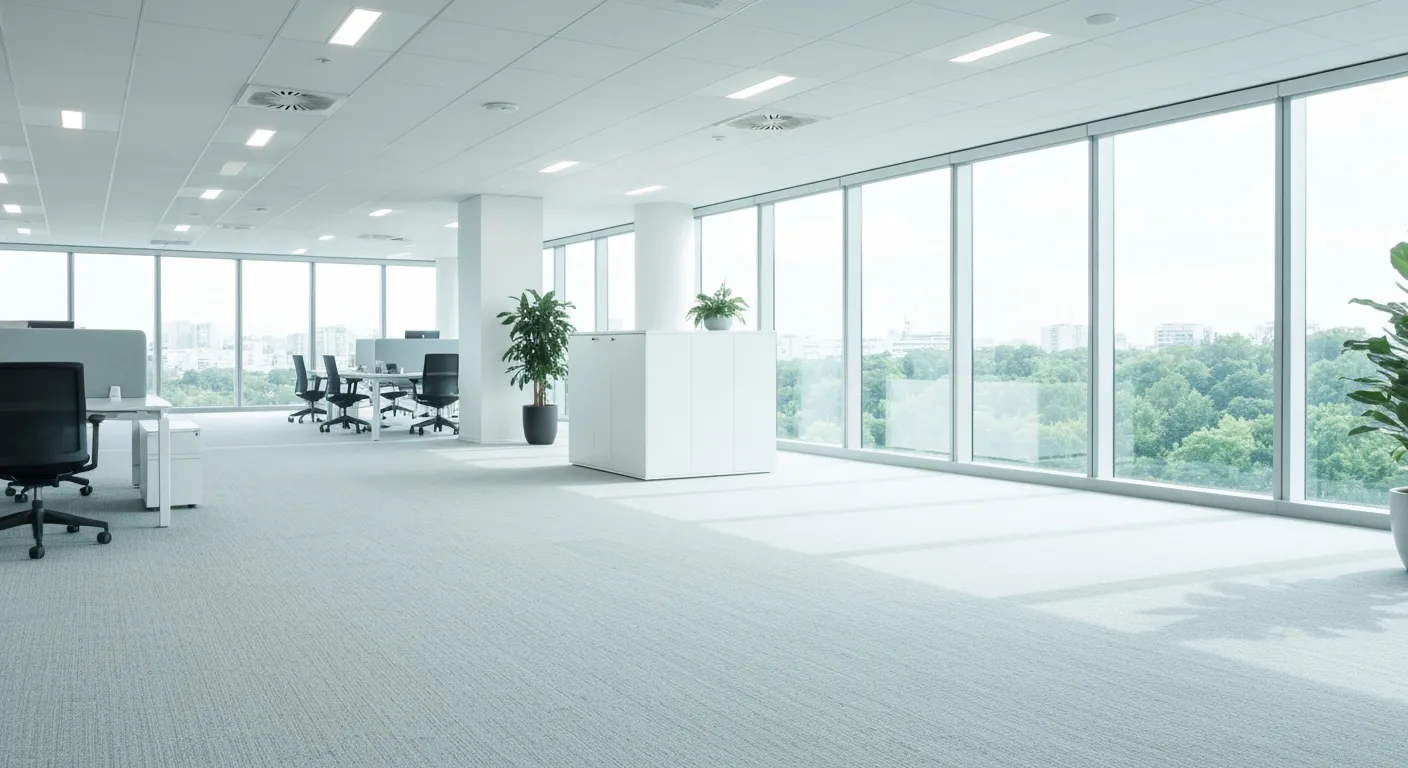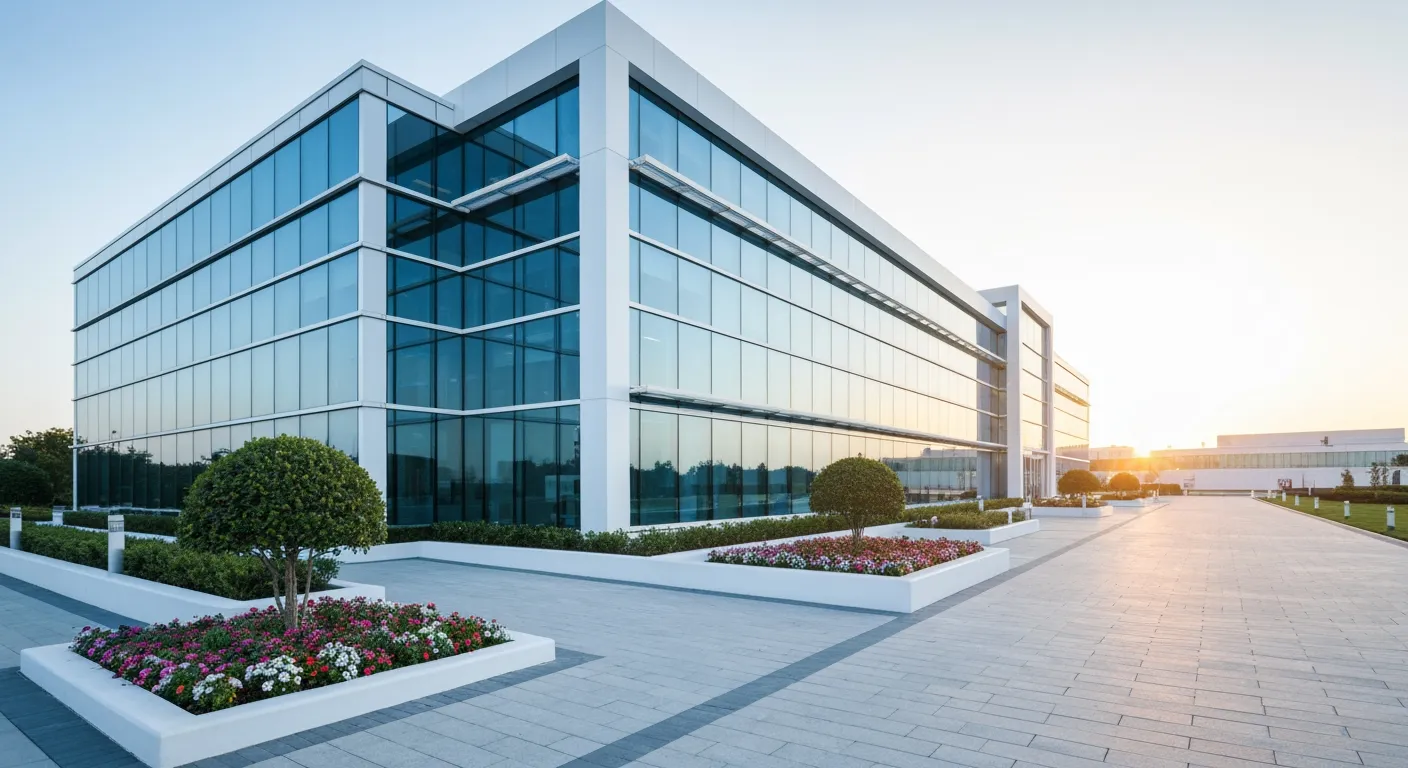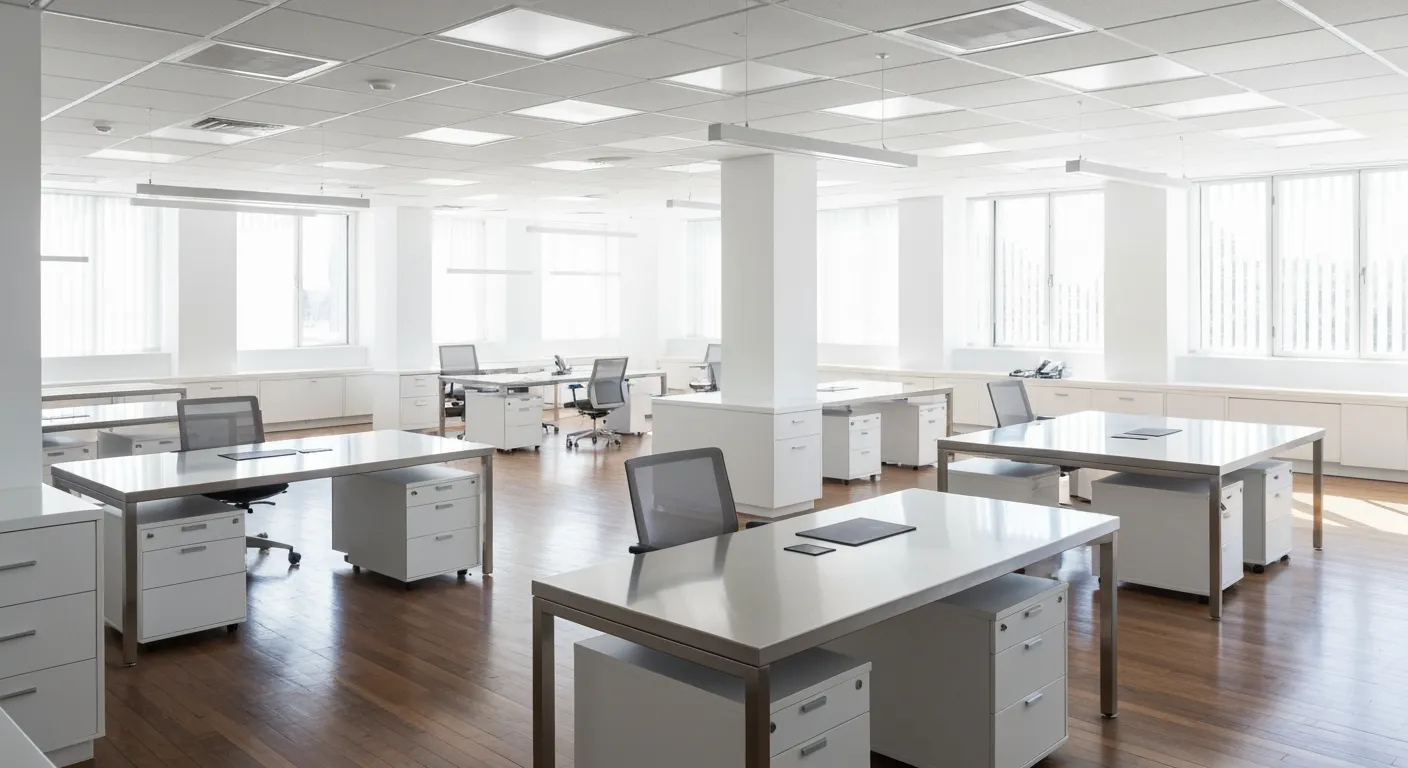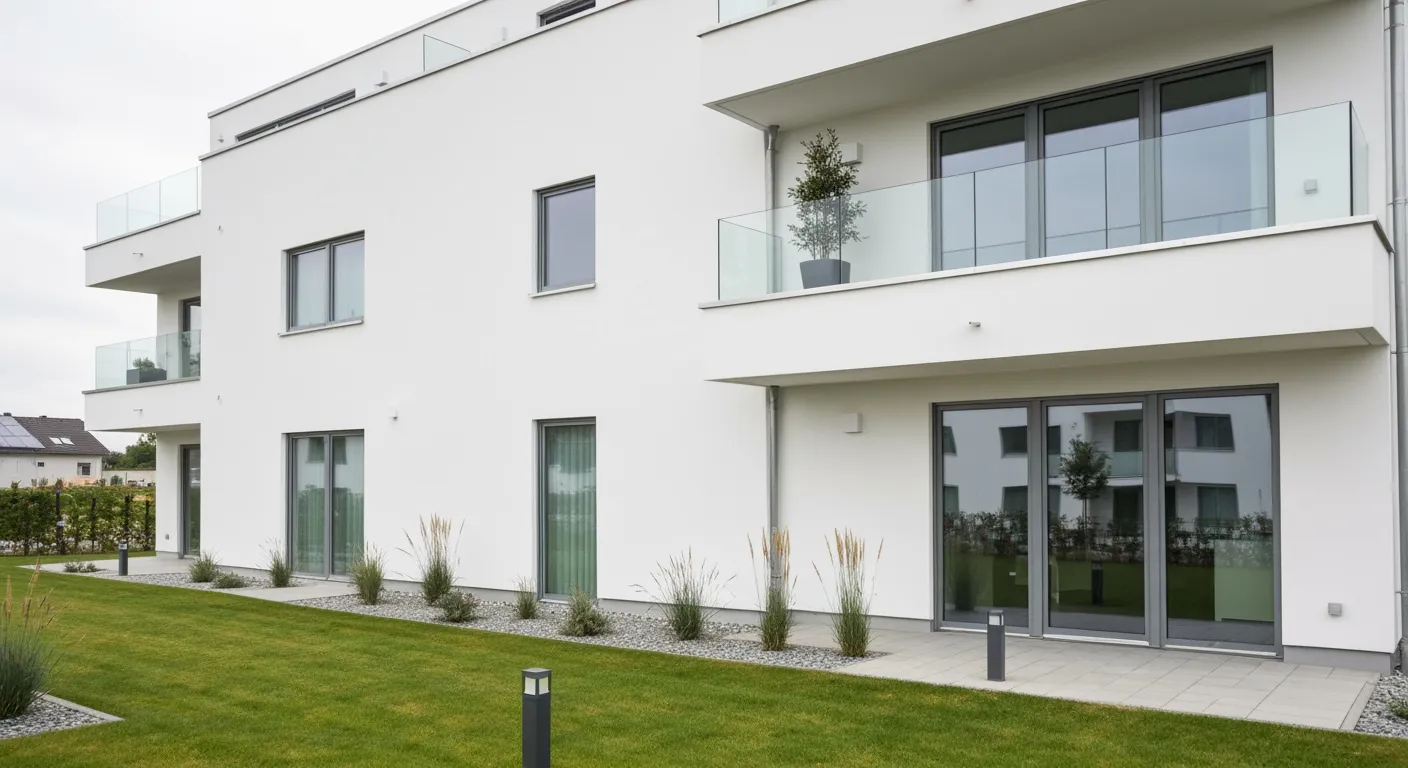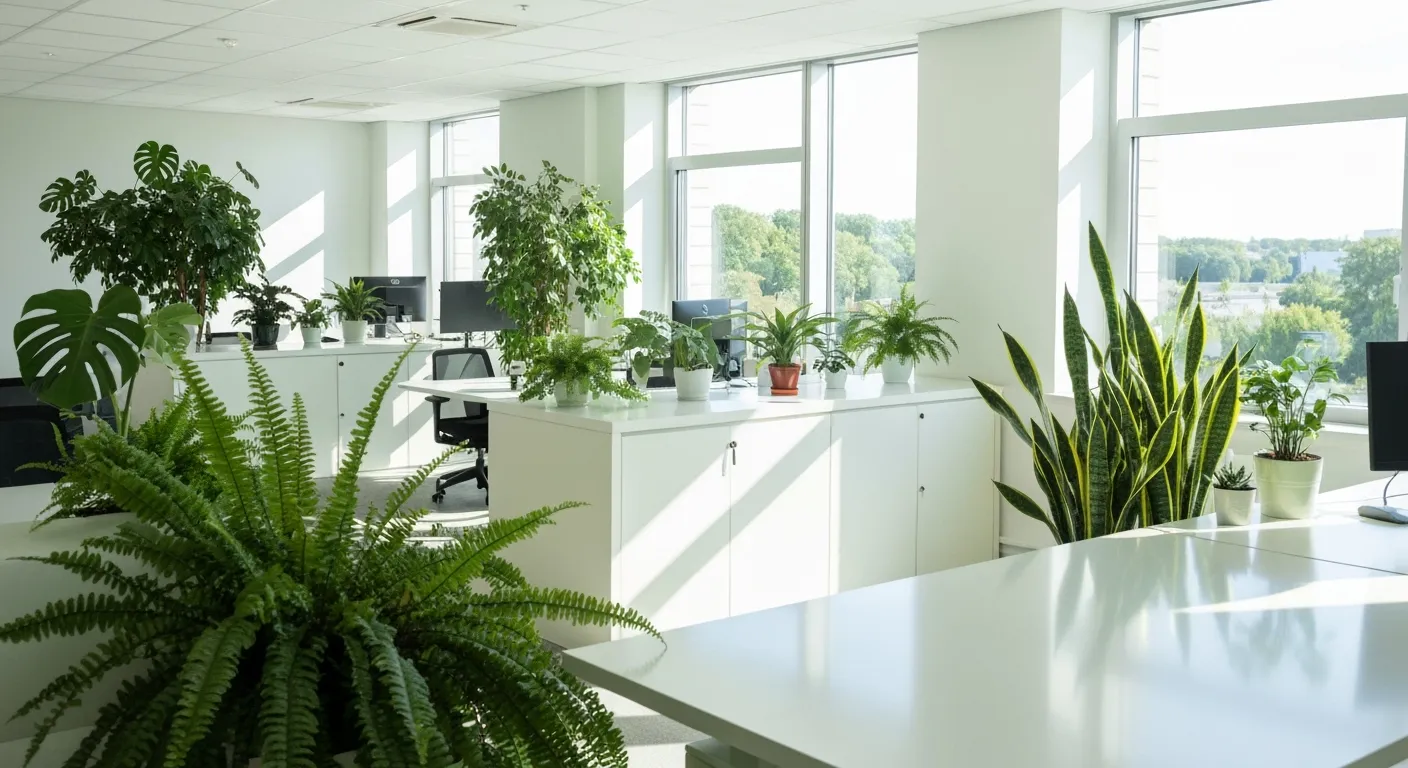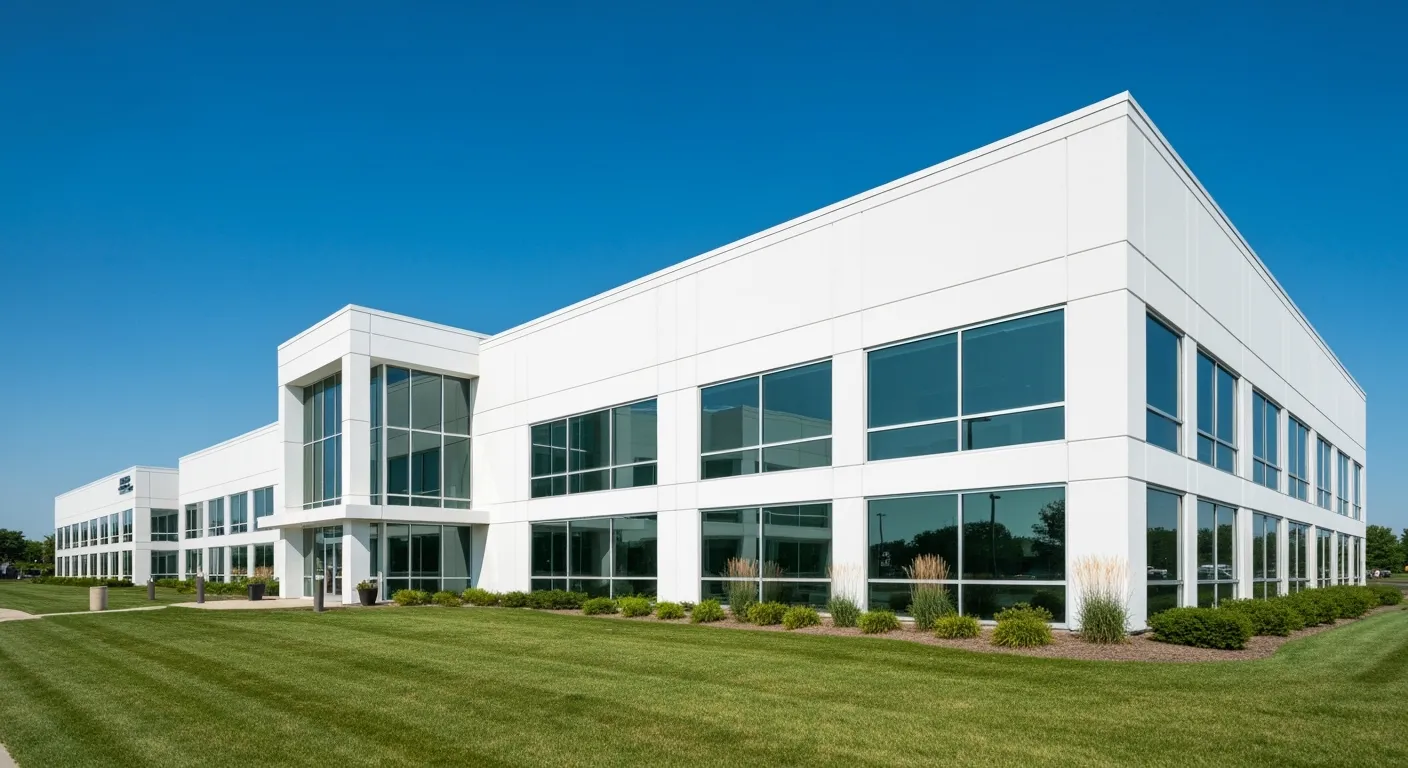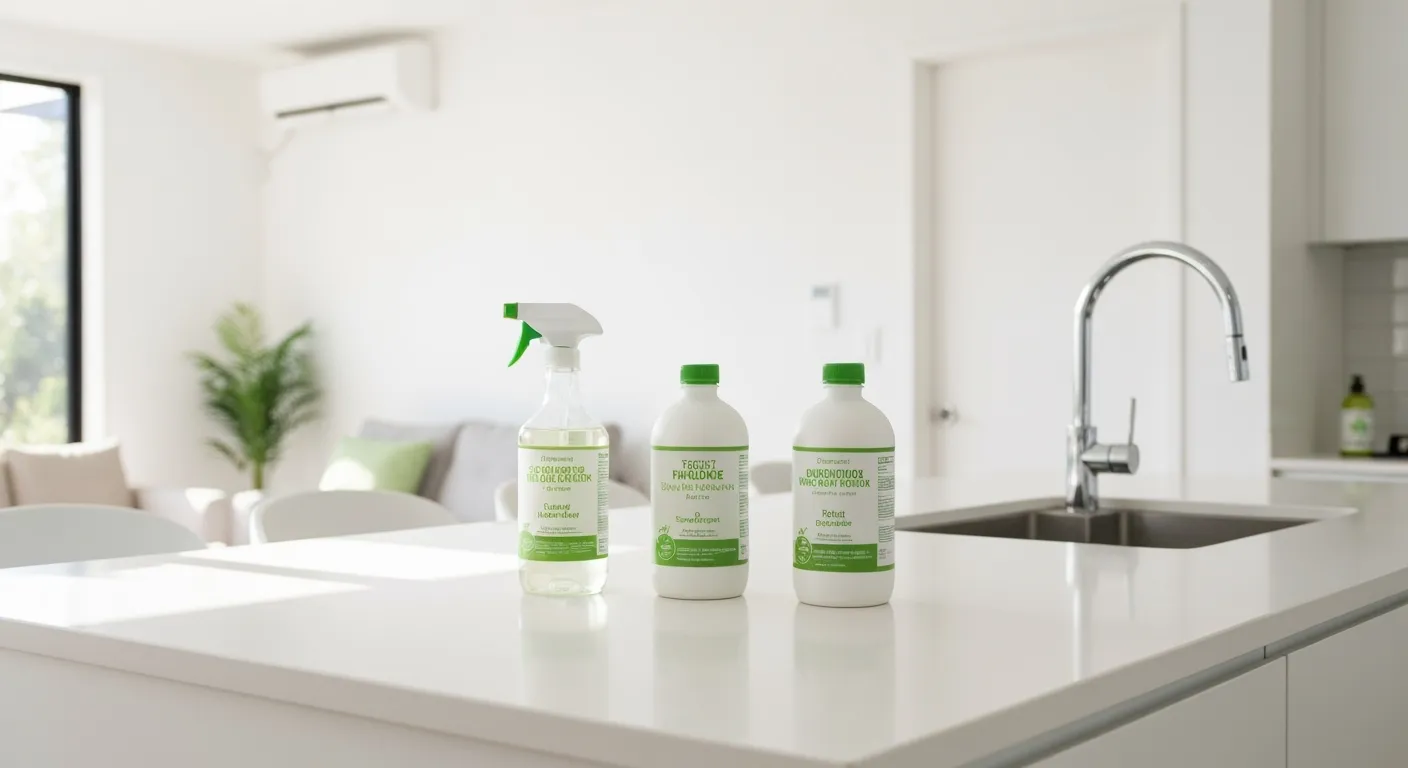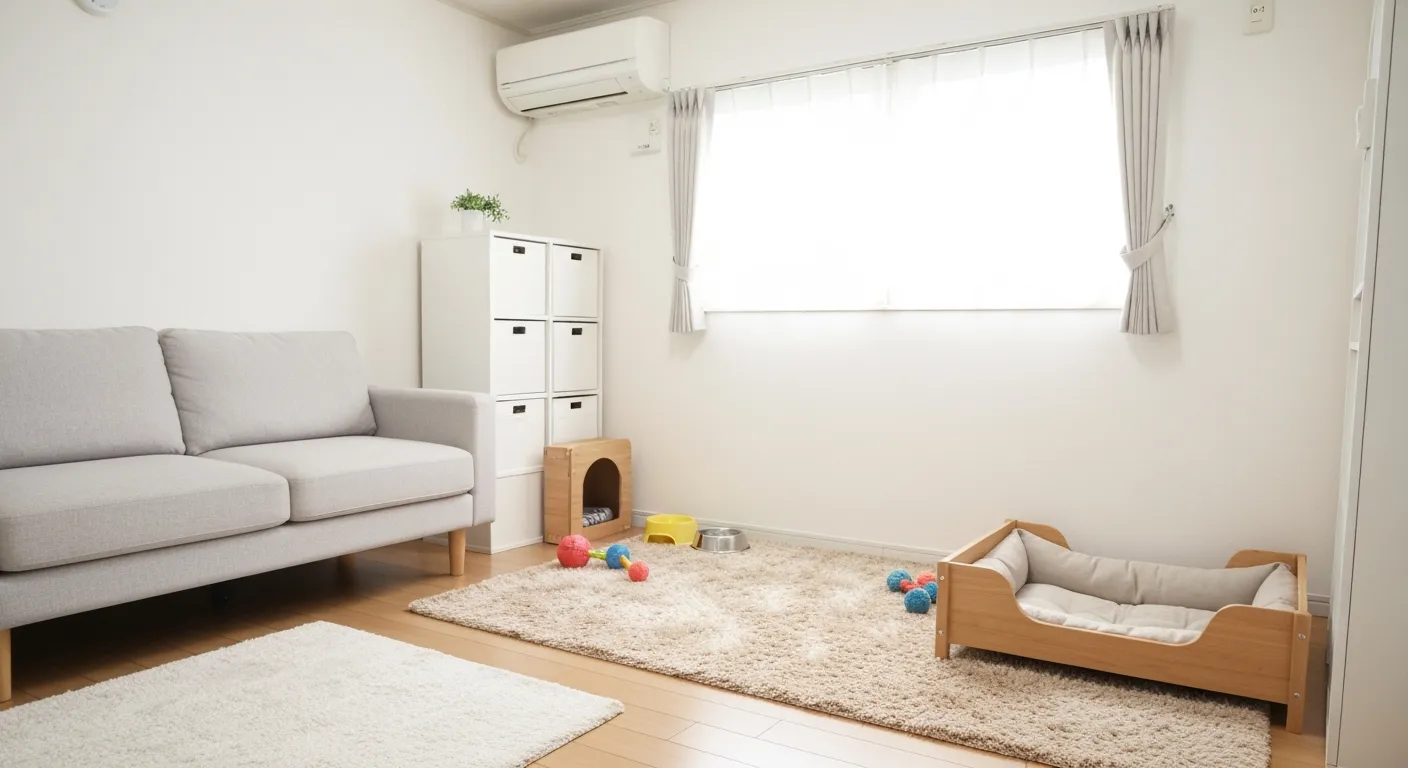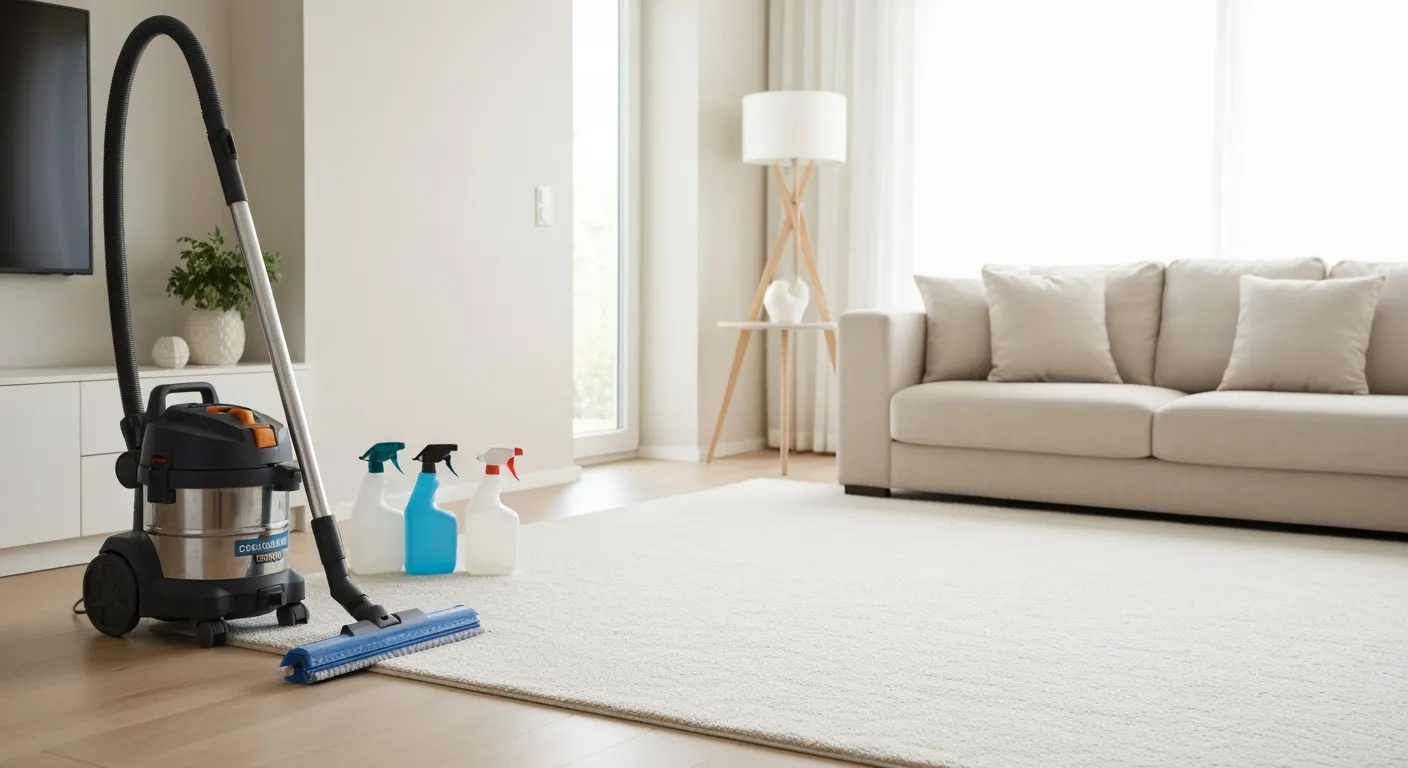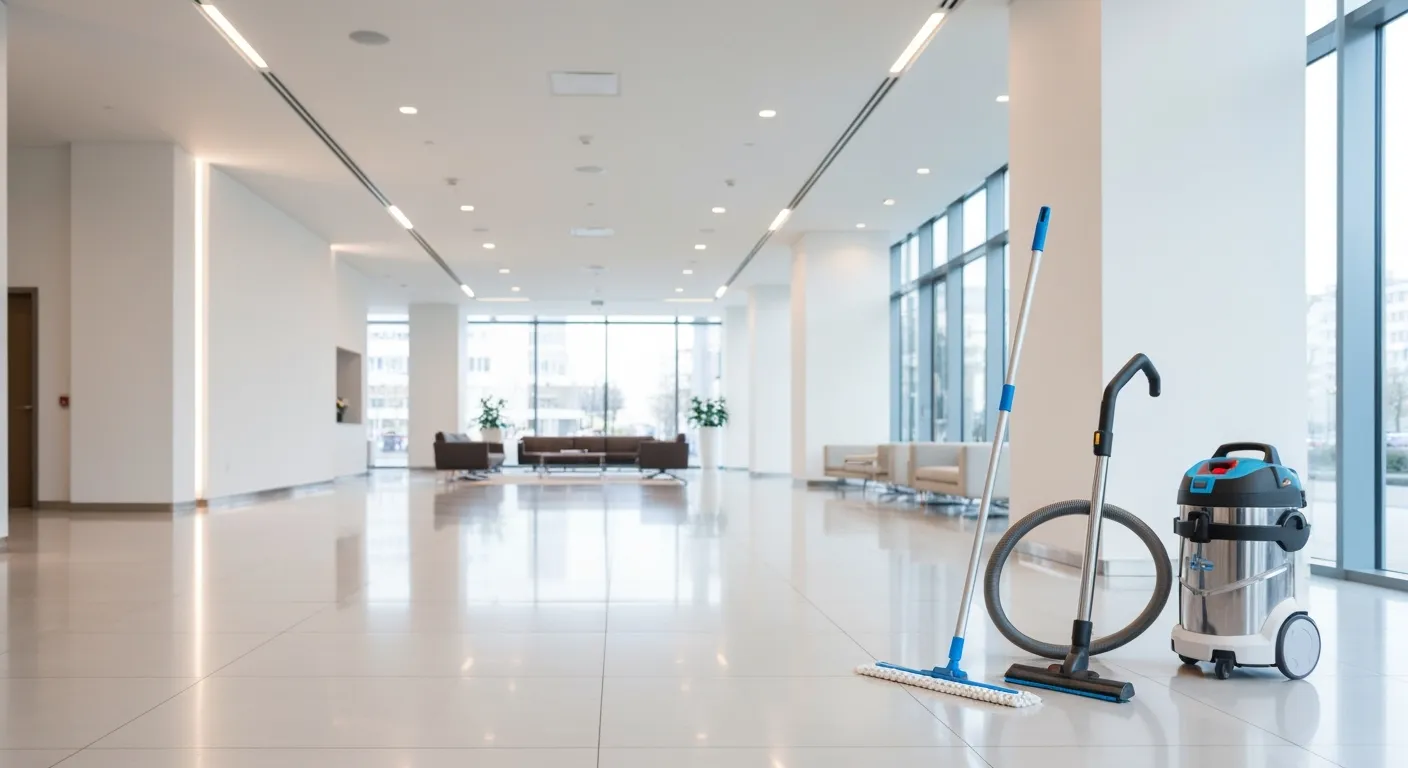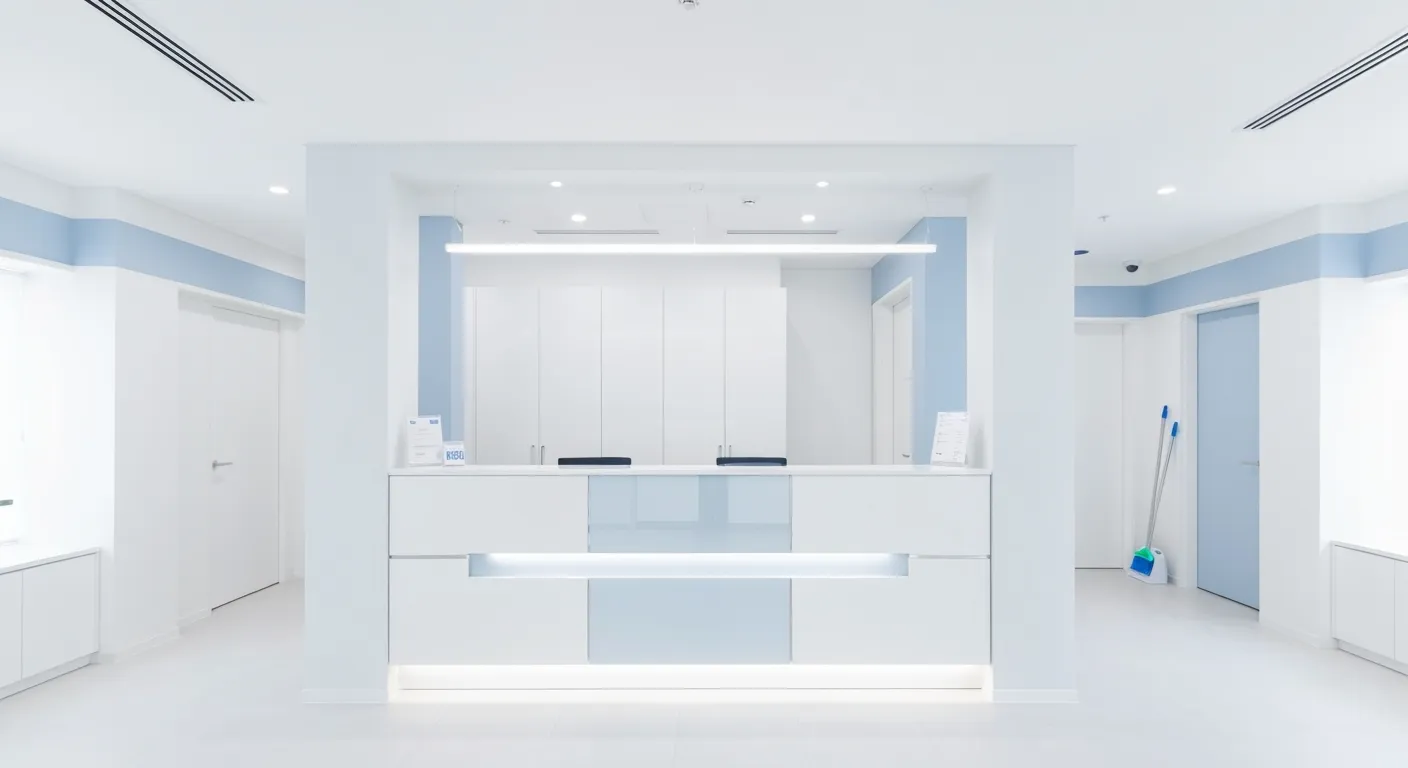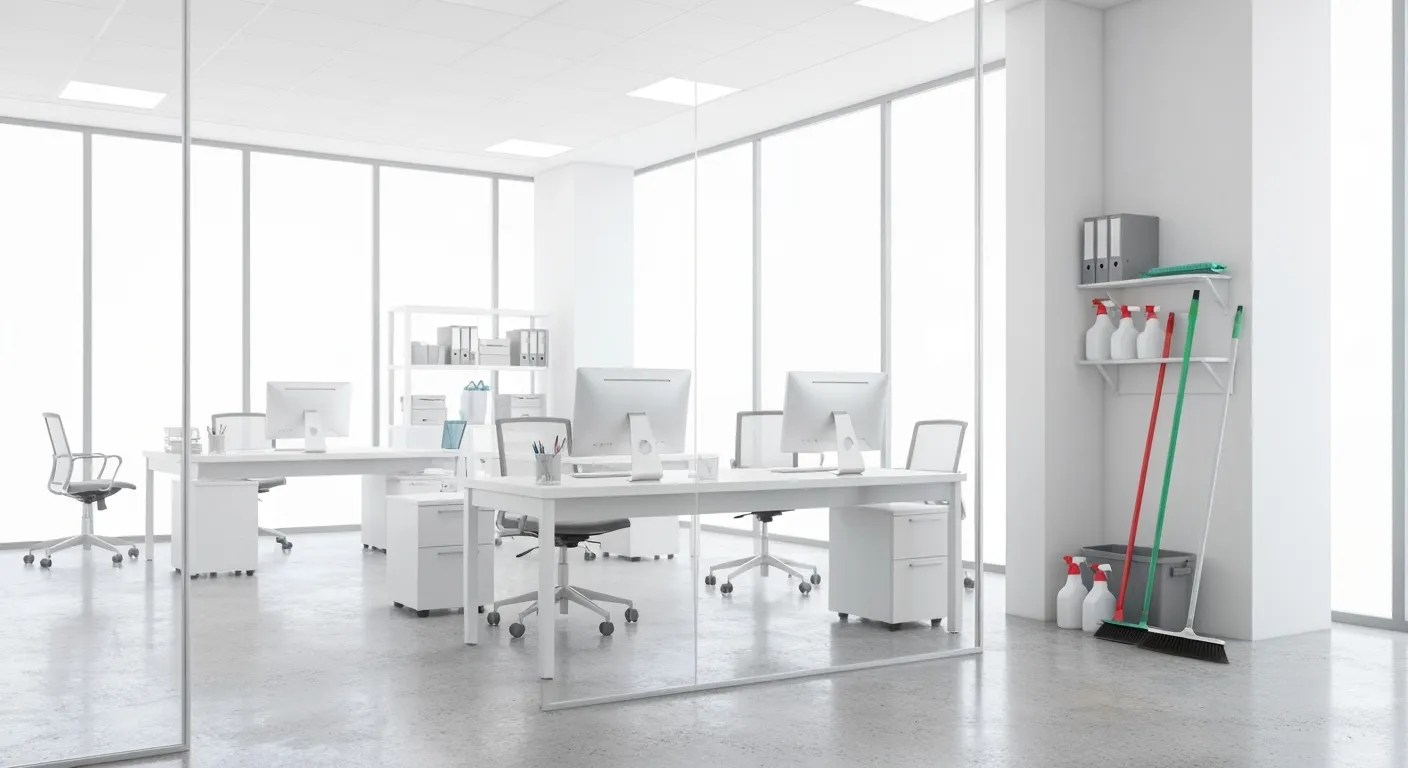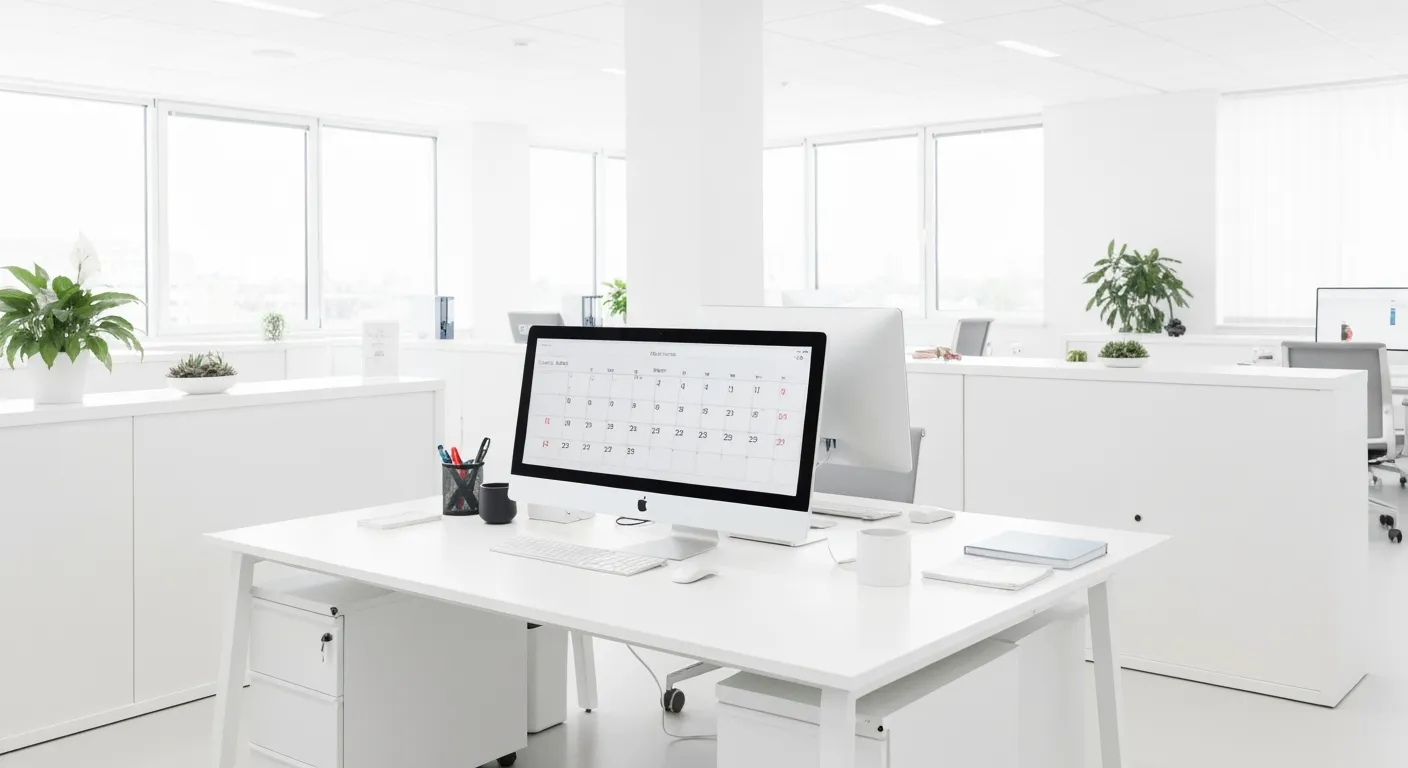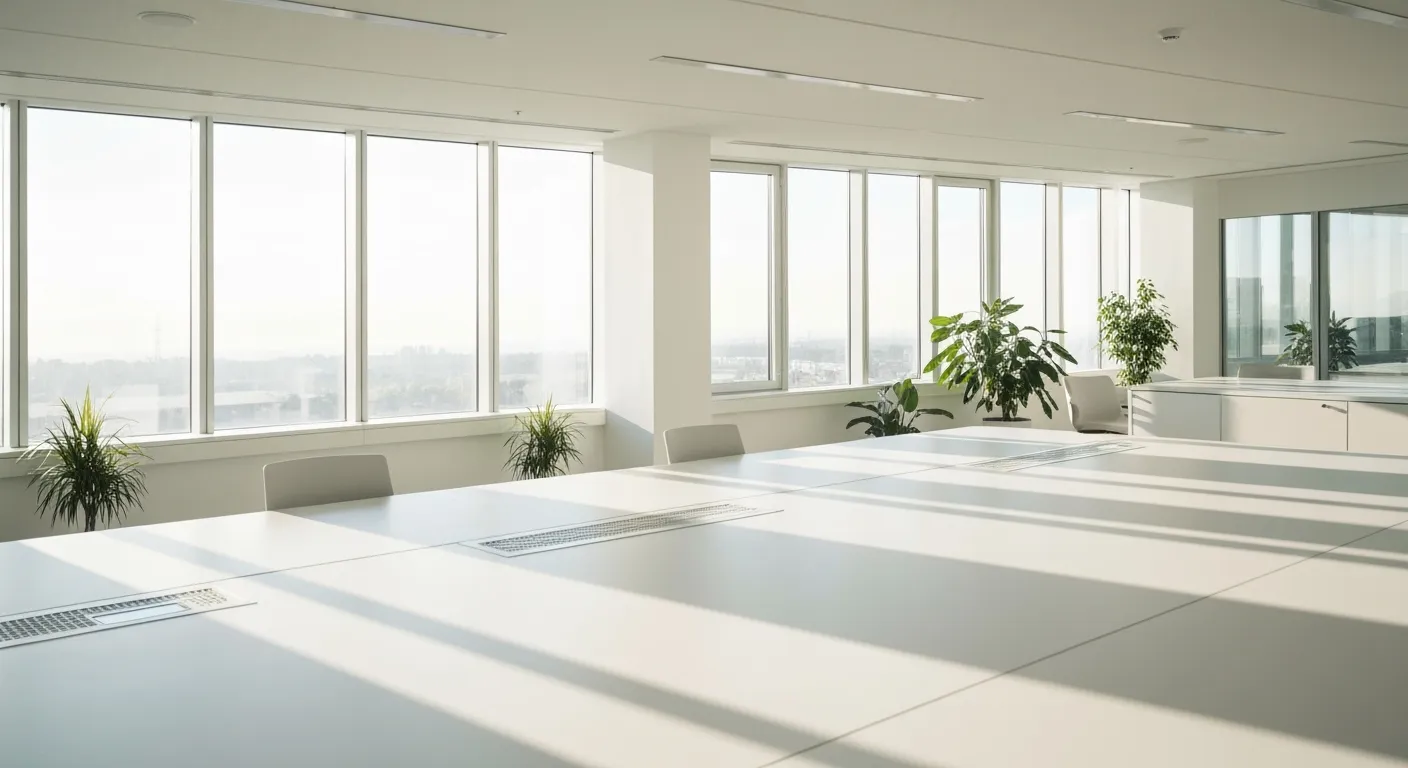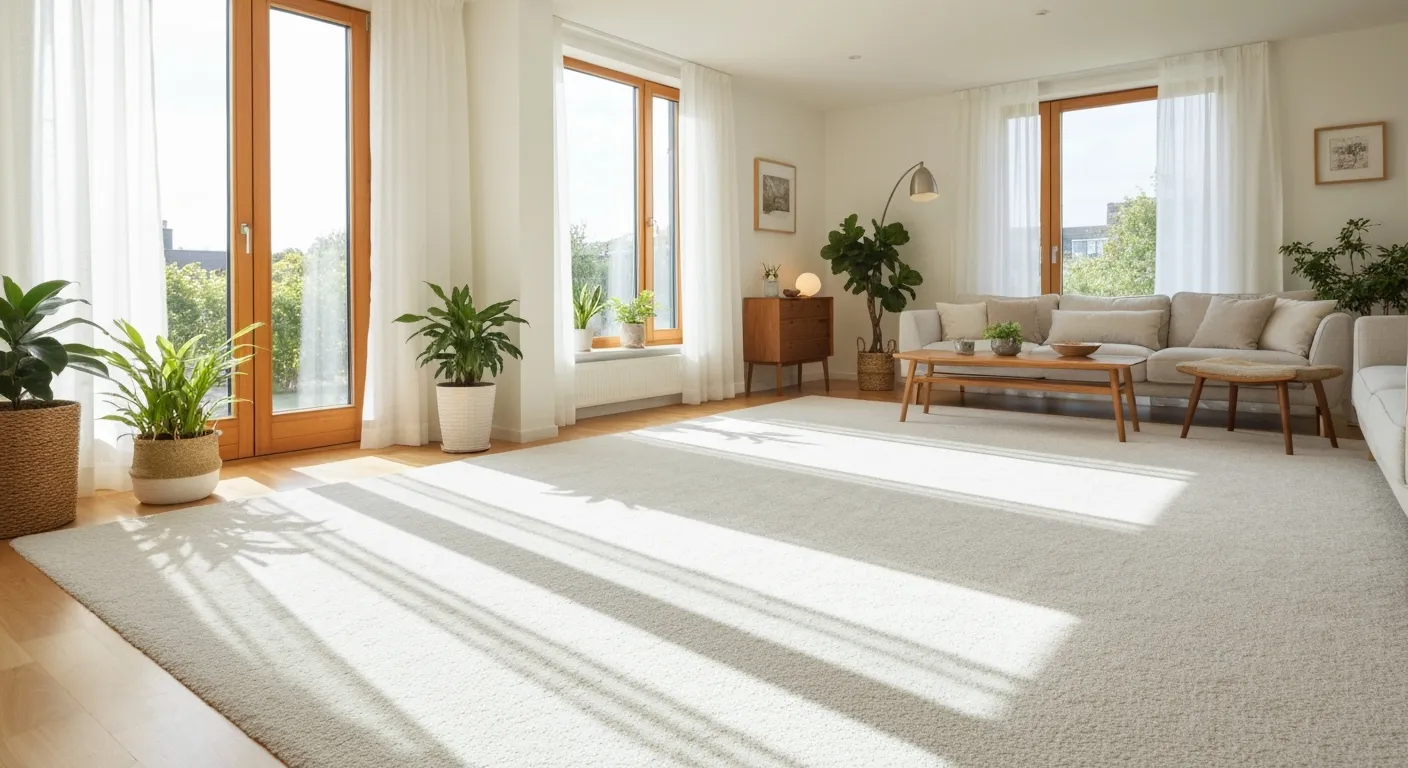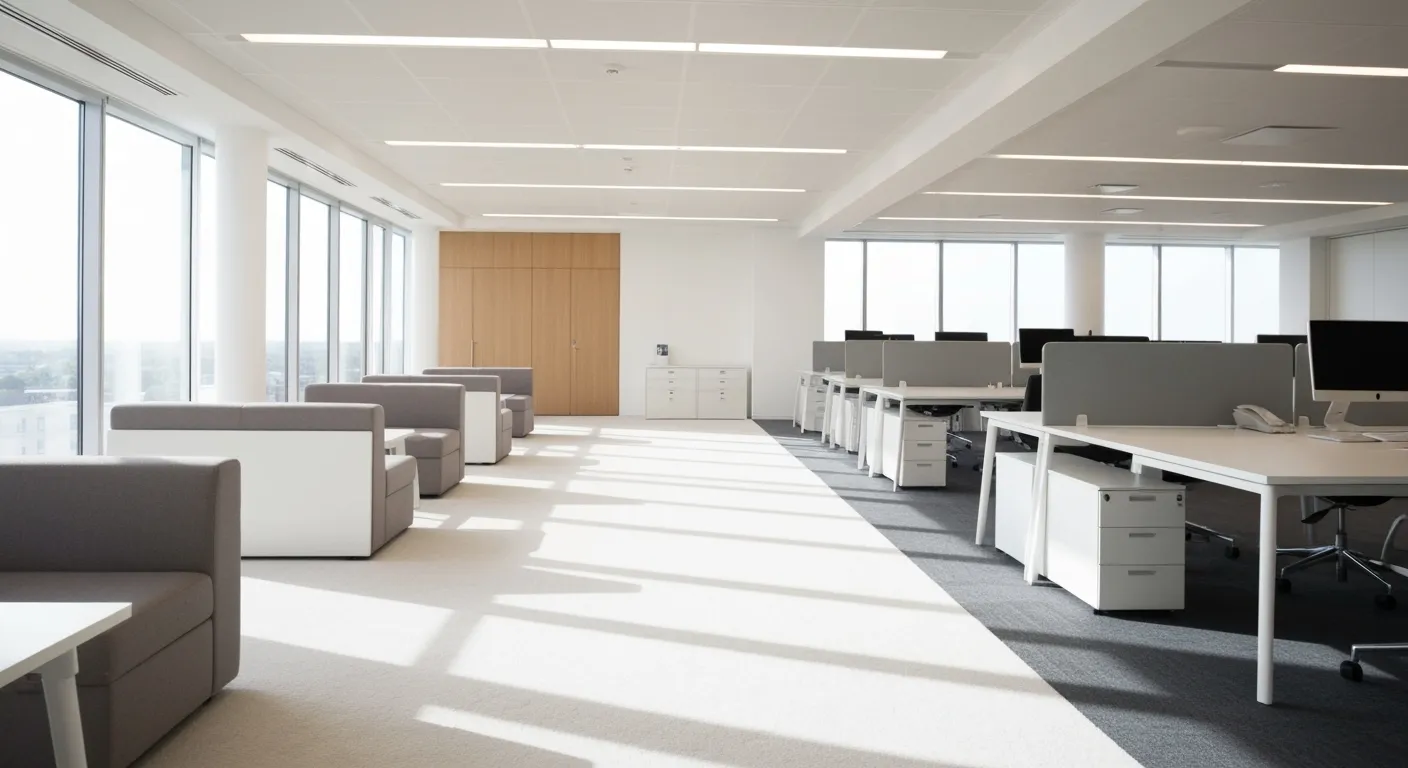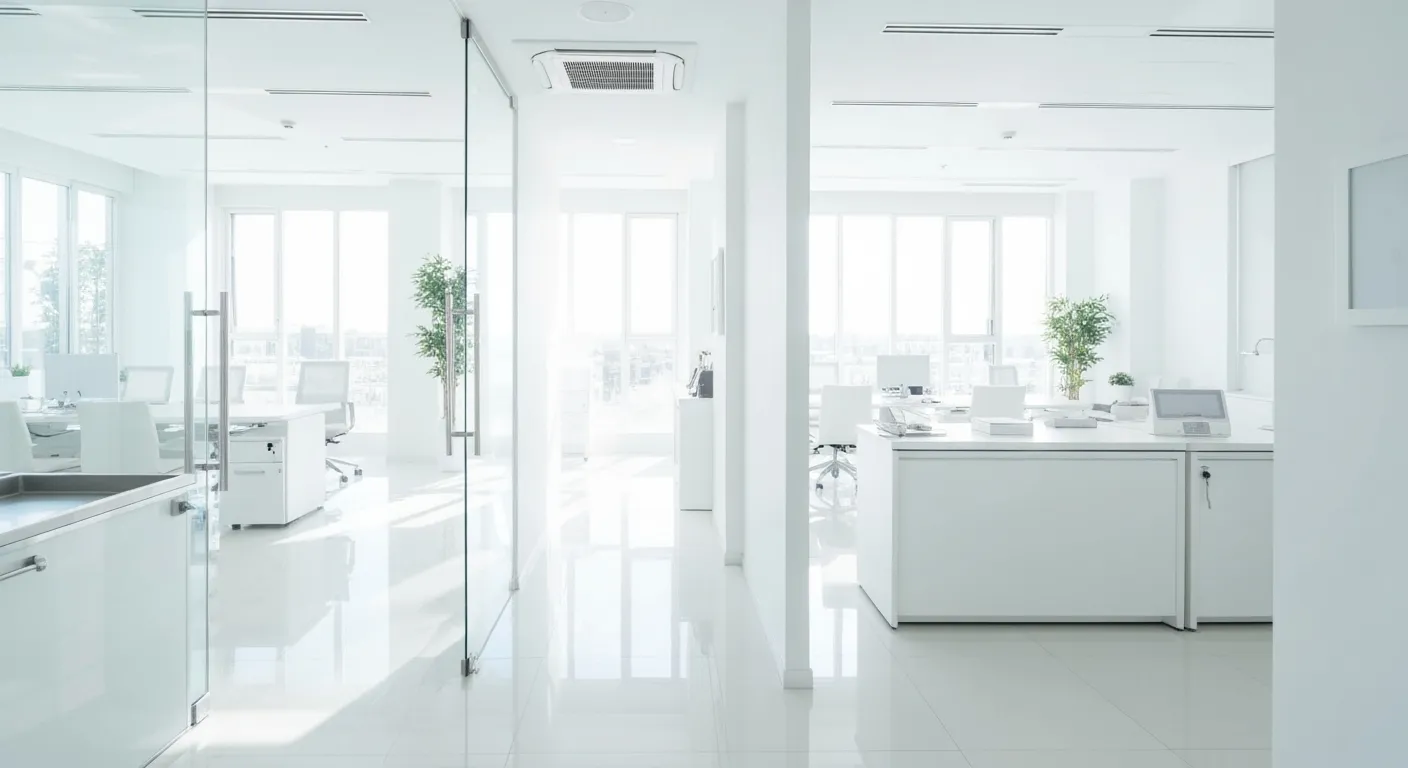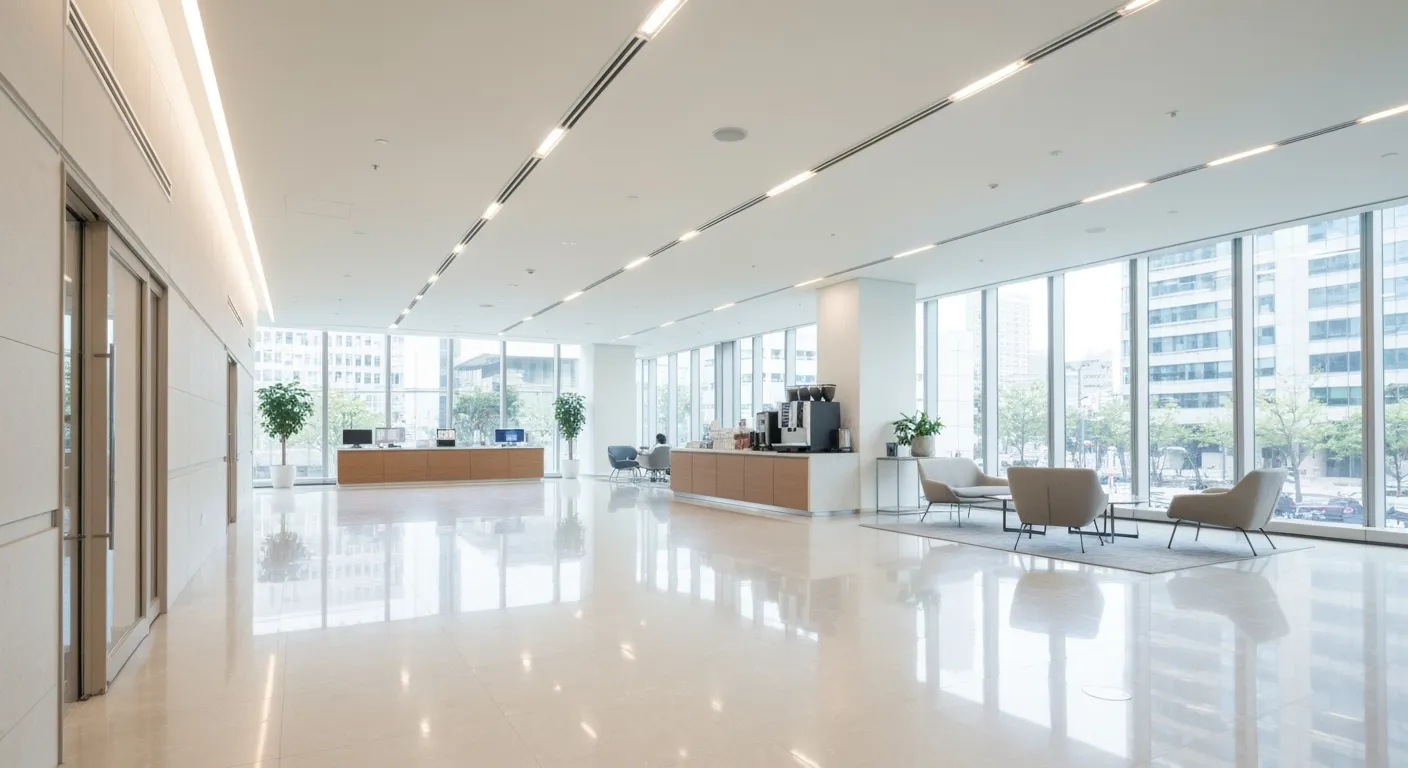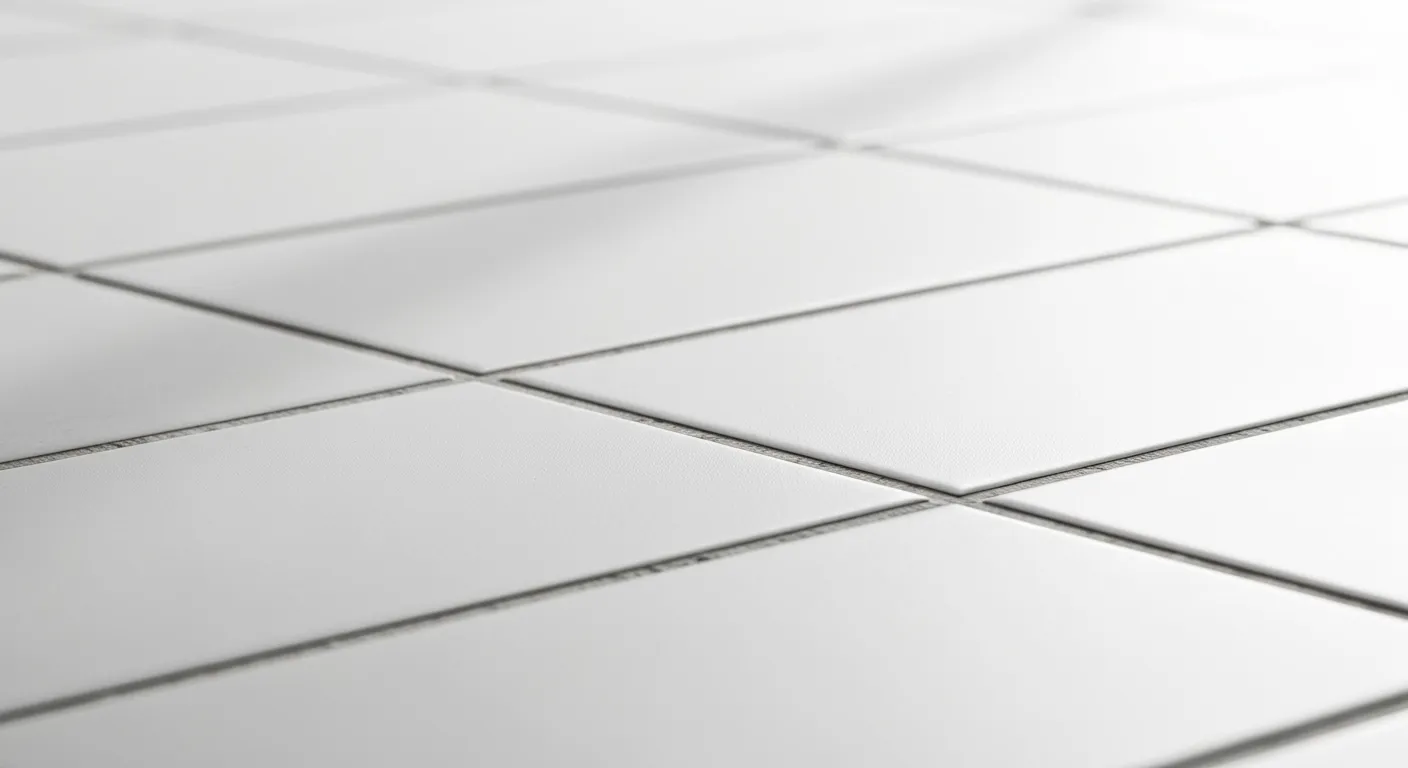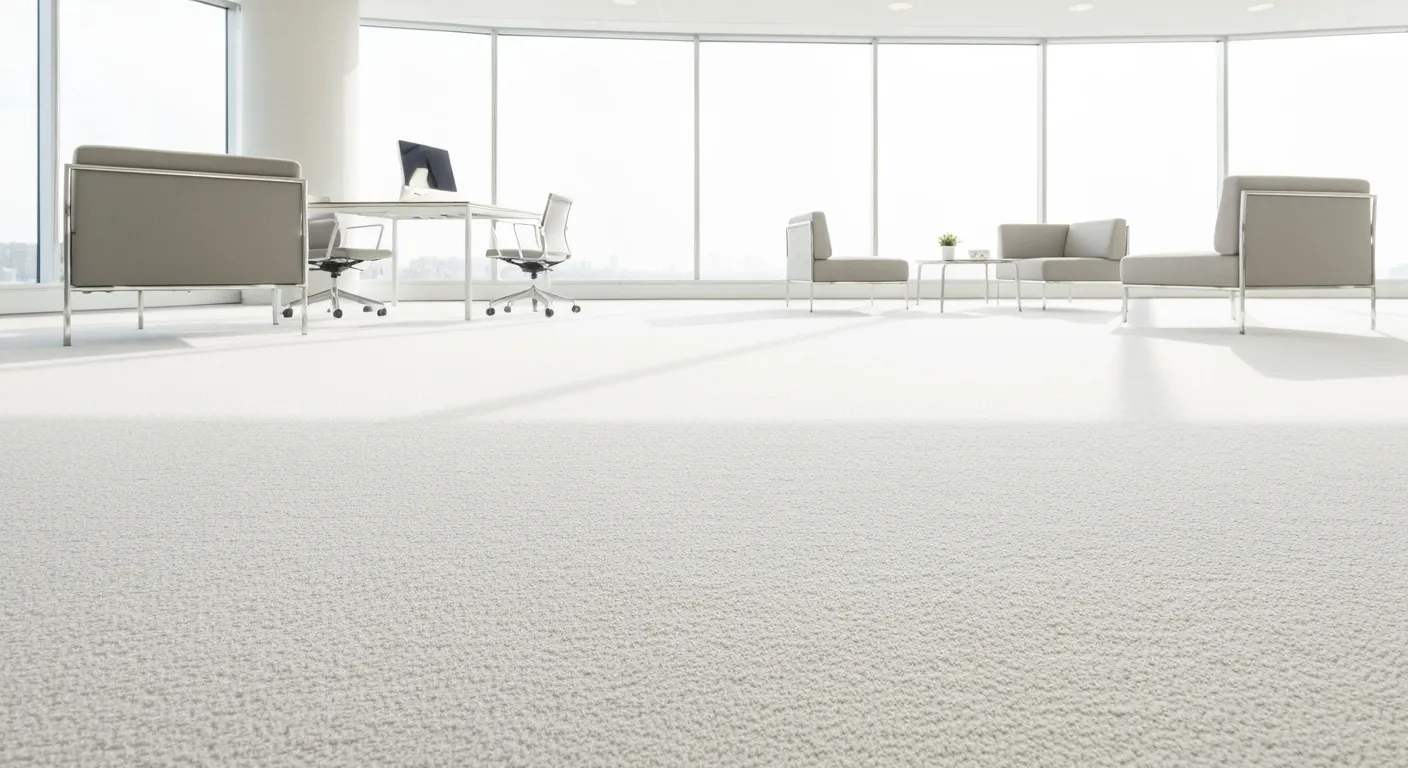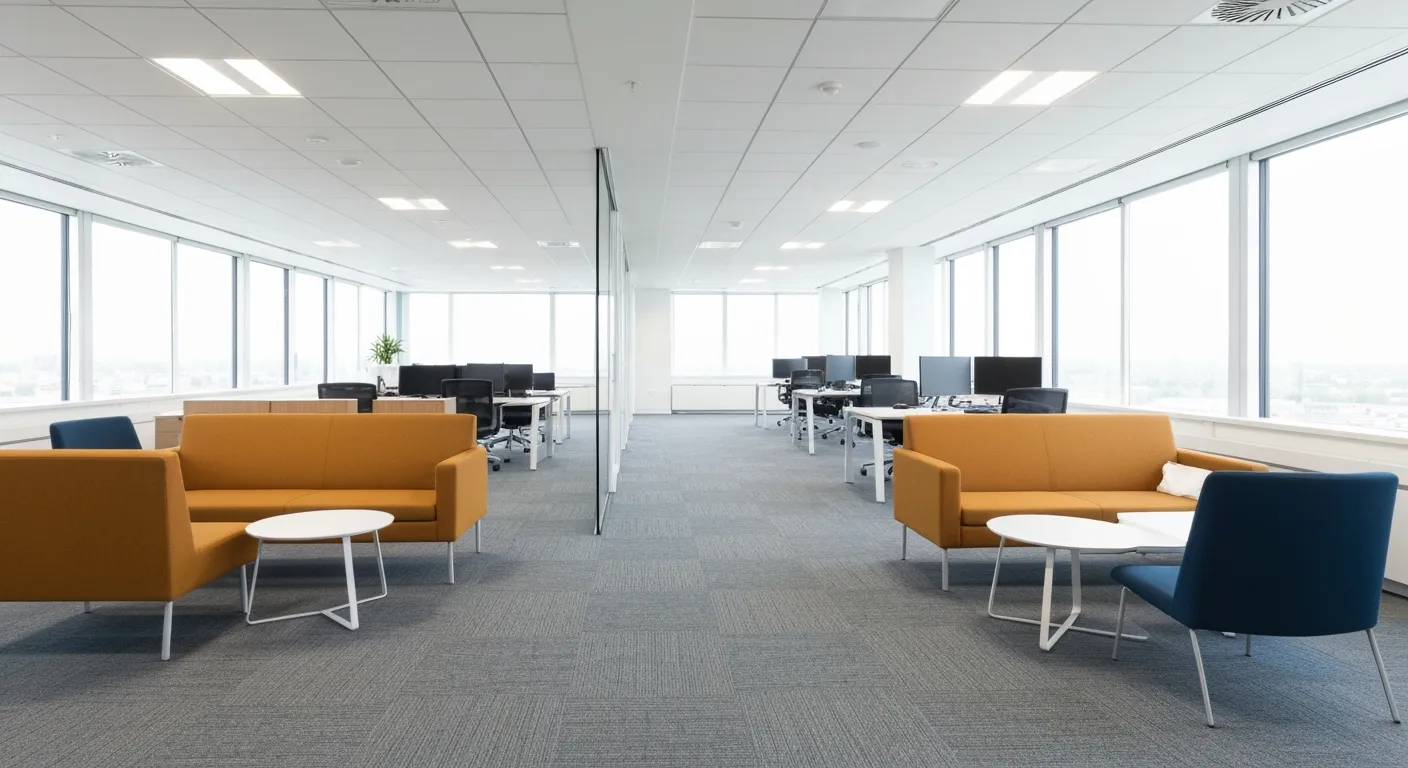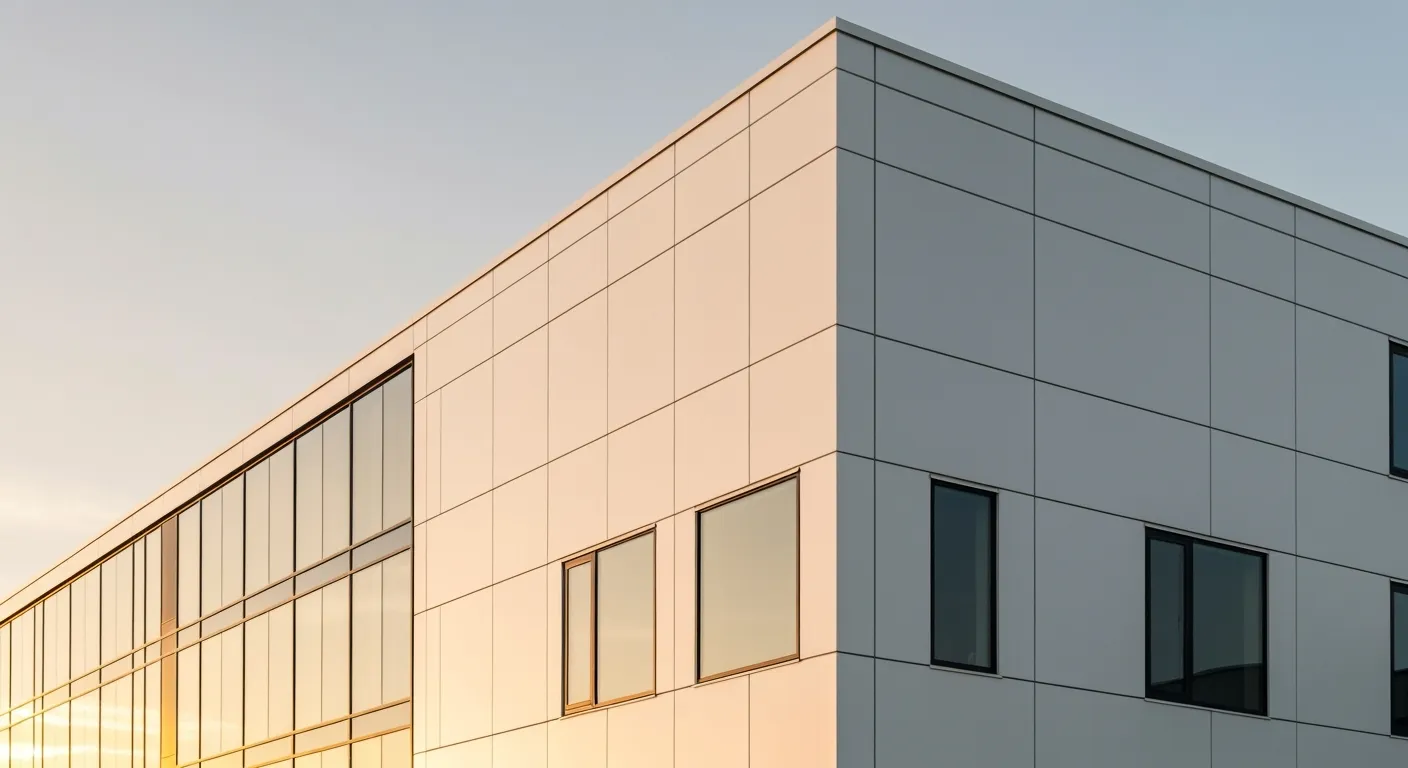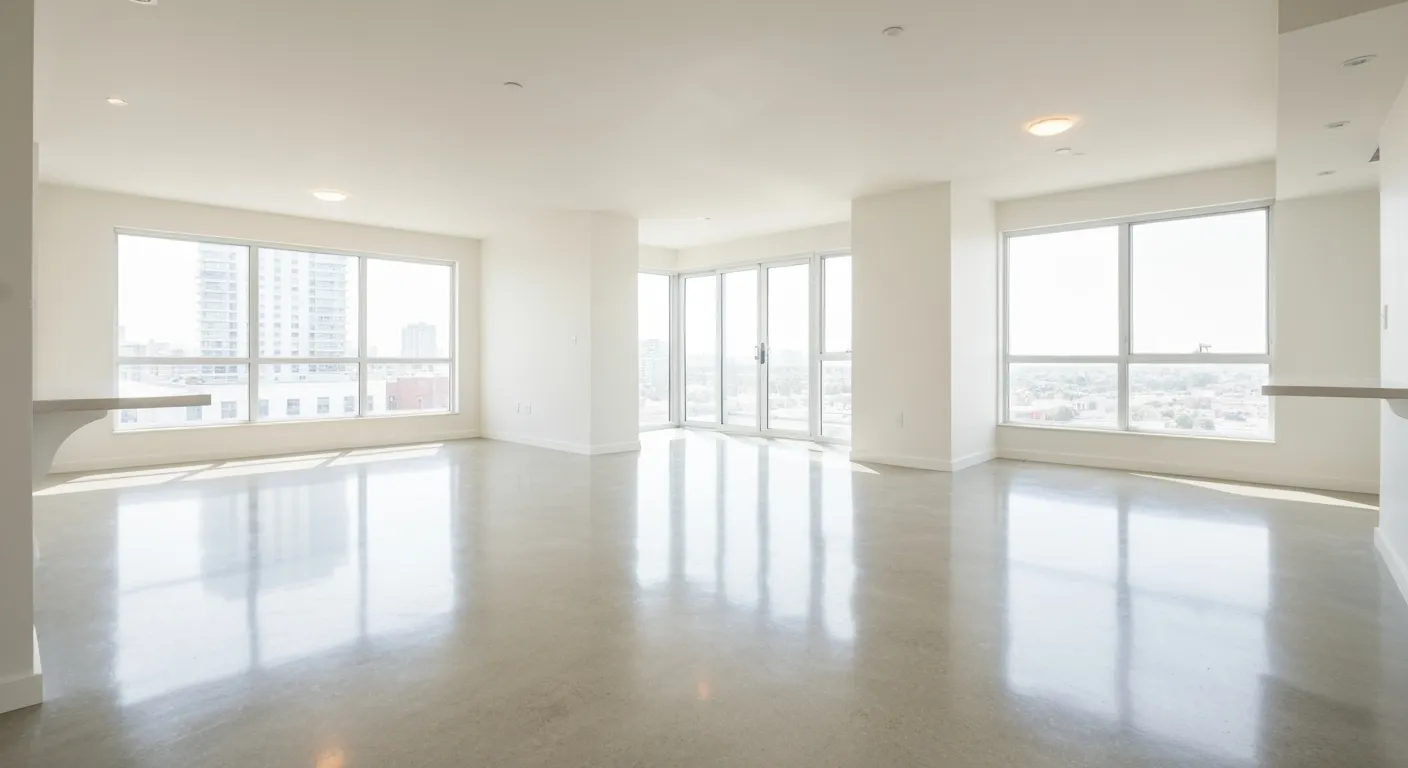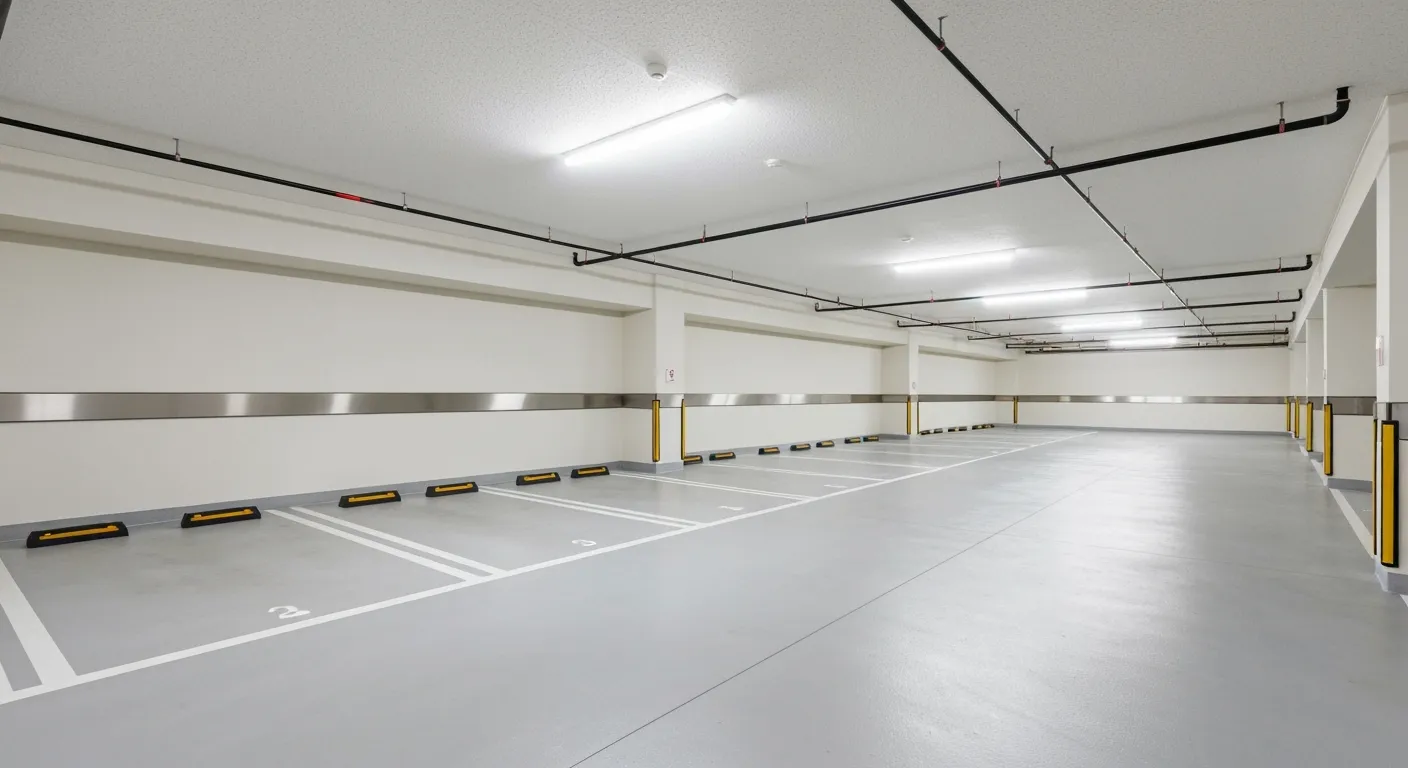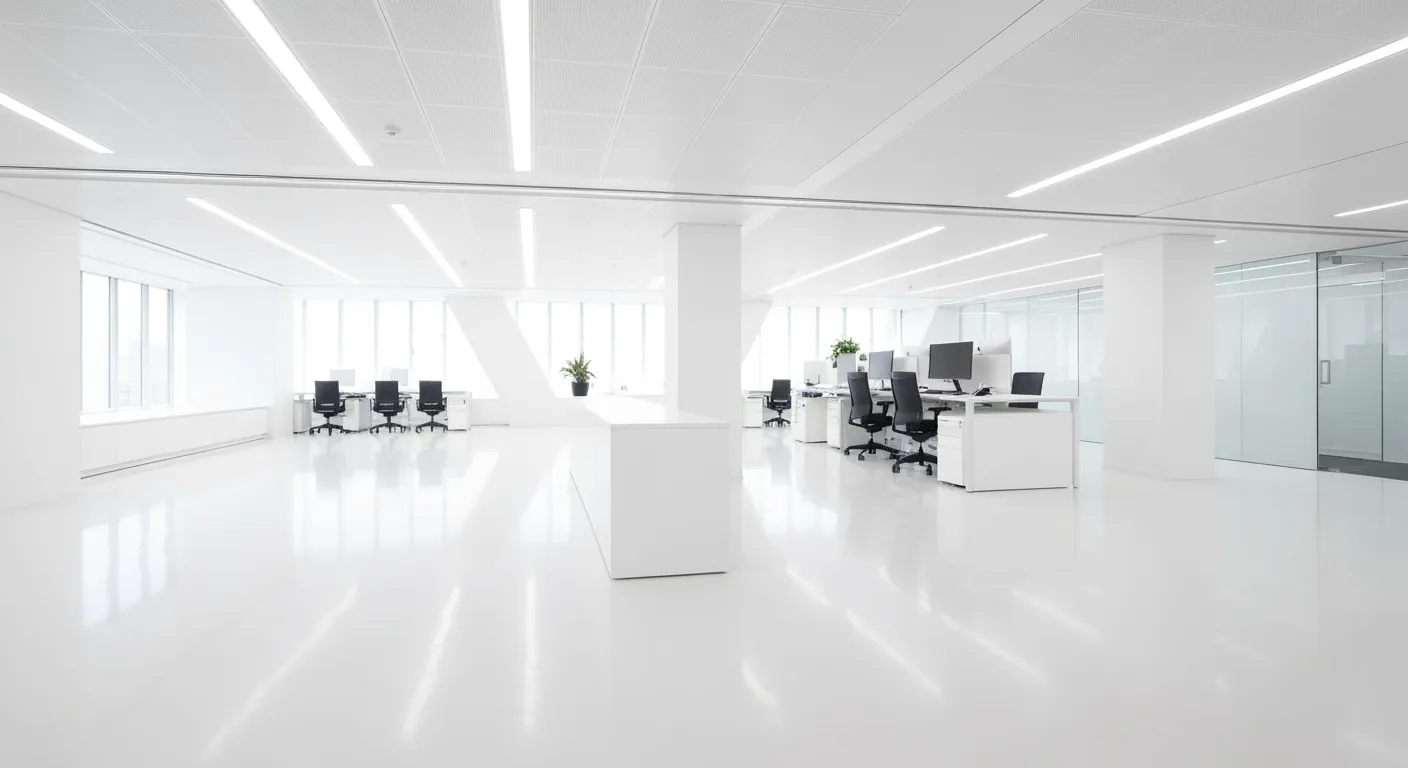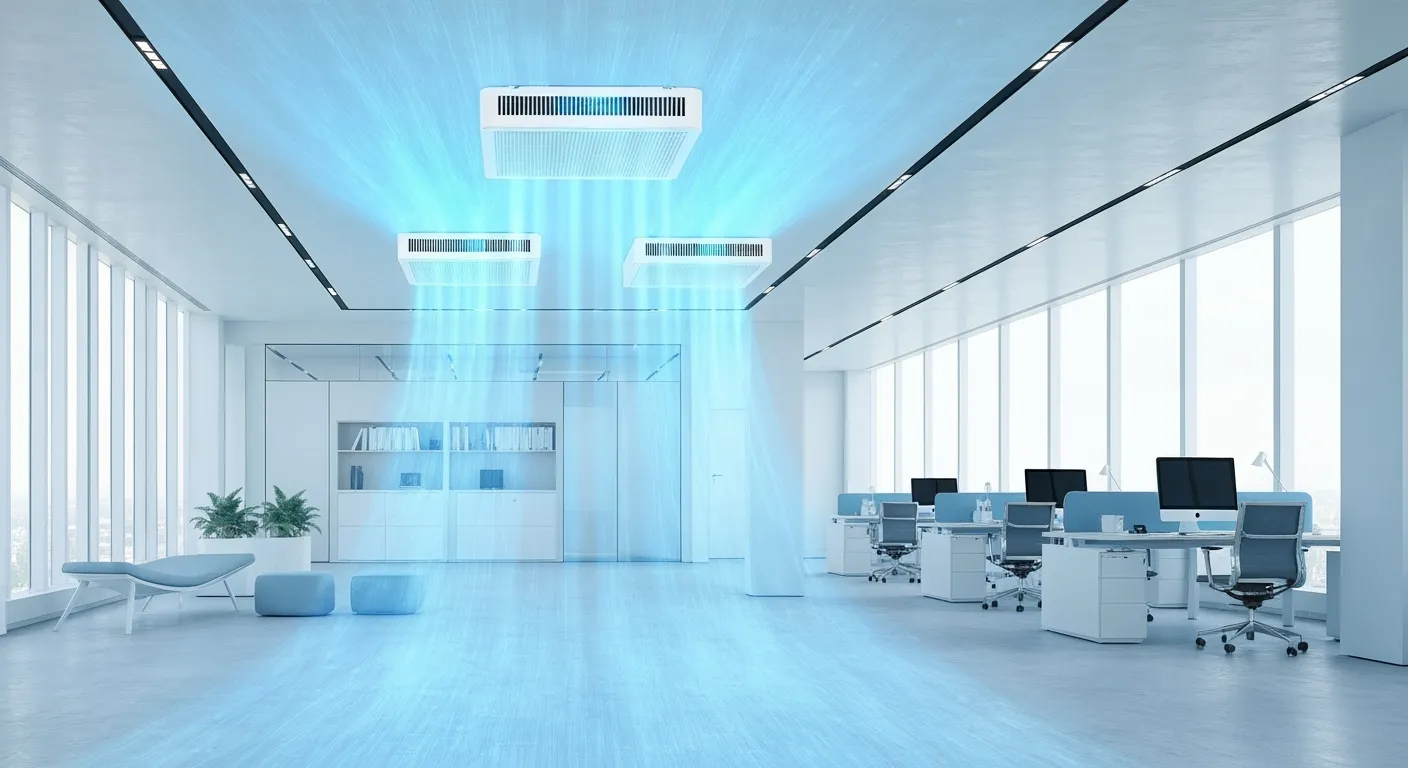Green Cleaning Adoption in Multi-Unit Properties: Stats and Trends

Exploring the Rise of Green Cleaning in Multi-Unit Residential Properties
Green cleaning is rapidly gaining traction across multi-unit residential properties as tenants, property managers, and policymakers increasingly prioritize sustainability and health. This narrative delves into the expanding adoption rates, market dynamics, and developmental trends shaping green cleaning practices, highlighting the environmental, economic, and social implications for urban residential environments. It also addresses the challenges of authentic implementation and the landscape of market growth in natural household cleaners and eco-friendly cleaning technologies, providing a comprehensive overview for stakeholders invested in sustainable multifamily housing solutions.
Current Adoption Rates and Prevalence of Green Cleaning Practices

What are the current adoption rates and prevalence of green cleaning practices in multi-unit residential properties?
Green cleaning practices are becoming more common in multi-unit residential buildings across the country. This increase is driven by a growing awareness among residents and property managers about the benefits of sustainable cleaning methods.
Various initiatives and market trends support this shift. For instance, programs like Fannie Mae’s Multifamily Green Initiative promote eco-friendly upgrades, including the use of green cleaning products and strategies. These efforts encourage property owners and managers to incorporate environmentally friendly practices.
Green certifications such as LEED (Leadership in Energy and Environmental Design) and ENERGY STAR play a role in incentivizing green cleaning adoption. Properties that achieve these certifications often include the use of non-toxic cleaning supplies, which improve indoor air quality and reduce chemical exposure for residents.
The average age of rental housing in the U.S. indicates ample opportunities for retrofitting with green cleaning and energy efficiency measures. Older buildings, in particular, benefit from these upgrades, which can lead to lower utility costs and healthier indoor environments.
Although concrete national data on the exact percentage of multi-unit properties practicing green cleaning is limited, the growing number of sustainable building initiatives and certifications suggests an upward trend. Industry efforts, combined with increasing resident demand, are fueling the expansion of green cleaning practices in multi-family housing.
Overall, while precise figures are scarce, the evidence points to a steady rise in the adoption of environmentally friendly cleaning methods in multi-unit residential properties, making it a noteworthy aspect of sustainable building management.
Emerging Trends and Innovations in Green Cleaning

What recent trends and developments have emerged in green cleaning within the multi-unit residential sector?
The green cleaning landscape in multi-unit residential properties is experiencing dynamic growth driven by technological advancements and shifting consumer preferences. One prominent trend involves the adoption of eco-friendly technologies such as robotic cleaners, Internet of Things (IoT)-enabled devices, and surface imaging systems. These innovations help improve cleaning efficiency while reducing environmental impact.
Another significant development is the increased use of biodegradable cleaning agents. These products are non-toxic, free from harmful chemicals, and often PFAS-free, making them safer for residents and the environment. Innovations like Smart Dosing systems allow for precise application of cleaning chemicals, minimizing waste and ensuring effective sanitation.
Certification efforts are also gaining traction. Many organizations aim for LEED (Leadership in Energy and Environmental Design) certification, which emphasizes sustainability, energy savings, and healthier indoor environments. Achieving such certifications demonstrates a commitment to eco-friendly practices.
Air purification technologies have seen notable advancements as well. Enhanced systems with UV light sanitizers and high-efficiency particulate air (HEPA) filters are increasingly used to address indoor air quality concerns, especially in light of heightened awareness from the pandemic.
Consumer demand is shifting towards natural, chemical-free products. Items containing vinegar, lemon, essential oils, and other organic ingredients are becoming more popular among residents seeking healthier cleaning options. This trend aligns with the broader move toward environmentally conscious and health-focused living.
In summary, recent developments in green cleaning within multi-unit residential properties highlight a combination of technological innovation, eco-friendly product use, certification pursuits, and increased consumer awareness—together fostering a cleaner, safer, and more sustainable living environment.
Statistical Insights on Sustainability and Eco-Friendly Initiatives

What statistical data and insights are available regarding sustainability and eco-friendly cleaning initiatives in multi-unit properties?
Recent research reveals a growing trend towards adopting green cleaning practices in multi-unit residential properties. Data shows an increase in properties implementing eco-friendly cleaning methods, driven by environmental concerns, regulatory pressures, and the accessibility of green cleaning products.
The commercial and residential cleaning services industry in the US is projected to expand substantially, with estimates indicating a growth of USD 37.8 billion from 2025 to 2029, at a compound annual growth rate (CAGR) of 5.9%. This surge is fueled by the rising popularity of multifamily dwellings, demographic shifts toward more rental housing, and strategic collaborations between cleaning providers and property managers.
Globally, the natural household cleaners market was valued at USD 6.97 billion in 2024 and is expected to reach USD 13.28 billion by 2030, growing at an impressive CAGR of 11.3% from 2025 to 2030. Consumer awareness about the health and environmental impacts of chemical cleaning products significantly contributes to this growth.
Regionally, Europe dominated the market with a 33.0% revenue share in 2024, reflecting strong consumer preferences for eco-friendly options due to health and environmental concerns. North America, particularly the US, is also witnessing rapid growth driven by health considerations and regulatory influences.
Among product segments, surface cleaners held the largest revenue share at 55.3% in 2024, with bathroom cleaners leading applications. Kitchen cleaners are anticipated to grow at the fastest rate during the forecast period.
Distribution channels favor supermarkets and hypermarkets; however, online sales channels are expected to experience the highest CAGR, reflecting shifting consumer buying behaviors.
Moreover, in residential markets like Poznań, marketing strategies heavily emphasize greenery and eco-friendly features, with over 84% of property listings highlighting these aspects to attract eco-conscious buyers.
Overall, statistical data underscores an increasing emphasis on sustainability and eco-friendly practices in residential cleaning and property development. These trends not only promote environmental responsibility but also provide economic benefits by attracting tenants and buyers who prioritize green living.
Key Factors Influencing Adoption of Green Cleaning Practices
What factors influence the adoption of green cleaning practices in multi-unit residential settings?
The shift towards green cleaning in multi-unit residential properties is driven by a combination of environmental, regulatory, and social factors. Understanding these influences can shed light on the increasing adoption of eco-friendly cleaning methods.
Firstly, environmental concerns are a major catalyst. As awareness about the harmful effects of chemical-based cleaners grows, residents and property managers seek healthier alternatives that reduce pollutants and minimize ecological impact. This rising consciousness encourages the use of natural and non-toxic cleaning products.
Regulatory pressures also play a significant role. Governments and local authorities implement regulations and standards that promote or require eco-friendly practices. Certification programs and subsidies can further incentivize property managers to adopt green cleaning routines, aligning their operations with legal and societal expectations.
Social awareness and education about health benefits constitute another strong motivation. When residents and staff recognize the advantages of eco-friendly products—such as improved indoor air quality and safety—they are more likely to support and demand sustainable cleaning practices.
Behavioral norms within communities influence the pace of change. As more residents expect cleaner, greener environments, property managers feel increased pressure to meet these expectations. The demand for healthier living spaces encourages managers to incorporate environmentally friendly cleaning methods as part of their standard procedures.
Other factors that support this transition include management commitment, the availability of green cleaning products, and the cost implications. While initial expenses can be higher, the long-term benefits—like reduced health risks and environmental impact—often justify the investment.
In summary, cultural shifts towards environmental stewardship, reinforced by regulatory measures, social influences, and economic considerations, collectively drive the trend of green cleaning in multi-unit residential properties.
Benefits and Barriers of Implementing Green Cleaning
What are the primary benefits and barriers to implementing green cleaning in multi-unit residential buildings?
Implementing green cleaning practices in multi-unit residential buildings brings numerous advantages. One major benefit is improved indoor air quality. Green cleaning products are typically free of harsh chemicals, which reduces pollutants in the air, creating a healthier environment for residents. This is especially vital as residents increasingly seek safer, non-toxic living spaces.
Environmental impact is another critical consideration. Using eco-friendly cleaning products lowers the emission of harmful chemicals and reduces the overall ecological footprint of the building operations. This aligns with broader sustainability initiatives, especially as legislation like New York City’s Climate Mobilization Act and Local Law 97 encourages greener building practices.
Economic benefits include potential cost savings over time. Although initial investments in eco-friendly equipment and products may be higher, green cleaning can lead to reductions in energy and water consumption, translating into long-term savings. Moreover, enhancing occupant safety and satisfaction may boost property value and appeal.
However, there are notable barriers to widespread adoption. The upfront costs for green cleaning products and specialized equipment can be prohibitive, particularly for affordable housing operators with limited budgets. Additionally, staff require training to properly implement green cleaning protocols, which involves time and resources.
Resident awareness and resistance can also pose challenges. Misconceptions about the effectiveness of green products may hinder acceptance. Greenwashing—misleading claims about product eco-friendliness—can further complicate trust and decision-making for property managers.
Retrofit and upgrade expenses represent another obstacle, as older buildings often need modifications to meet green standards. Navigating these financial and logistical hurdles demands strategic planning and stakeholder collaboration.
Despite these challenges, many successful cases highlight that with proper policies, education, and stakeholder engagement, green cleaning practices can be effectively integrated. They lead to healthier living environments and support environmental sustainability goals, benefiting both residents and building operators.
Market Dynamics and Growth Forecasts in Green Cleaning
What are the market dynamics, growth forecasts, and industry analyses related to the adoption of green cleaning in multi-unit properties?
The adoption of green cleaning practices in multi-unit residential properties has been expanding rapidly in recent years. This trend is driven by rising environmental concerns among consumers, stricter regulatory pressures, and a growing availability of eco-friendly cleaning products. Market research indicates a notable increase in properties implementing green cleaning methods, reflecting a shift towards sustainability.
The global market for natural household cleaners was valued at approximately USD 6.97 billion in 2024 and is expected to nearly double to USD 13.28 billion by 2030. This growth corresponds to a Compound Annual Growth Rate (CAGR) of around 11.3% from 2025 to 2030. The U.S. and other North American regions, especially the United States, are experiencing rapid expansion driven by heightened health awareness and regulatory initiatives. Europe leads in revenue share, accounting for 33% of the market in 2024, with environmental and health concerns motivating consumer preferences for eco-friendly products.
Industry players such as Ecolab, Unilever, and Reckitt Benckiser are actively investing in and developing new sustainable cleaning solutions. Their innovations include advanced technologies and strategic partnerships with property management companies, which are essential for scaling green cleaning practices. The commercial sector remains the dominant application area, offering significant opportunities for growth in both residential and commercial multi-unit properties.
Overall, the industry is poised for continued growth, supported by both consumer demand and strategic corporate initiatives. Firms that adopt technological innovations and strengthen their partnerships are well-positioned to capitalize on this expanding market, which promises long-term expansion driven by changing consumer preferences and regulatory landscapes.
Environmental and Energy Efficiency Impacts of Green Cleaning
How do green cleaning practices impact the environment, energy efficiency, and sustainability in urban residential environments?
Green cleaning practices have a positive influence on urban residential settings by promoting healthier and more sustainable living conditions. One of the primary benefits involves the reduction of volatile organic compounds (VOCs). These chemicals, often found in traditional cleaning products, contribute to indoor and outdoor pollution, impacting air quality and environmental health. Eco-friendly cleaning methods significantly minimize VOC emissions, thereby protecting both residents and ecosystems.
Resource conservation is another critical aspect. Green cleaning employs efficient water and energy use, utilizing tools such as steam cleaners and reusable microfiber cloths. These strategies lead to less water wastage and lower energy consumption compared to conventional cleaning solutions, aligning with broader sustainability goals.
Furthermore, eco-conscious products are typically biodegradable, non-toxic, and derived from plant-based ingredients. This not only reduces environmental pollution but also enhances indoor air quality. Improved air quality means healthier living spaces, which can decrease health-related costs and improve residents' overall well-being.
Reducing the carbon footprint is an essential element of sustainable urban environments. Green cleaning practices support this by encouraging responsible waste management and decreasing reliance on disposable, chemical-laden products. Overall, embracing environmentally friendly cleaning practices in multi-unit housing contributes significantly to environmental preservation, energy efficiency, and the creation of healthful, sustainable urban communities.
The Challenge of Greenwashing in Multi-Unit Green Cleaning Adoption

What challenges exist in preventing greenwashing and ensuring genuine adoption of green cleaning practices in multi-unit residential properties?
As the popularity of green cleaning in residential complexes grows, so do concerns about greenwashing—a deceptive marketing practice that promotes products or practices as environmentally friendly without substantial evidence.
One of the main obstacles is verification. Without standardized certifications or labels, it becomes difficult for property managers and residents to confirm whether cleaning products truly meet sustainability criteria. This lack of consistent verification creates opportunities for misleading claims.
Another challenge is knowledge gaps. Many facilities staff and managers lack comprehensive training or awareness of what constitutes a genuinely green product. Misunderstandings about product efficacy and environmental impact can lead to the unintentional use of non-sustainable products, thereby undermining green initiatives.
Resistance to change also plays a role. Staff or management accustomed to traditional cleaning methods may be hesitant to shift to greener alternatives, especially if they doubt the effectiveness or are swayed by marketing tactics that exaggerate environmental benefits.
To combat these issues, the adoption of credible, third-party certifications is crucial. Regular audits and transparent reporting ensure that green claims are valid. Educating stakeholders about environmentally safe practices—such as utilizing electrolyzed water or biodegradable cleaning agents—can foster trust and genuine commitment.
Overall, addressing greenwashing requires a combination of proper verification systems, stakeholder education, and strategic communication to promote authentic green cleaning practices in multi-unit residential settings.
Demographic Shifts and the Rising Demand for Green Cleaning
How has the growth of multifamily dwellings impacted green cleaning adoption?
The rise in multifamily housing developments has significantly contributed to the increase in green cleaning practices. As these buildings become more common, property managers and cleaning service providers are inclining towards eco-friendly methods to meet environmental standards and tenant expectations.
Why are increasing rental properties driving demand for green cleaning?
With demographic shifts leading to more rental and shared living spaces, there is a higher demand for sustainable and health-conscious cleaning solutions. Rental properties attract tenants who prioritize eco-friendly environments, prompting property owners to adopt green cleaning techniques to attract and retain residents.
How does tenant health consciousness influence market trends?
Tenants today are more aware of the health impacts of chemical cleaning products. Concerns over allergies, asthma, and exposure to harmful substances make natural and environmentally friendly cleaning products more appealing. This shift in consumer preference encourages property managers to incorporate green cleaning practices.
What behavioral shifts are influencing green cleaning adoption?
There is a notable behavioral shift among consumers and property managers toward sustainability. People are increasingly choosing eco-friendly products, and rental properties are highlighting green amenities in marketing efforts. This change is driven by a broader societal focus on health, wellness, and environmental sustainability.
What are the market implications of these demographic and behavioral changes?
The growing demand for green cleaning has substantial market implications. The industry is witnessing a steady expansion, with forecasts indicating a significant increase in natural household cleaners and green cleaning services. Providers adopting advanced technologies and forming strategic partnerships are positioned to benefit from this trend. Overall, the shift in demographics and tenant preferences is fostering a more sustainable and health-focused cleaning industry landscape.
Labor Considerations in the Green Cleaning Market
How does the labor-intensive nature of green cleaning impact the industry?
Green cleaning practices often require specialized training and a committed workforce, making the sector highly dependent on skilled labor. This reliance can lead to challenges, especially in maintaining a steady and qualified workforce.
What are the implications of wage fluctuations in the green cleaning sector?
Fluctuations in wages can significantly affect the industry’s stability. As wages fluctuate due to economic conditions, cleaning companies may face increased operational costs or struggle to attract and retain skilled workers.
How important is training for adopting green cleaning methods?
Training is crucial for implementing effective green cleaning techniques. Proper education ensures workers understand the use of environmentally friendly products and technologies, which is vital for maintaining high service standards and compliance with regulations.
What workforce challenges does the green cleaning market face?
The sector faces workforce shortages and wage pressures, driven by the labor-intensive nature of cleaning tasks and the need for specialists familiar with green products. Additionally, high turnover rates can threaten the consistency and quality of cleaning services.
How does workforce dependency influence service quality?
An adequately trained and stable workforce directly impacts service quality. When staffing is insufficient or workers lack proper training, the effectiveness of green cleaning methods can diminish, affecting customer satisfaction.
| Aspect | Impact | Considerations |
|---|---|---|
| Labor Intensity | High reliance on skilled labor | Need for ongoing training programs |
| Wage Fluctuations | Cost variability and staffing challenges | Strategic planning for wage management |
| Training | Ensures effective green cleaning | Investment in employee education |
| Workforce Challenges | Shortages and turnover | Strategies for recruitment and retention |
| Service Quality | Dependent on workforce stability | Focused workforce management |
Understanding these labor factors helps industry players adapt strategies that ensure the consistent delivery of environmentally friendly cleaning services amidst market growth and workforce dynamics.
Retail and Distribution Trends in Natural Household Cleaner Markets
Leading channels for natural household cleaners are evolving rapidly, with supermarkets and hypermarkets solidifying their dominance. In 2024, these brick-and-mortar outlets captured the largest share of sales, driven by their wide product range and consumer trust.
Supermarkets and hypermarkets continue to lead distribution, accounting for over 55% of revenue, particularly in Europe and North America. Their prominence is supported by strategic product placement and extensive shelf space dedicated to eco-friendly options.
Online sales are experiencing the fastest growth rate, with an impressive CAGR forecast of 11.3% from 2025 to 2030. Consumers increasingly prefer purchasing natural cleaners online due to convenience, broader product availability, and detailed product information.
Consumer purchasing behaviors are shifting toward eco-conscious choices influenced by health concerns and environmental awareness. Many buyers now prioritize products that are chemical-free and sustainably sourced, especially in regions like North America and Europe.
Regional differences are notable. Europe, which held a 33% share of the natural cleaners market in 2024, favors eco-friendly products due to heightened environmental standards and consumer preferences. Meanwhile, North America shows rapid growth driven by health consciousness and stricter regulations.
| Channel Type | Market Share (2024) | Growth Outlook (2025-2030) | Notable Factors |
|---|---|---|---|
| Supermarkets/Hypermarkets | 55.3% | Stable, dominated by tradition | Extensive product range, consumer trust |
| Online Sales | N/A | 11.3% CAGR | Convenience, broad selection, detailed info |
| Specialty Stores | Growing | Moderate to high growth | Focused on eco-friendly brands |
As the market expands, brands that innovate in digital marketing and cultivate strategic partnerships are likely to capitalize on the shifting landscape, ensuring they connect efficiently with eco-conscious consumers across various regions.
Regional Market Leadership and Consumer Preferences
Europe's Revenue Dominance in Green Cleaning
In 2024, Europe held the largest share of the natural household cleaners market, accounting for 33.0% of global revenue. This strong position is driven by a high consumer preference for eco-friendly products, motivated by environmental and health concerns. European consumers tend to favor green cleaning options, often opting for products that are safe for their families and the environment.
Growing Market in North America
North America, especially the United States, is experiencing rapid growth in the natural household cleaners sector. This expansion is influenced by increasing awareness of the health risks associated with chemical-based cleaners, along with stricter regulatory pressures encouraging safer, natural alternatives. Consequently, the U.S. market is expected to see significant development over the upcoming years, with innovations and strategic partnerships fueling this growth.
Environmental and Health Concerns Driving Consumer Choices
Across regions, consumers are increasingly aware of the harmful effects of traditional chemical cleaning products. Concerns over indoor air quality, chemical exposure, and overall environmental impact are major factors motivating shift towards natural and green cleaning solutions. This trend is especially noticeable in North America and Europe, where health consciousness influences purchasing behavior.
Preferences for Specific Product Types
Surface cleaners lead the market, with a 55.3% revenue share in 2024. Bathrooms remain the primary application segment, highlighting the high demand for effective cleaning solutions in hygiene-sensitive areas. Meanwhile, kitchen cleaners are anticipated to grow at the fastest rate, driven by the desire for safe, natural options in food preparation zones. Additionally, the online distribution channel is expanding quickly, providing consumers with easier access to eco-friendly cleaning products.
Impact of Regulations
Regulatory environments play a significant role in shaping market trends. Countries with stricter regulations on chemical use in cleaning products tend to have higher adoption rates of natural and green solutions. In North America, regulatory pressures are aligning with consumer preferences, promoting the growth of the natural household cleaners segment.
| Region | Revenue Share / Growth Rate | Main Drivers | Consumer Preferences | Distribution Focus |
|---|---|---|---|---|
| Europe | 33.0% of market in 2024 | Environmental and health concerns, eco-consciousness | Eco-friendly, natural products | Supermarkets, hypermarkets |
| North America | Rapid growth expected | Health concerns, stricter regulations | Safe, chemical-free cleaners | Online channels |
| World | Market value USD 6.97B (2024) | Increasing awareness, demographic shifts | Organic, green cleaning options | Diverse, online focus |
The expanding focus on greener, healthier cleaning options reflects a global shift in consumer behavior, as well as an industry response driven by regulatory and environmental considerations.
Integrating Green Features in Residential Development Marketing
Greenery as a key selling point
In today’s competitive housing market, developers are increasingly emphasizing green spaces as an essential feature of residential properties. According to recent marketing strategies, highlighting lush greenery and environmentally friendly features can significantly attract potential buyers. In Poznań, for instance, 84.5% of property listings prominently feature greenery to appeal to eco-conscious consumers.
Sustainability branding
Developers are also leveraging sustainability branding to differentiate their developments. This involves showcasing features such as energy-efficient appliances, green cleaning options, and eco-friendly building materials. These efforts not only appeal to environmentally aware clients but also position the properties as modern and responsible choices.
Buyer attraction strategies
To tap into the rising demand for sustainable living, developers are adopting targeted marketing approaches. Emphasizing health benefits, lower utility costs, and eco-friendly lifestyles resonate well, especially with demographics shifting towards rental and multifamily dwellings. Incorporating testimonials and certifications further strengthens credibility.
Residential developer initiatives
Many developers are partnering with green cleaning product companies and environmental organizations to promote their eco-friendly initiatives. These collaborations serve to enhance the image of their developments, illustrating a commitment to sustainability and health-conscious living.
Market differentiation
In a market flooded with options, highlighting green features helps properties stand out. Differentiation through eco-friendly attributes appeals directly to the growing consumer segment seeking healthier, environmentally safe homes. This strategic focus can boost sales and foster community loyalty.
| Aspect | Focus Area | Impact |
|---|---|---|
| Greenery | Being a key asset | Attracts eco-conscious buyers |
| Branding | Sustainability | Differentiates properties |
| Marketing | Buyer engagement | Increased interest and sales |
| Developer efforts | Green partnerships | Enhances market reputation |
Sustaining Momentum: The Future of Green Cleaning in Multi-Unit Residential Properties
The shift toward green cleaning in multi-unit residential properties reflects an evolving commitment to healthier living environments and sustainable urban development. With strong growth forecasts, expanding innovation, and increasing tenant demand, the adoption of eco-friendly cleaning practices is set to deepen. Challenges such as greenwashing and labor market complexities remain, but industry collaboration, effective policy frameworks, and consumer education are pivotal to overcoming these hurdles. As multi-family housing continues to integrate green features into design and operations, green cleaning will play an essential role in delivering environmental benefits and elevating residents' quality of life. This progress signals a promising path toward sustainability in urban residential communities globally.
References
- An Analysis of U.S. Multi-Family Housing, Eco-Certifications ...
- US Commercial And Residential Cleaning Services Market Analysis ...
- Natural Household Cleaners Market | Industry Report, 2030
- Potential nature-based solutions and greenwashing to generate ...
- Green Cleaning Policy and Program Plan - NYU
- Sustainability in Multifamily Buildings Balancing Benefits ...
- Top Challenges of Adopting Green Cleaning in Facilities


